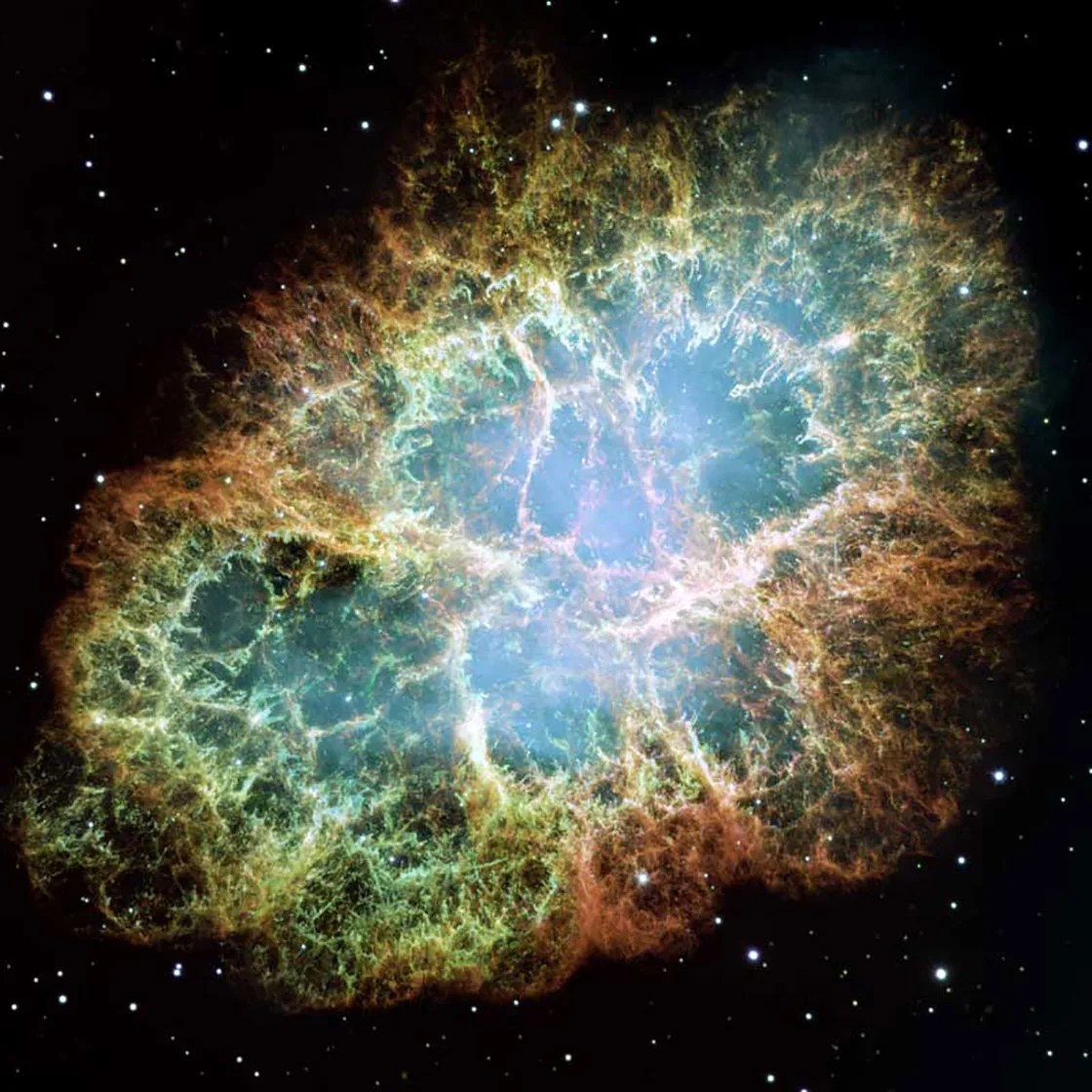Hubble's Messier Catalog
The objects in Charles Messier’s catalog are nice targets for backyard astronomers with a pair of binoculars or a small telescope and a relatively dark sky.
Quick Facts
Overview
The Messier catalog, begun by astronomer Charles Messier in the 18th Century and revised over the years, includes some of the most fascinating astronomical objects that can be observed from Earth’s Northern Hemisphere. Among them are deep-sky objects that can be viewed in stunning detail using larger telescopes but are also bright enough to be seen through a small telescope. This characteristic makes Messier objects extremely popular targets for amateur astronomers possessing all levels of experience and equipment. They are so popular, in fact, that they have inspired a special award from the Astronomical League (an organization for amateur astronomers) given to observers who are able to spot each of these objects. Those who succeed receive a certificate and are given the distinction of being in the Messier Club.

While the Hubble Space Telescope has not produced images of every object in the Messier catalog, it has observed 96 of the 110 total as of June 2018, 87 of those observations were processed into the images below. Some of Hubble's photographs offer views of a given object in its entirety, but many focus on specific areas of interest. While Hubble is able to magnify objects very effectively, it has a relatively small field of view. This means that, in some cases, Hubble would need to take many exposures to capture an entire object. Although this is not always an efficient use of its time, as is the case for the widely spaced “open” star clusters in the Messier catalog, many exposures are taken when the scientific value justifies the time spent. One of these objects is the Andromeda galaxy (designated M31 in Messier’s catalog). In order to create a mosaic image that depicts almost half of Andromeda, Hubble has taken nearly 7,400 exposures of the galaxy.
Unlike a digital camera that takes a single photograph in red, green and blue light to create a single full-color image, Hubble takes monochrome images at specific wavelengths of light. These specific wavelengths can reveal characteristics of an object that are of scientific interest, such as the presence of a particular chemical element. Multiple observations at different wavelengths can be combined to form a single image that reveals all of these characteristics at once but doesn’t necessarily contain the full spectrum of visible light. In those cases, colors are assigned to each wavelength to highlight the different characteristics, offering a deeper understanding of the object’s properties.
Additionally, Hubble is equipped to take infrared and ultraviolet images, which can reveal information that cannot be obtained using only visible light. Because infrared and ultraviolet light are not visible to human eyes, these images need to be processed in such a way that makes them meaningful to observers. This is done by assigning colors that humans can perceive to the wavelengths that they cannot.
Whether their tool of choice is a sophisticated ground-based telescope, a decent pair of binoculars, or simply their naked eyes, observers hunting for Messier objects can use the data gathered from Hubble’s spectacular images to deepen their understanding of these 110 highlights of the night sky as they carry on the tradition of amateur astronomy.
The following pages contain some of the best images from Hubble’s Messier catalog taken thus far.
History
Charles Messier
Charles Messier (1730–1817) was a French astronomer best known for his "Catalog of Nebulae and Star Clusters."
An avid comet-hunter, Messier compiled a catalog of deep-sky objects in order to help prevent other comet enthusiasts from wasting their time studying objects that were not comets.
Read more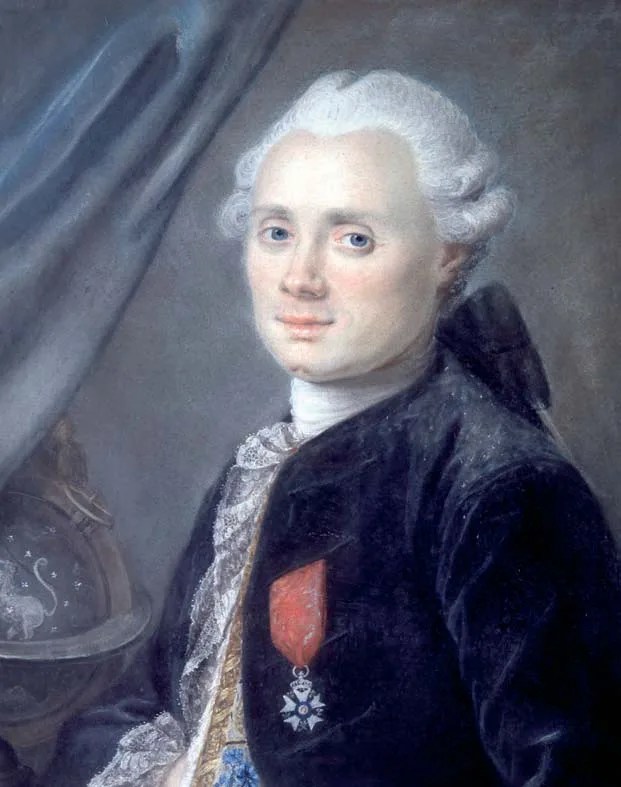
Hubble's Messier Catalog
Use Hubble's images to help guide your exploration of the Messier catalog.

Messier 1 (The Crab Nebula)
Better known as the Crab Nebula, Charles Messier originally mistook Messier 1 for Halley’s Comet, which inspired him to create…
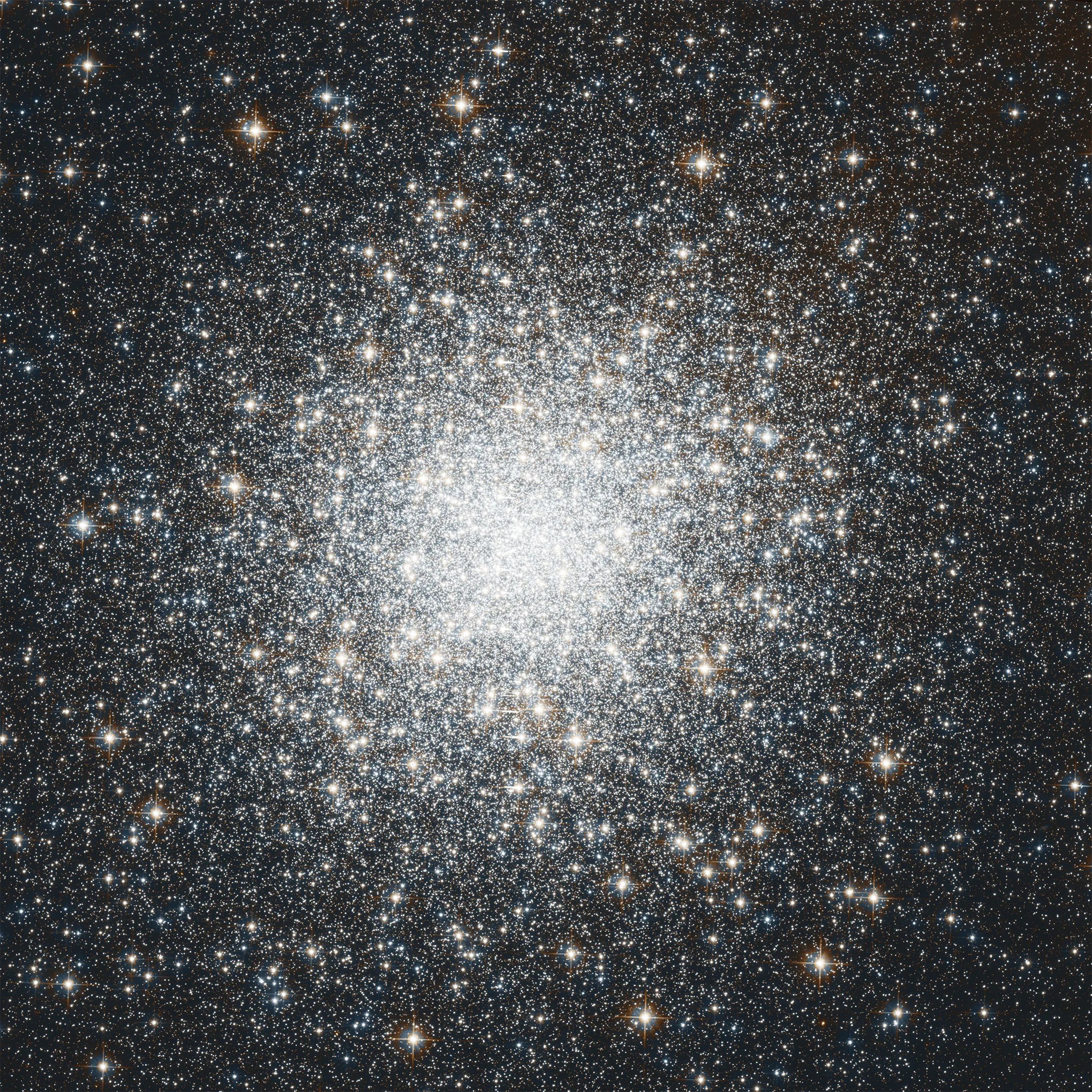
Messier 2
Hubble's image of Messier 2 is comprised of visible and infrared wavelengths of light.
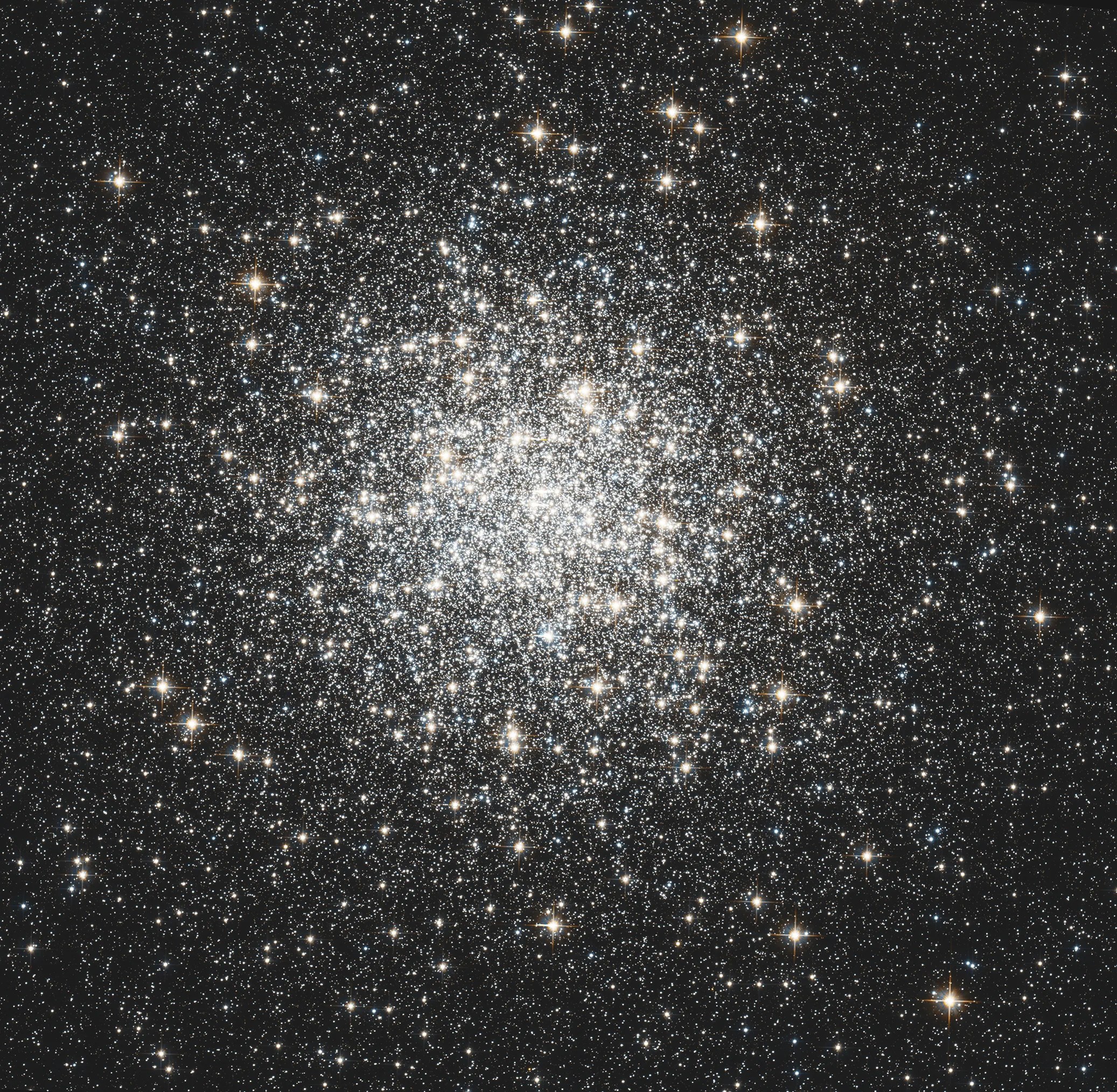
Messier 3
Messier 3 holds more than 500,000 stars.
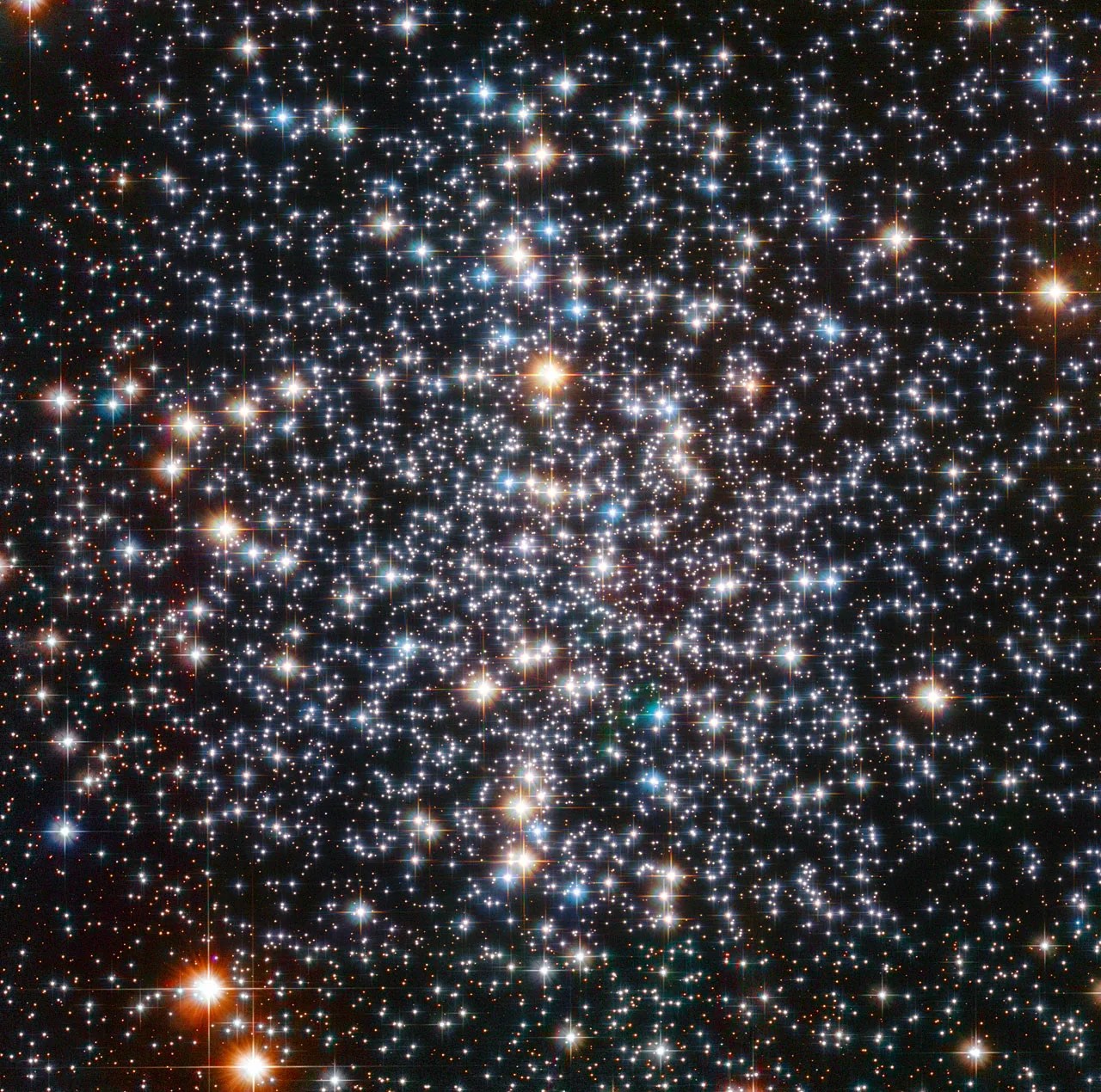
Messier 4
Use the bright star, Antares, to help you find Messier 4.
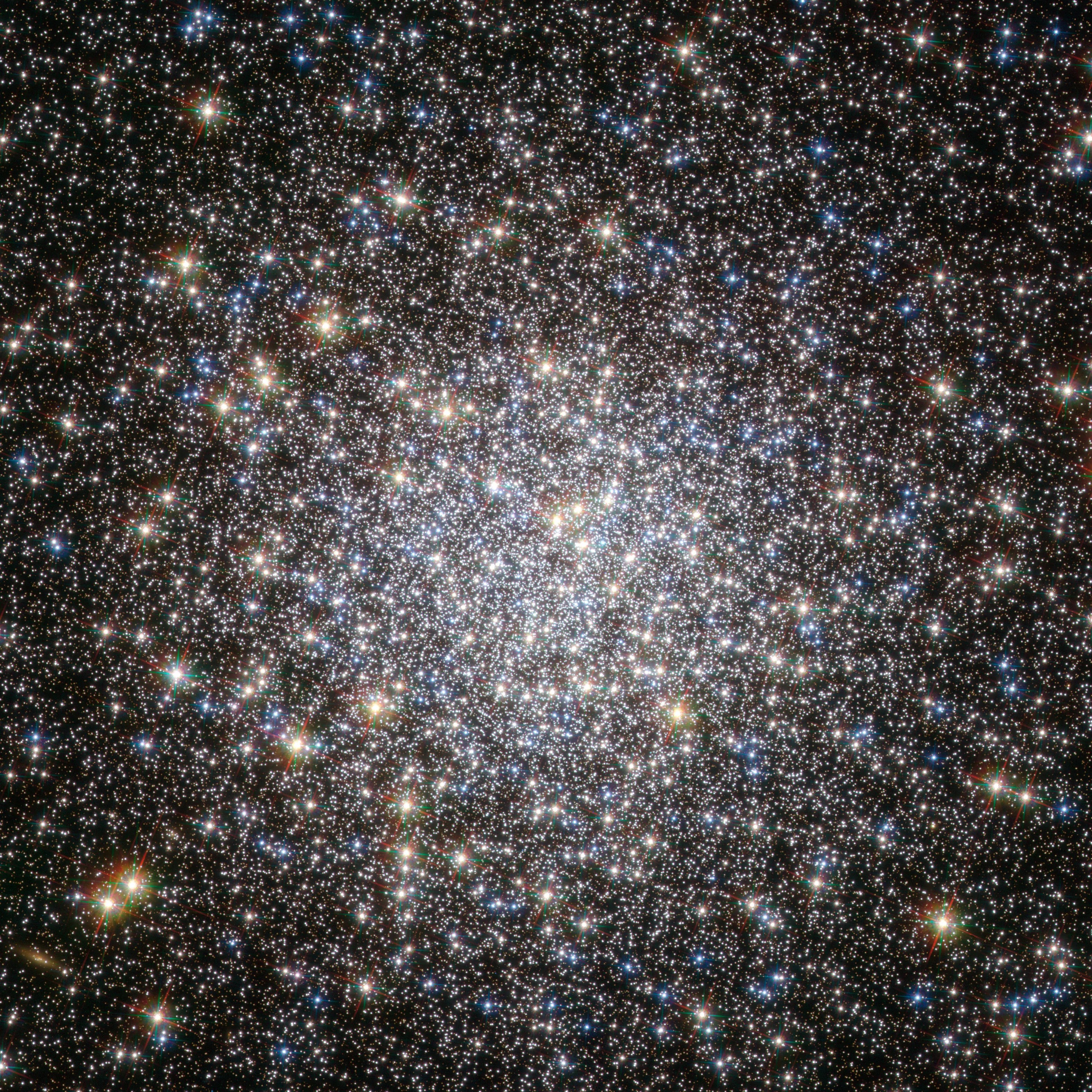
Messier 5
Messier 5’s stars formed more than 12 billion years ago.
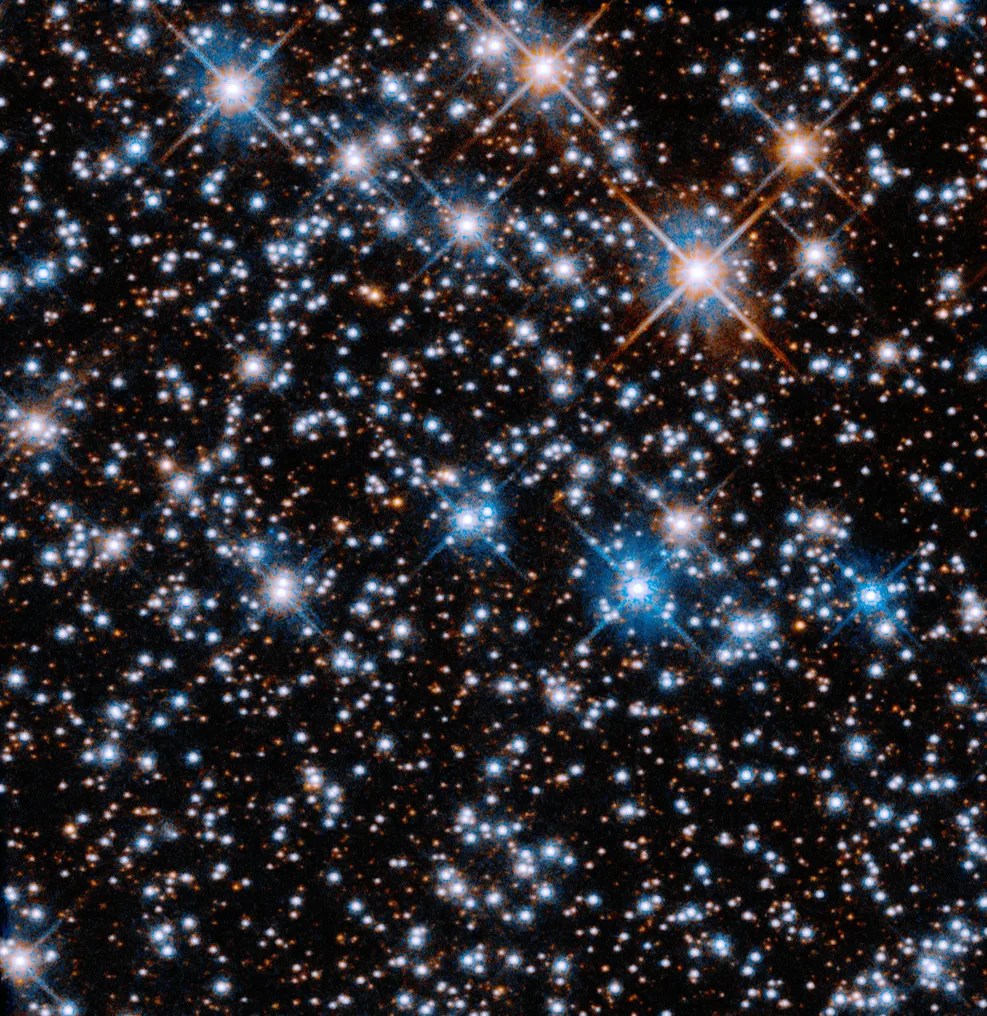
Messier 7
This open cluster is the southernmost object in Messier's catalog.
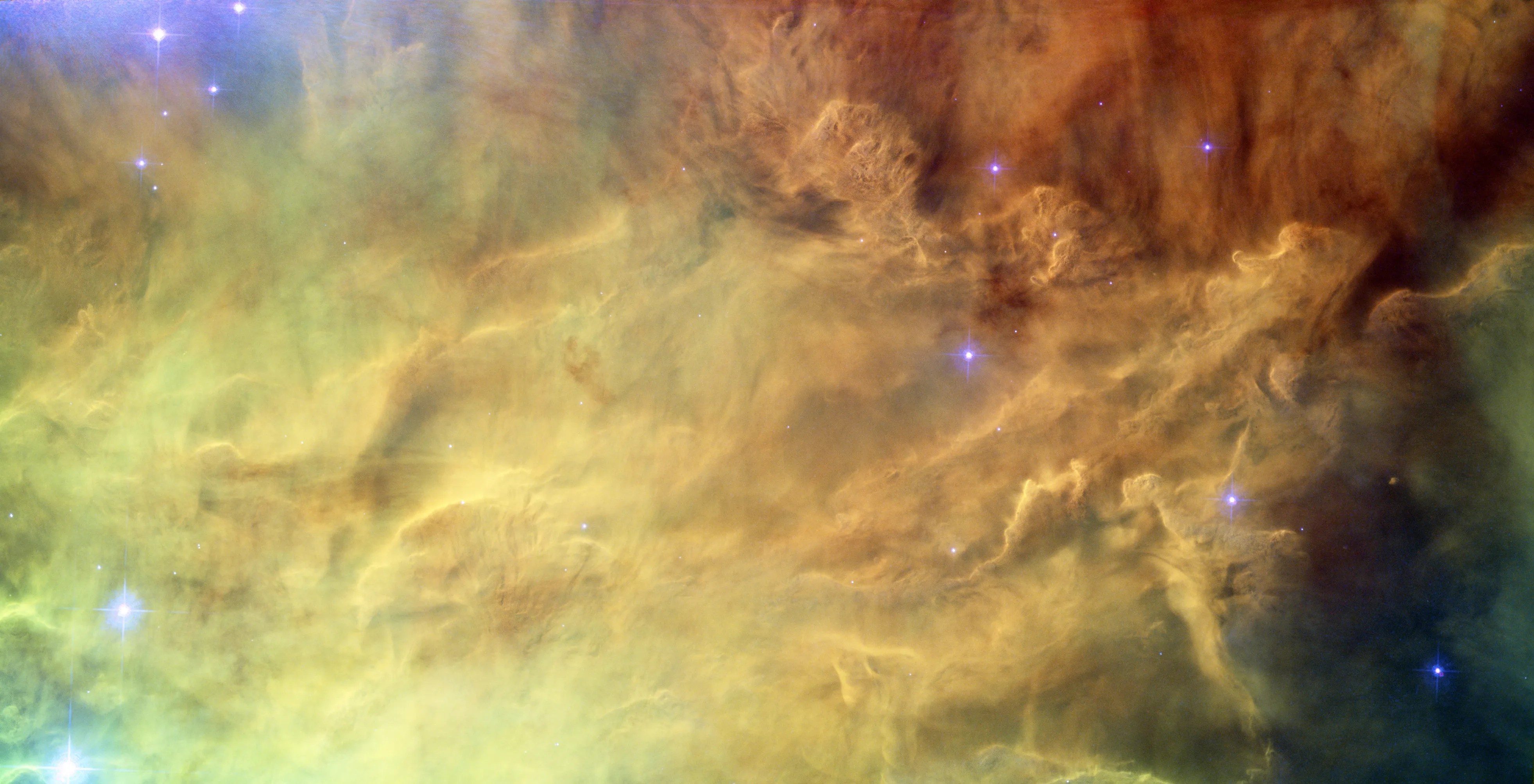
Messier 8 (The Lagoon Nebula)
Famously known as the Lagoon Nebula, Messier 8 shines by the ionizing ultraviolet radiation of its embedded young stars.
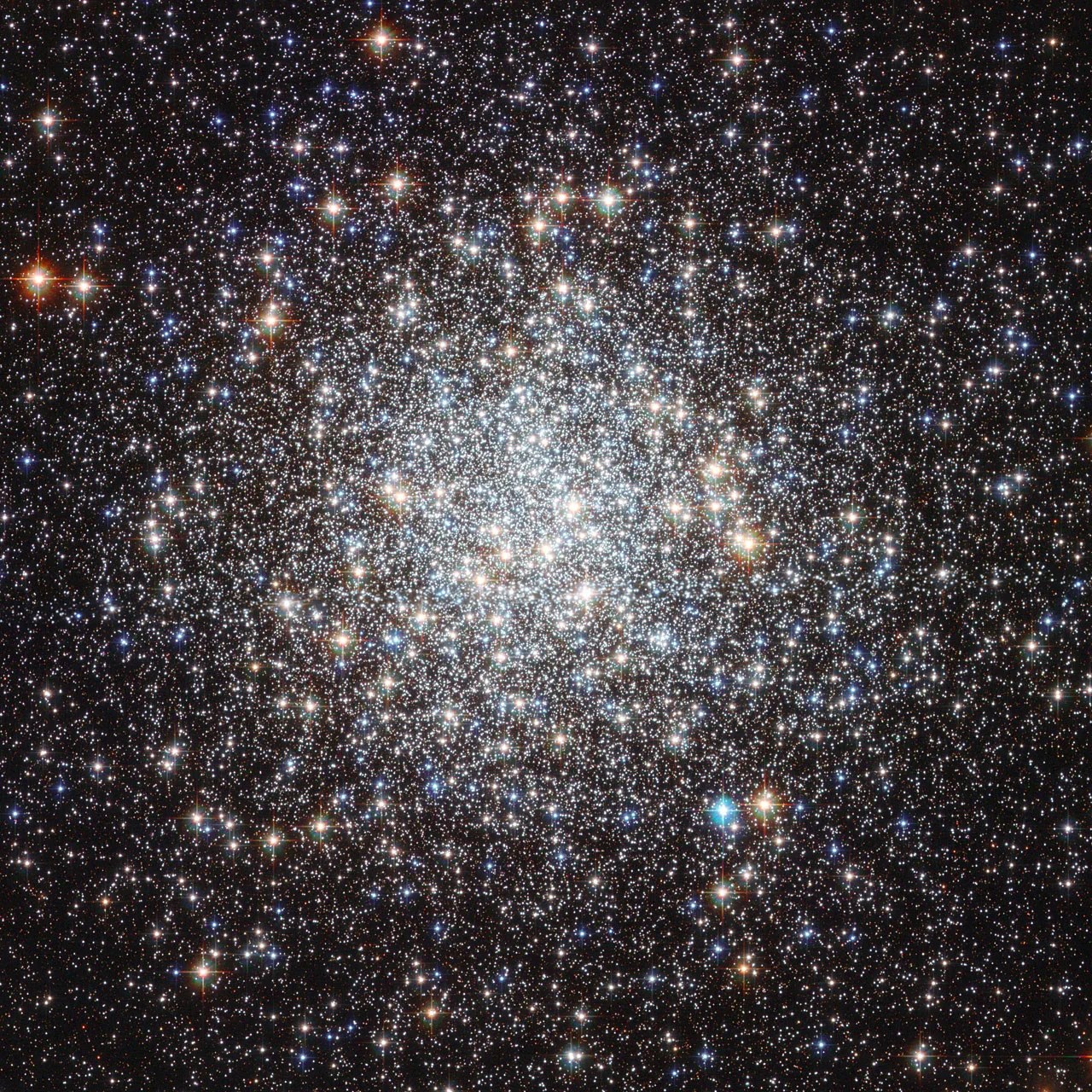
Messier 9
Messier 9 is the one of the closest globular clusters to the center of our Milky Way galaxy.
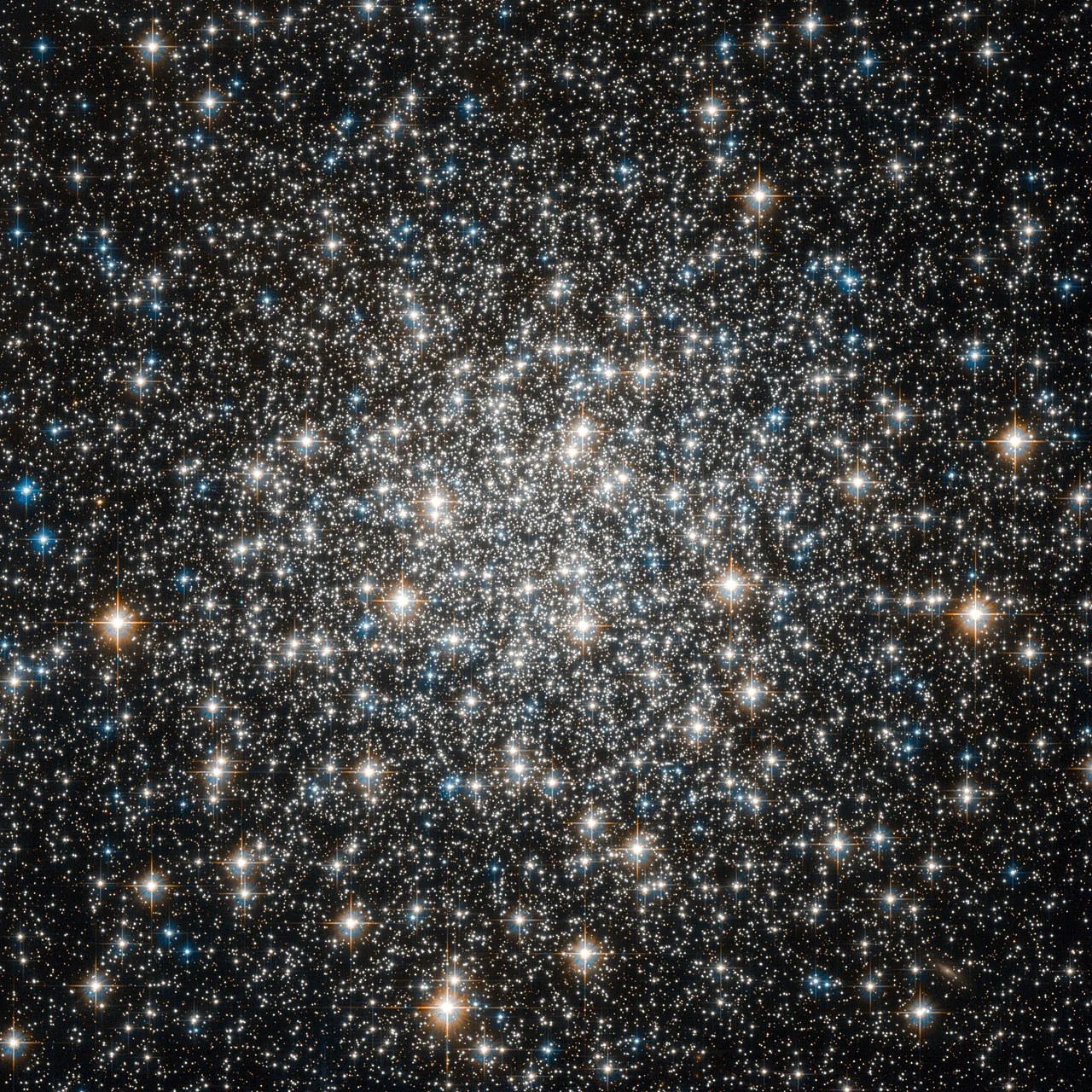
Messier 10
Hubble’s image of Messier 10’s dense core holds observations taken in visible and infrared light.
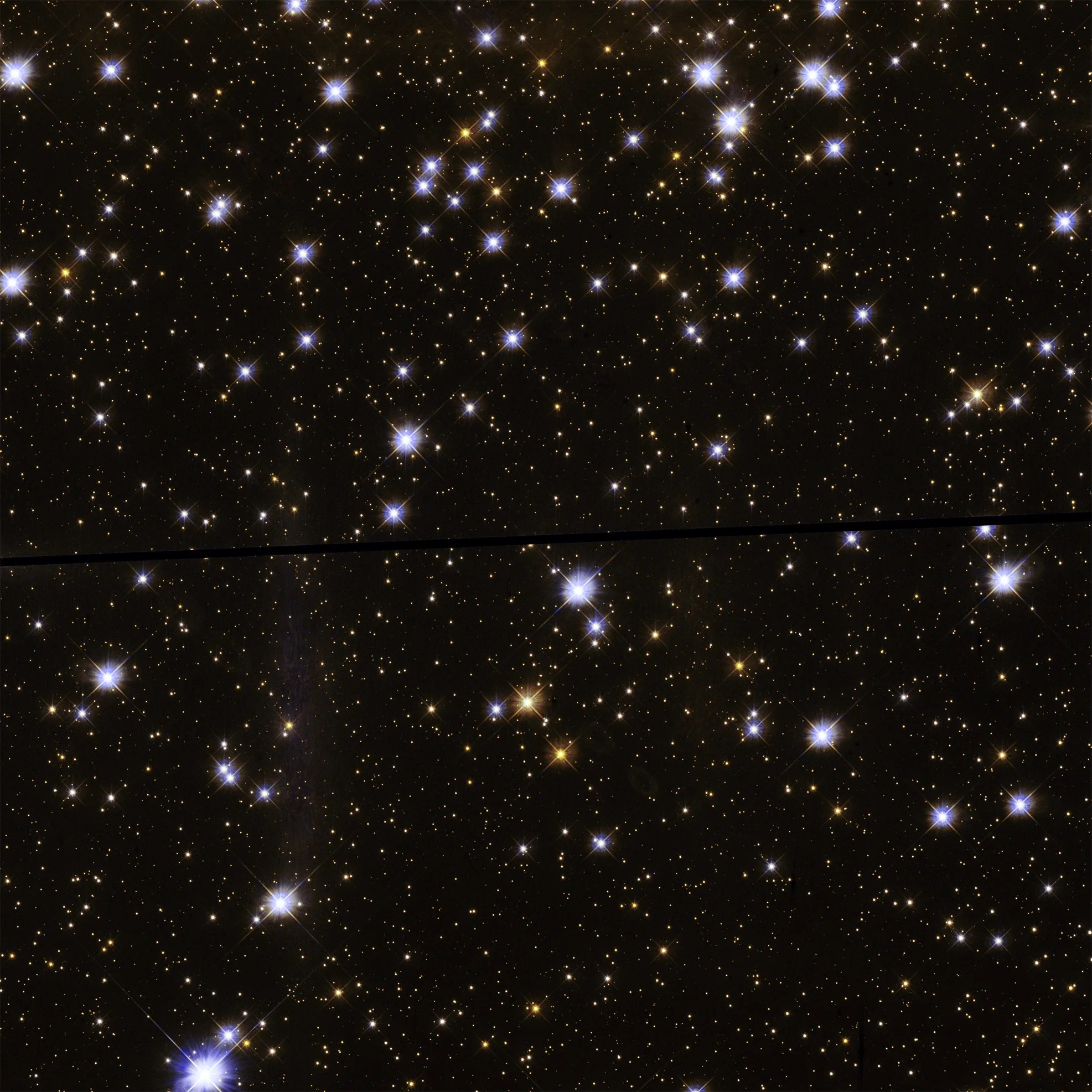
Messier 11 (The Wild Duck Cluster)
This cluster's brightest stars form a rough V-shape that resembles a flock of migrating waterfowl, giving it the common name…
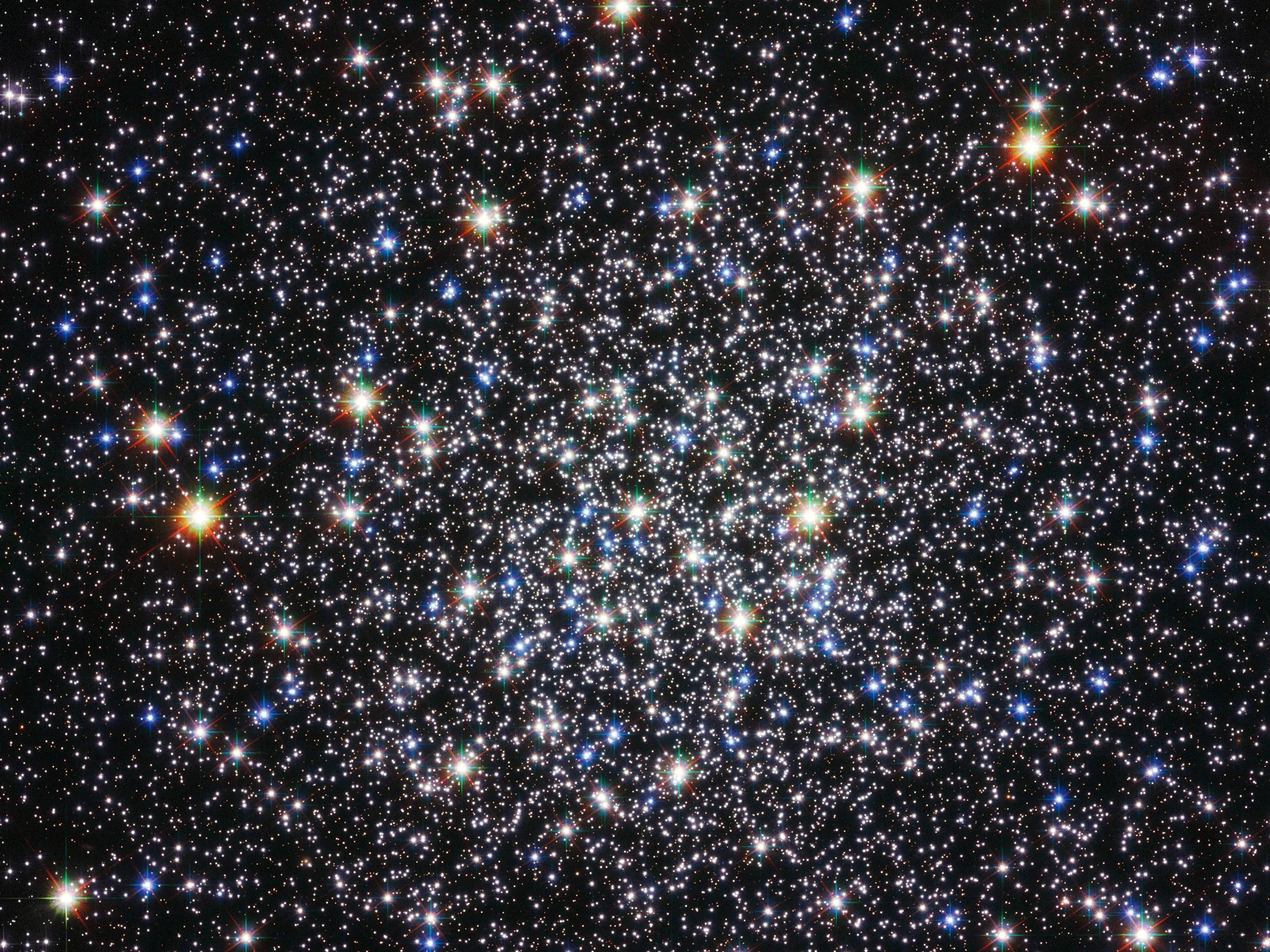
Messier 12
Astronomers suspect Messier 12 lost up to one million low-mass stars.
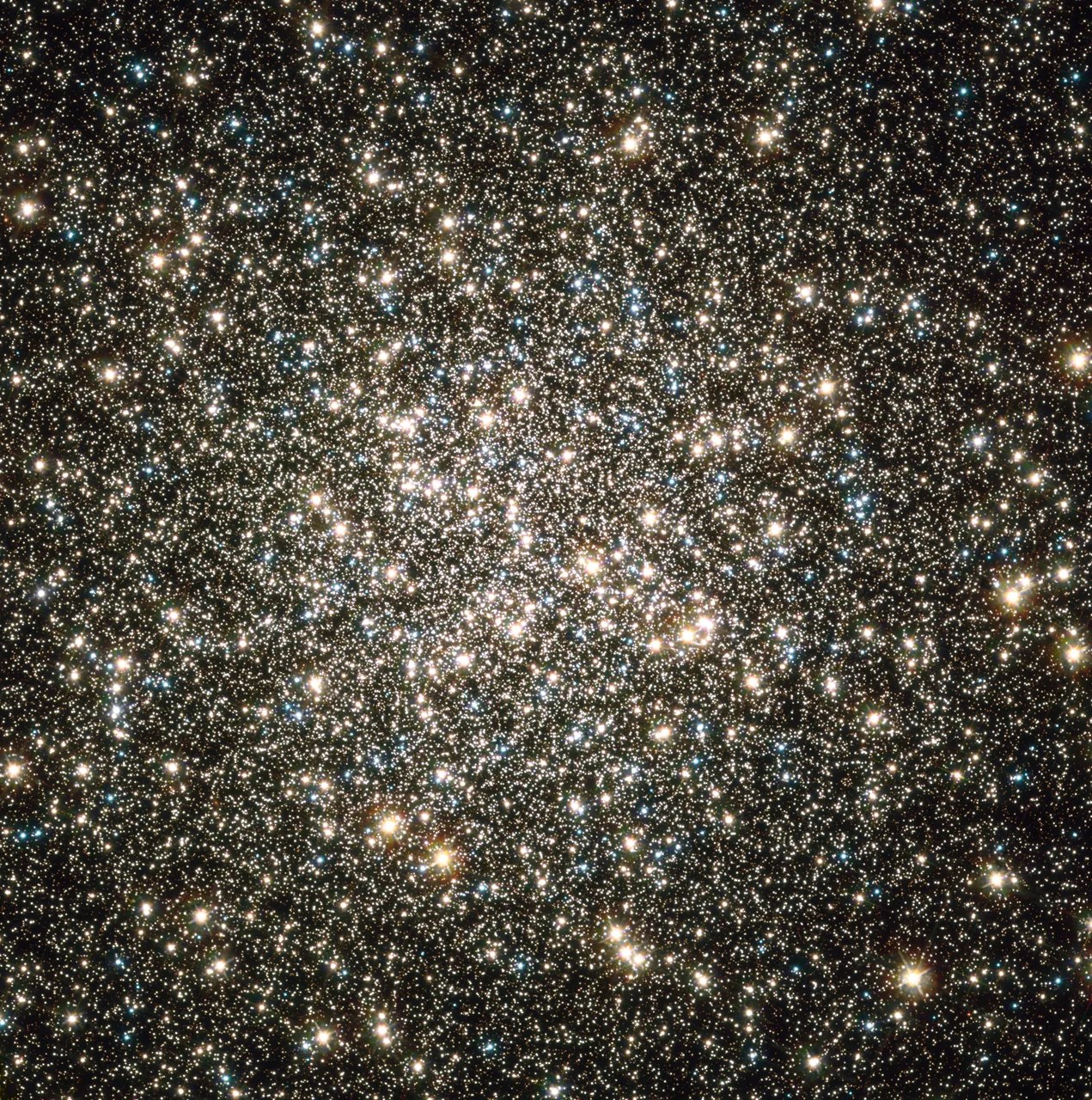
Messier 13 (The Hercules Cluster)
Astronomer Edmond Halley, of Halley's comet fame, discovered Messier 13 in 1714.
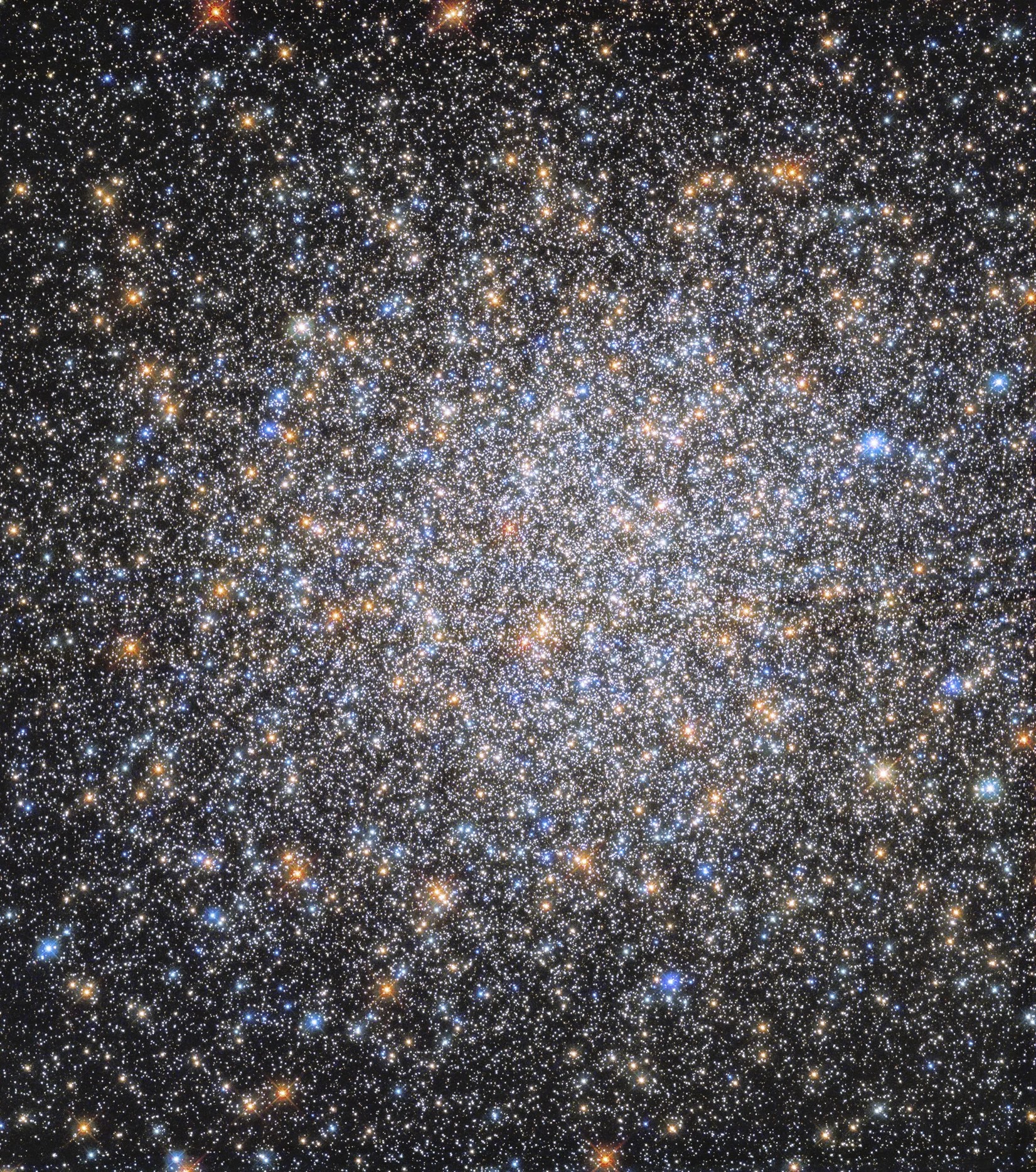
Messier 14
Messier 14 is home to over 150,000 stars.
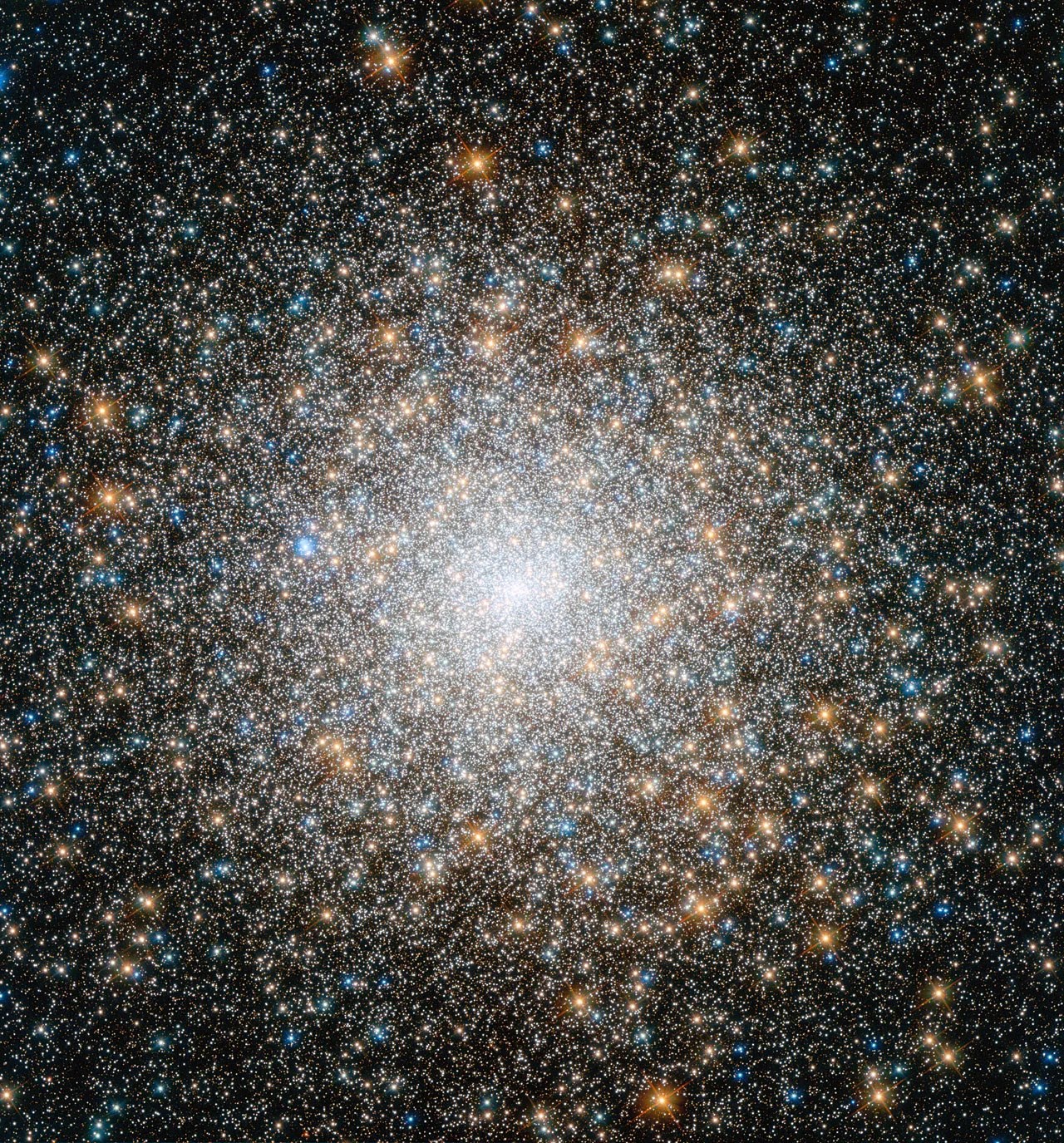
Messier 15
Messier 15 is host an intermediate-mass black hole at its core.
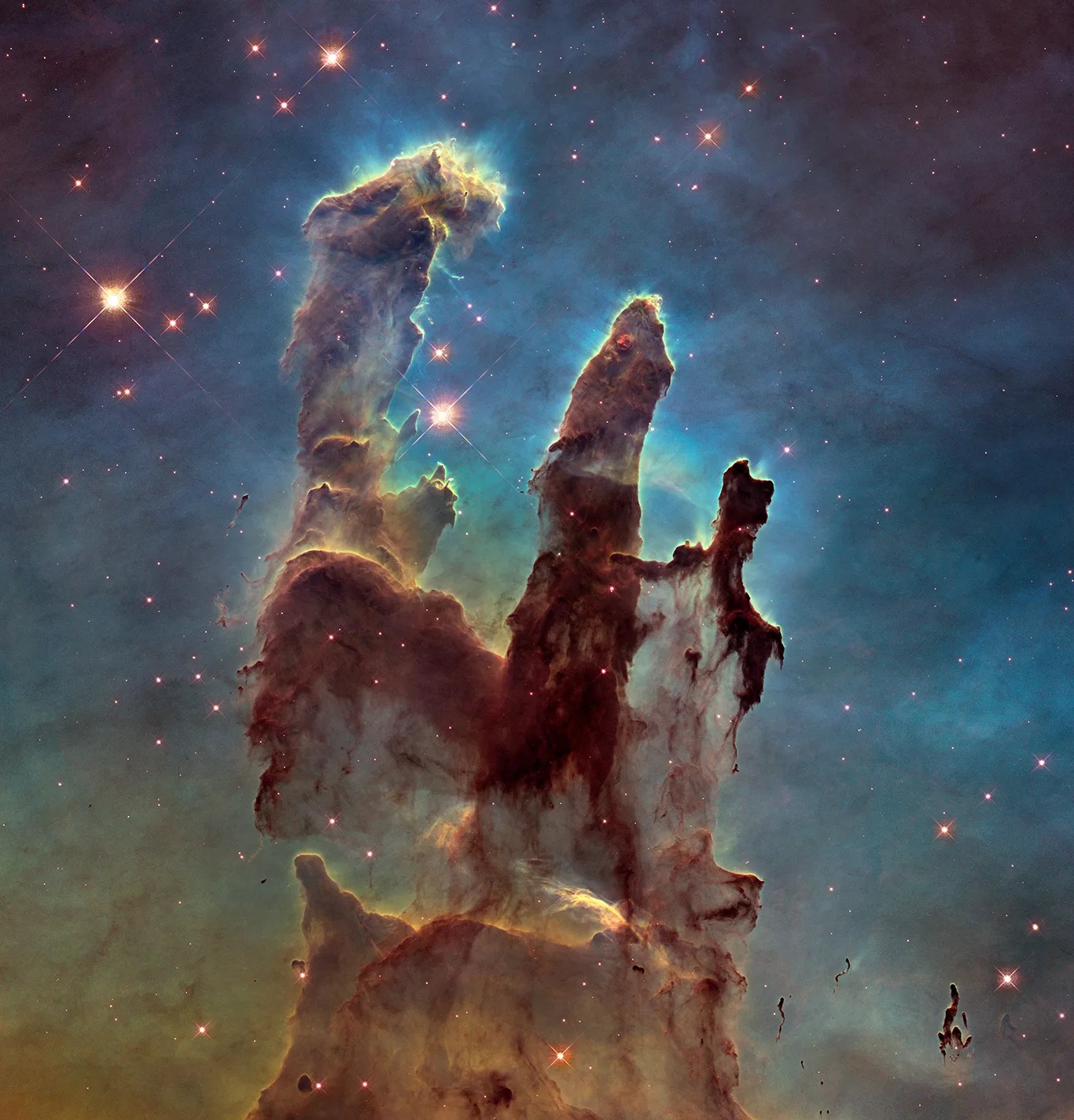
Messier 16 (The Eagle Nebula)
Better known as the Eagle Nebula, Messier 16 has provided Hubble with some of its most iconic images.
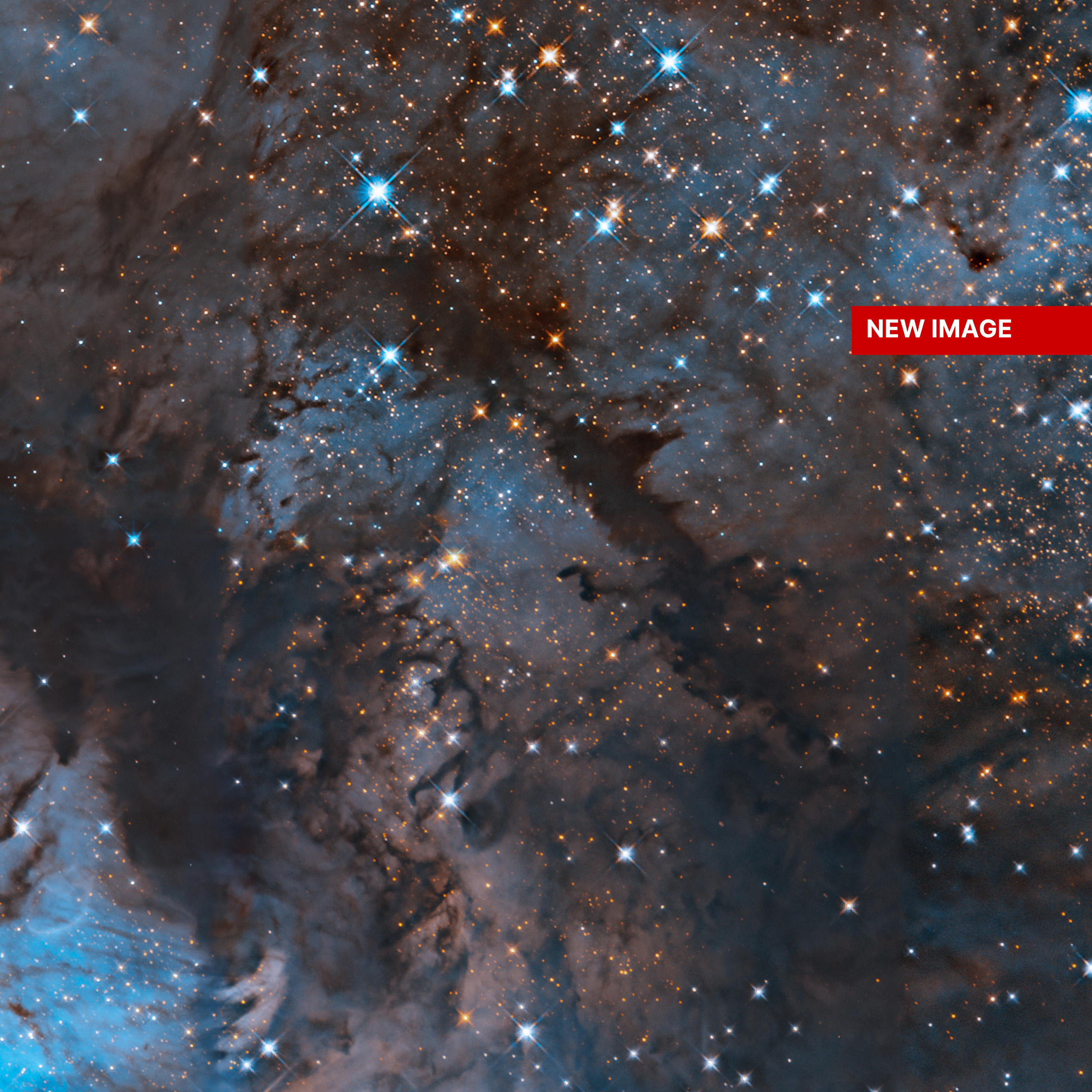
Messier 17 (The Omega Nebula or Swan Nebula)
Messier 17 is better known as the Omega Nebula or Swan Nebula.
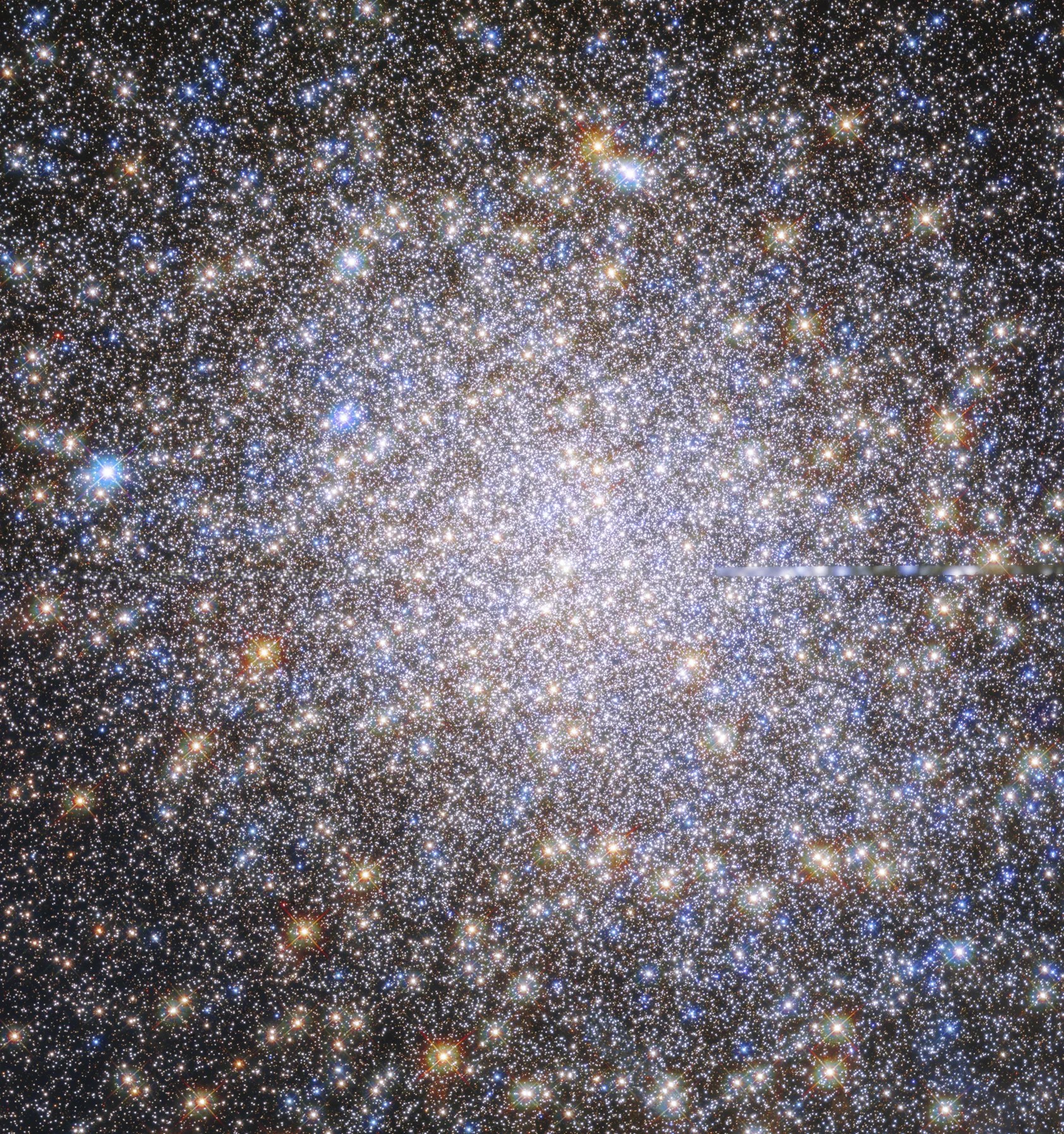
Messier 19
Messier 19 is one of several globular clusters found in the constellation Ophiuchus.
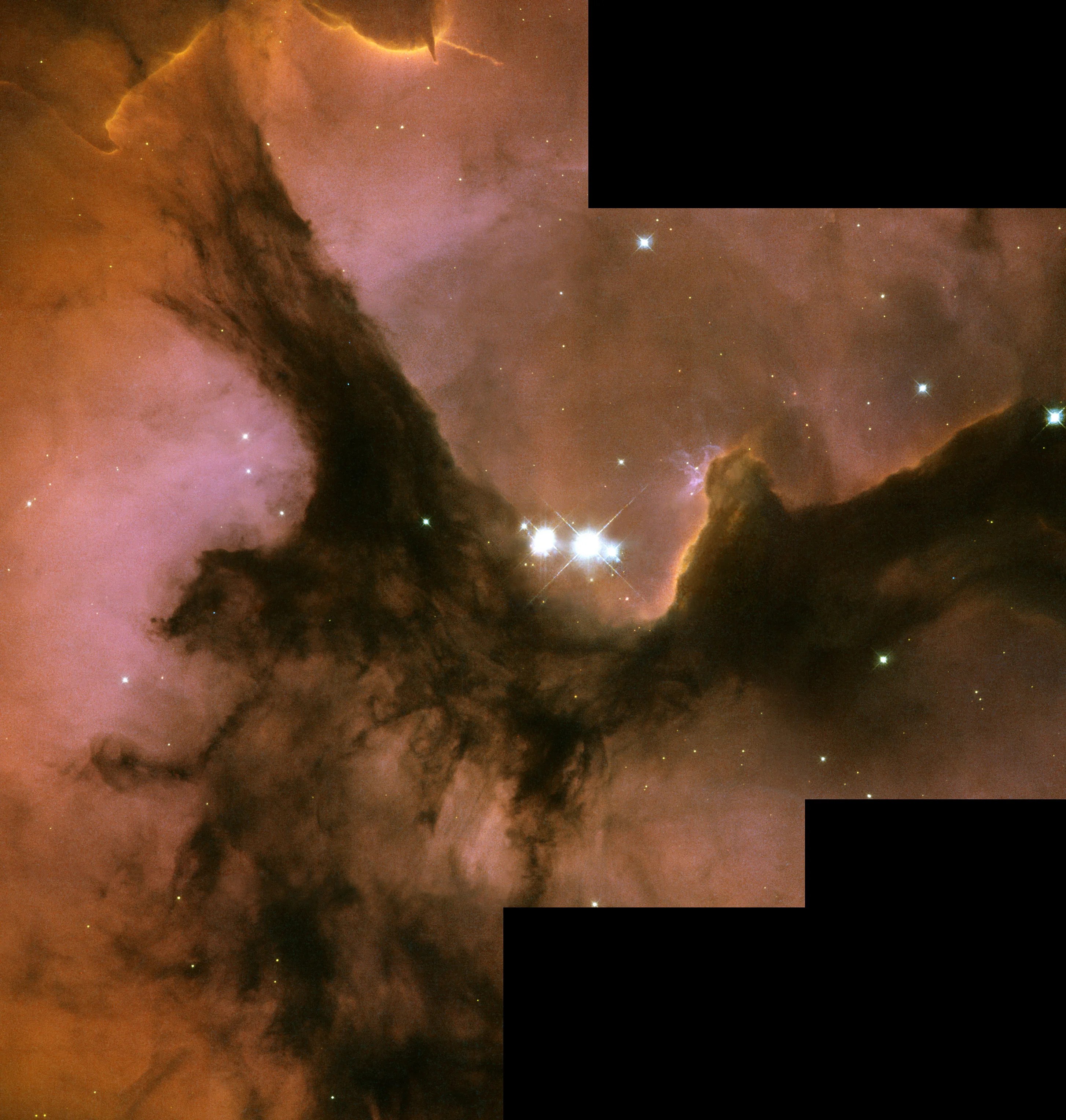
Messier 20 (The Trifid Nebula)
Look for Messier 20, better known as the Trifid Nebula, in August.
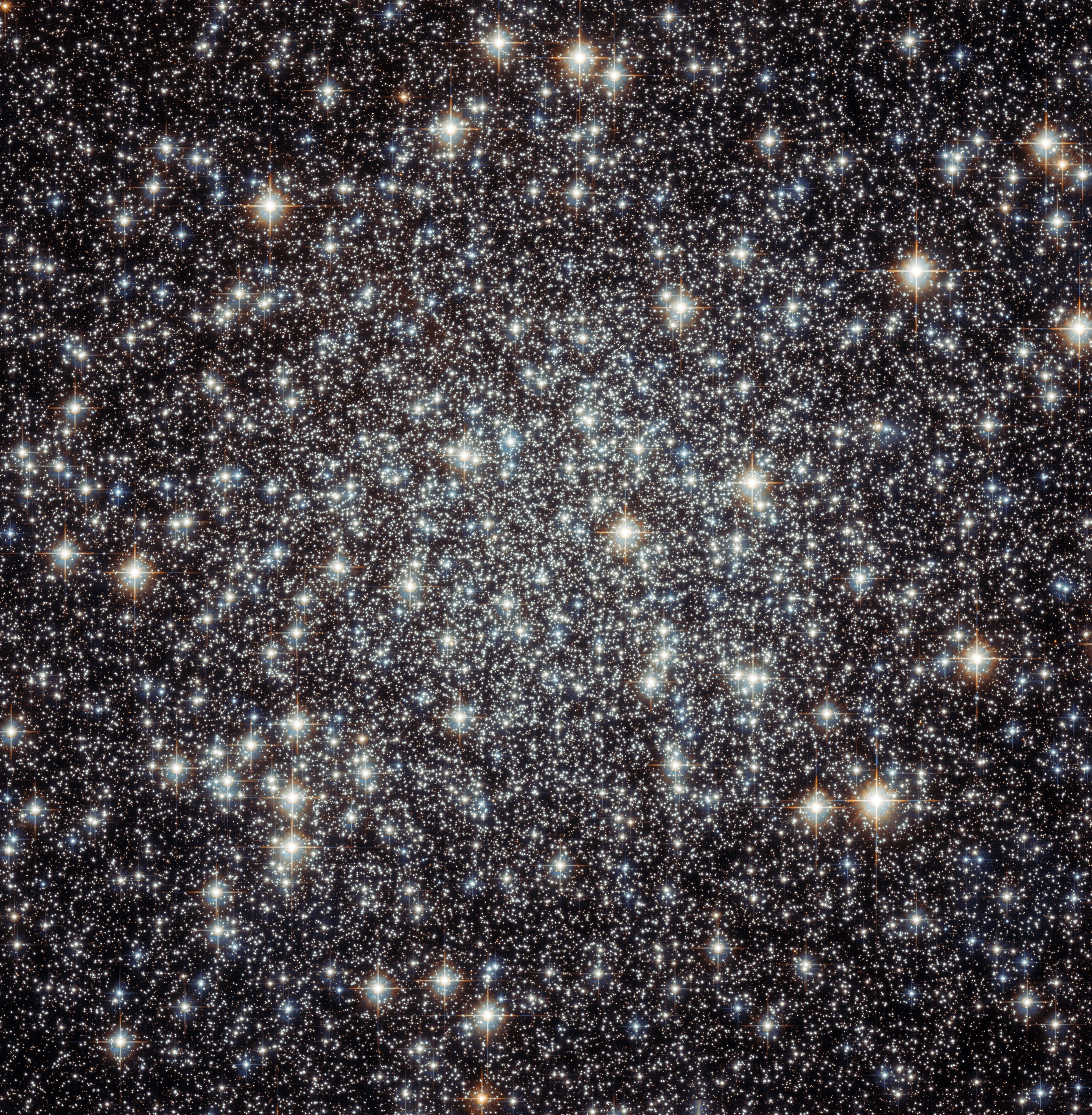
Messier 22
Messier 22 offered Hubble some interesting discoveries.
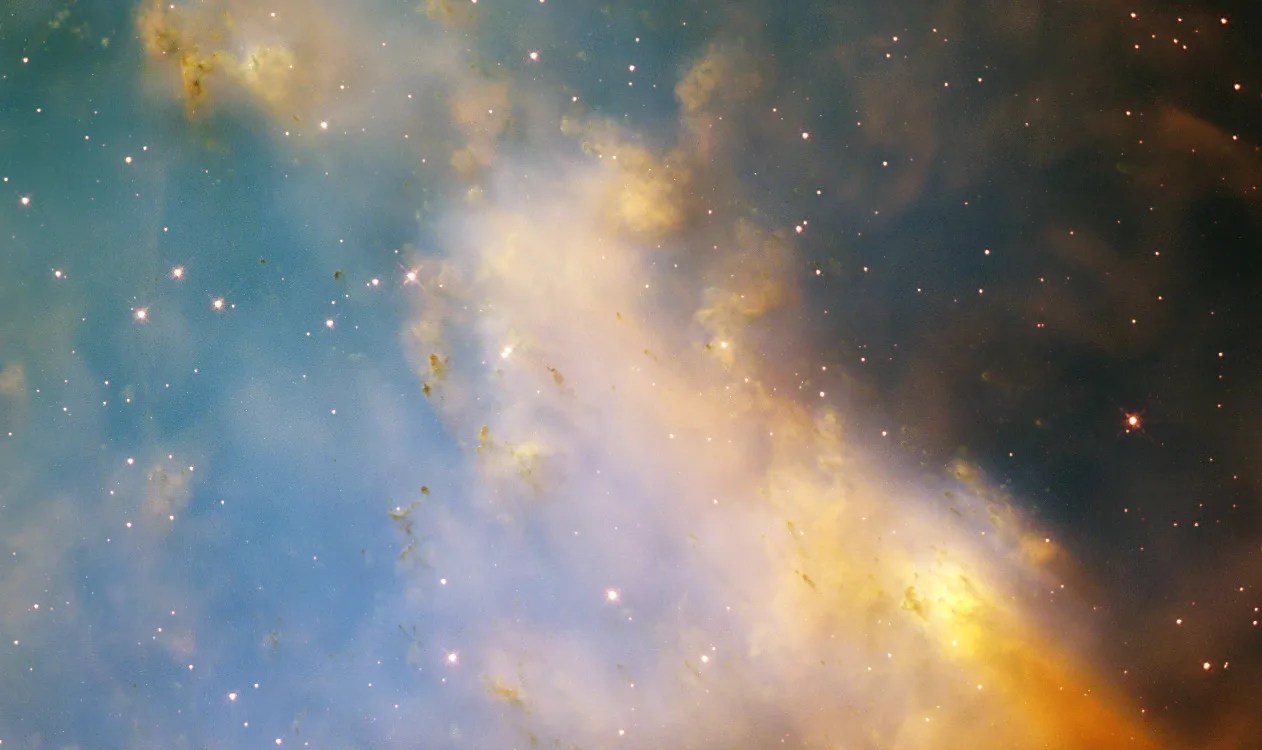
Messier 27 (The Dumbbell Nebula)
Through backyard telescopes, Messier 27 has two bright lobes making it look like a dumbbell, and is commonly called the…
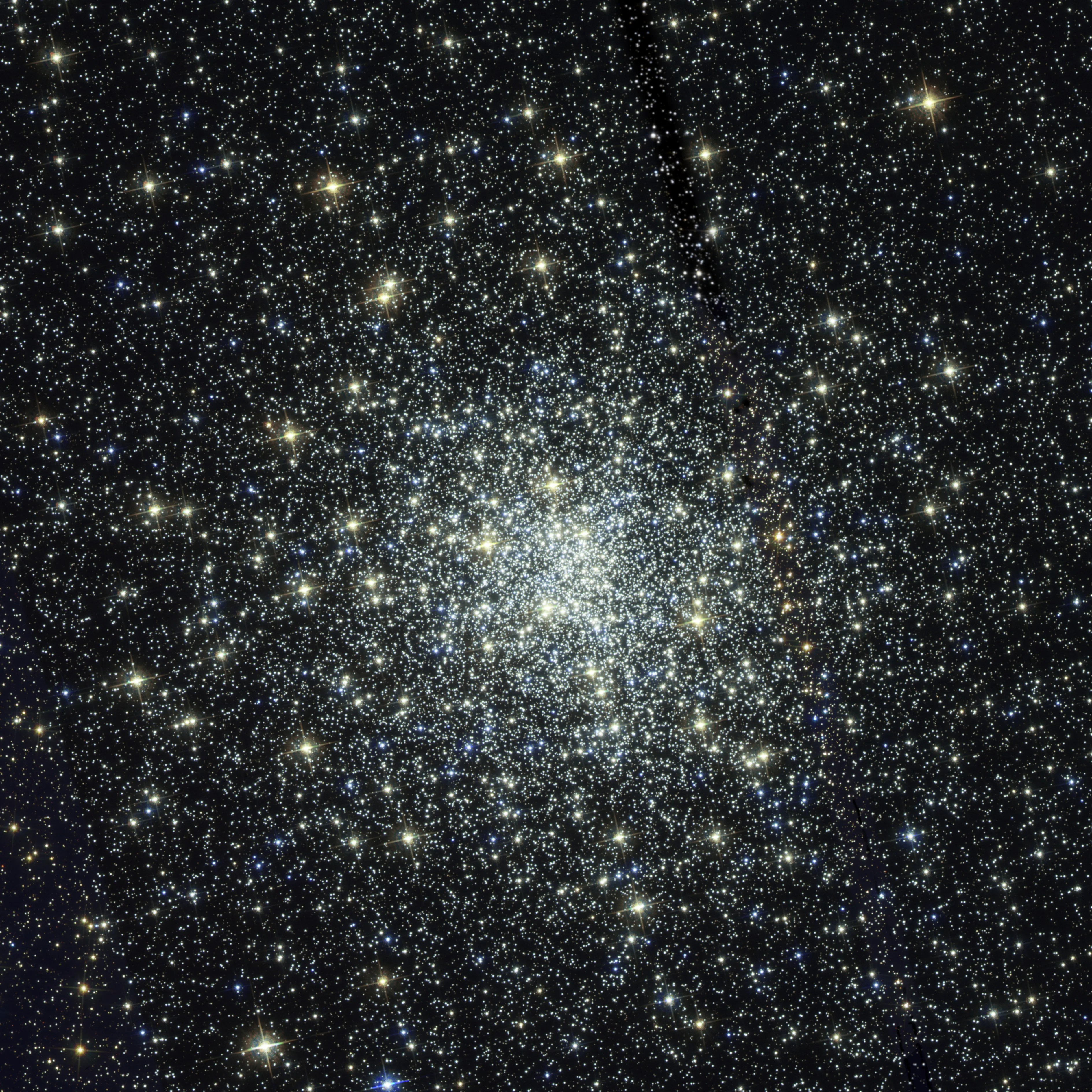
Messier 28
This globular cluster holds a dense neutron star that rotates once every three milliseconds.
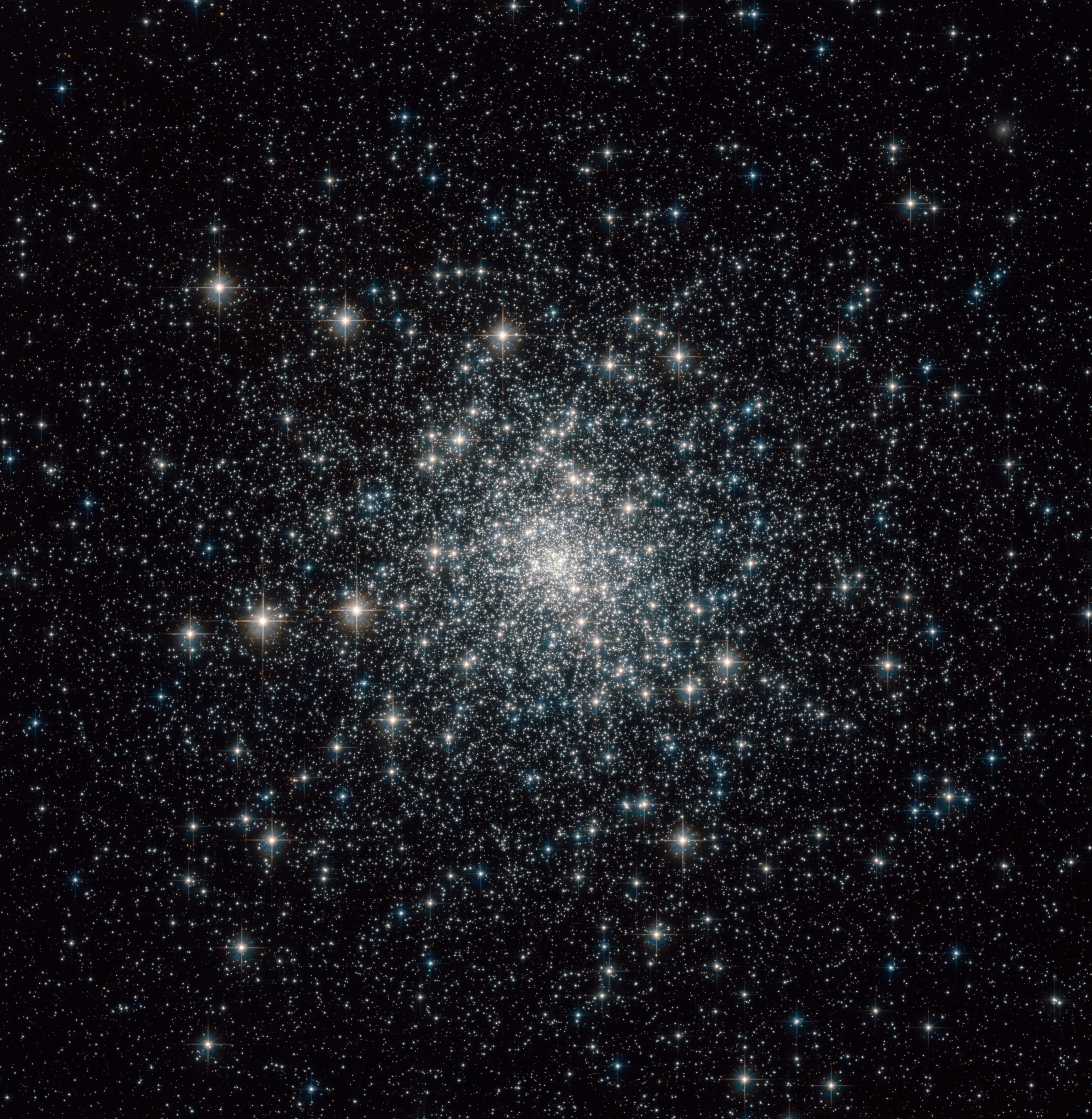
Messier 30
Hubble observations helped identify two types of "blue stragglers" in Messier 30.

Messier 31 (The Andromeda Galaxy)
Persian astronomer Abd al-rahman al-Sufi’s The Book of Fixed Stars from the year 964 contains the first known report of…
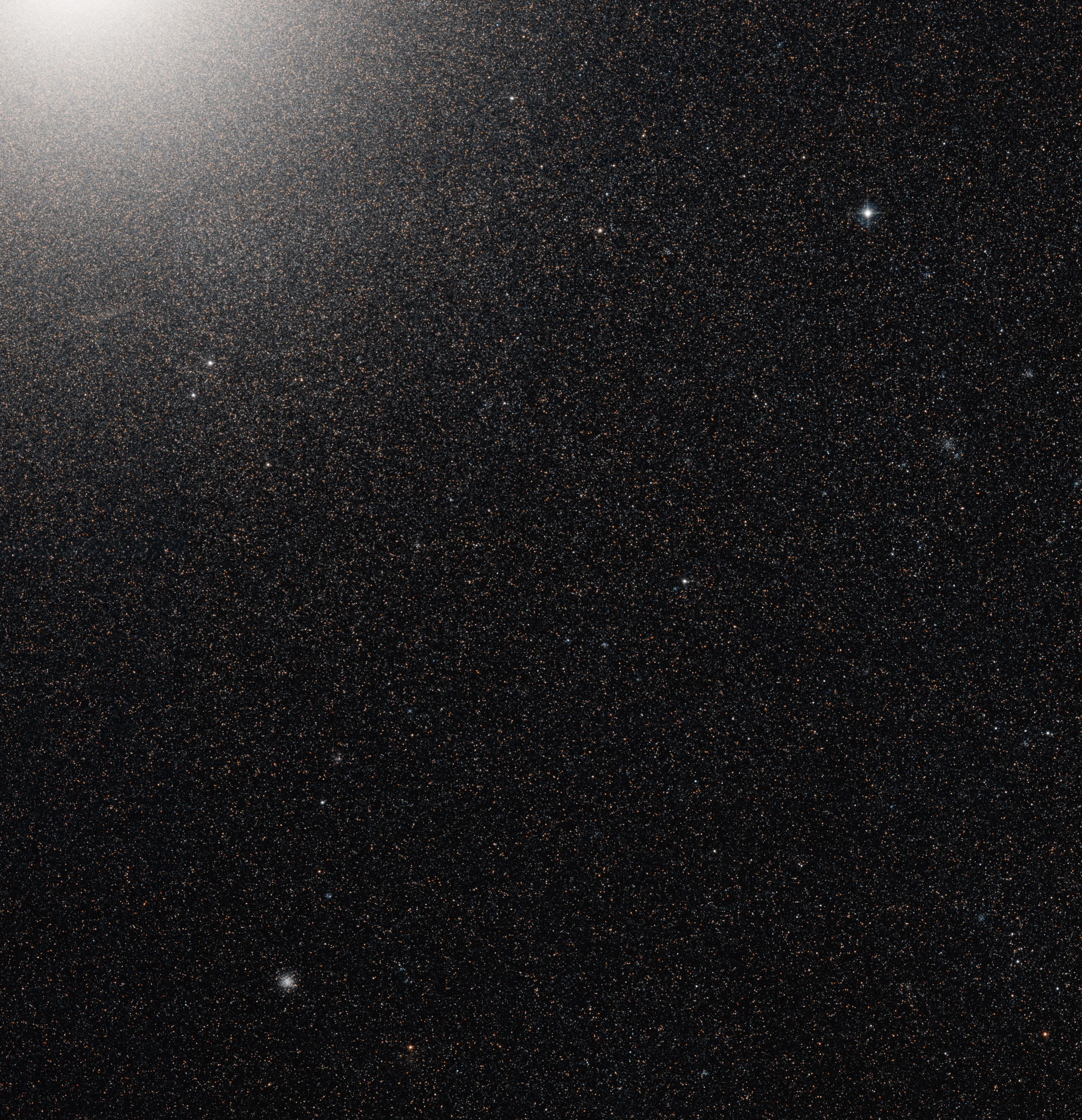
Messier 32
Messier 32 is a satellite galaxy of the Andromeda Galaxy (M31).

Messier 33 (The Triangulum Galaxy)
At half the size of our Milky Way, Messier 33 is the third-largest galaxy in our local group of galaxies.
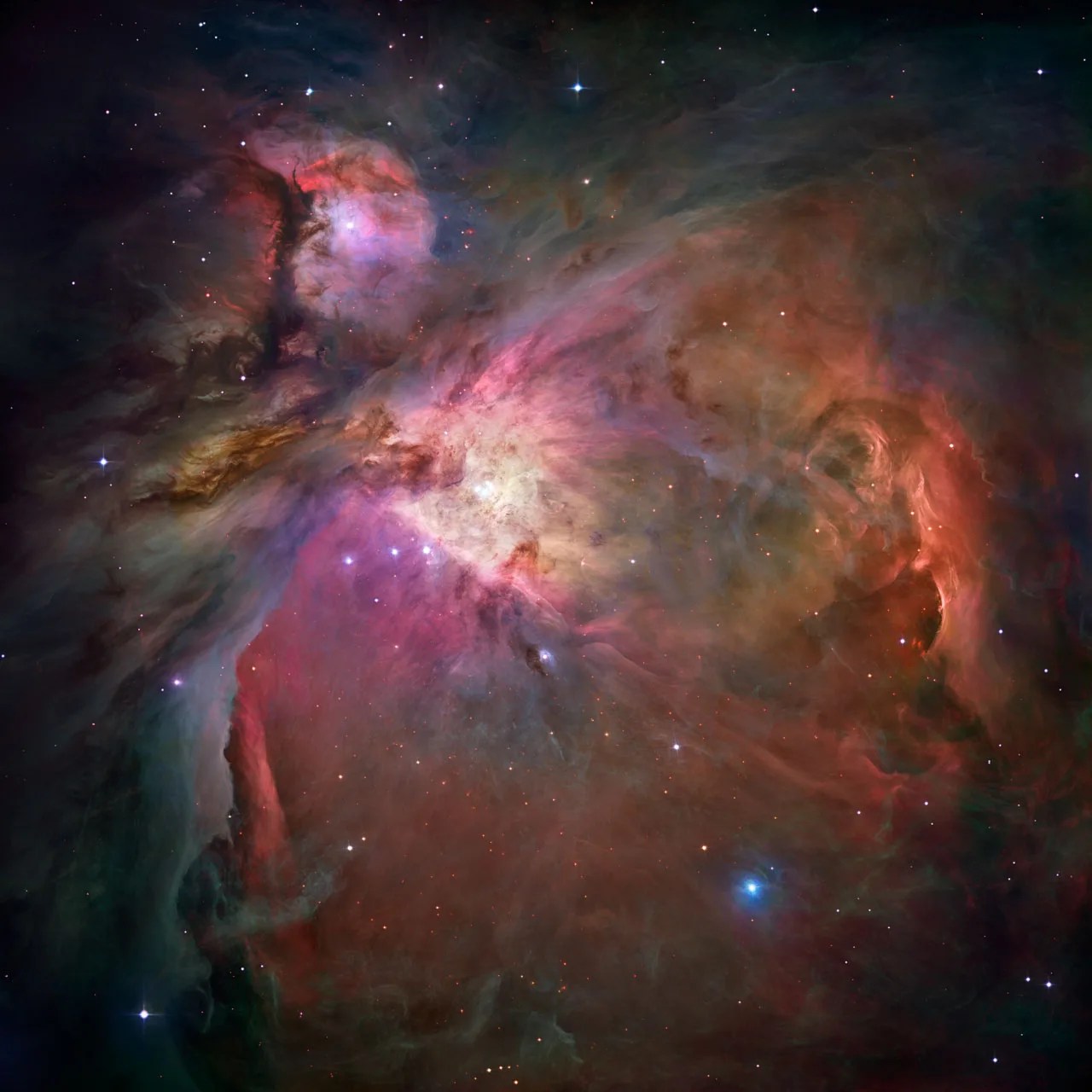
Messier 42 (The Orion Nebula)
You can spot Messier 42, better known as the Orion Nebula, with the unaided eye from a dark sky site.
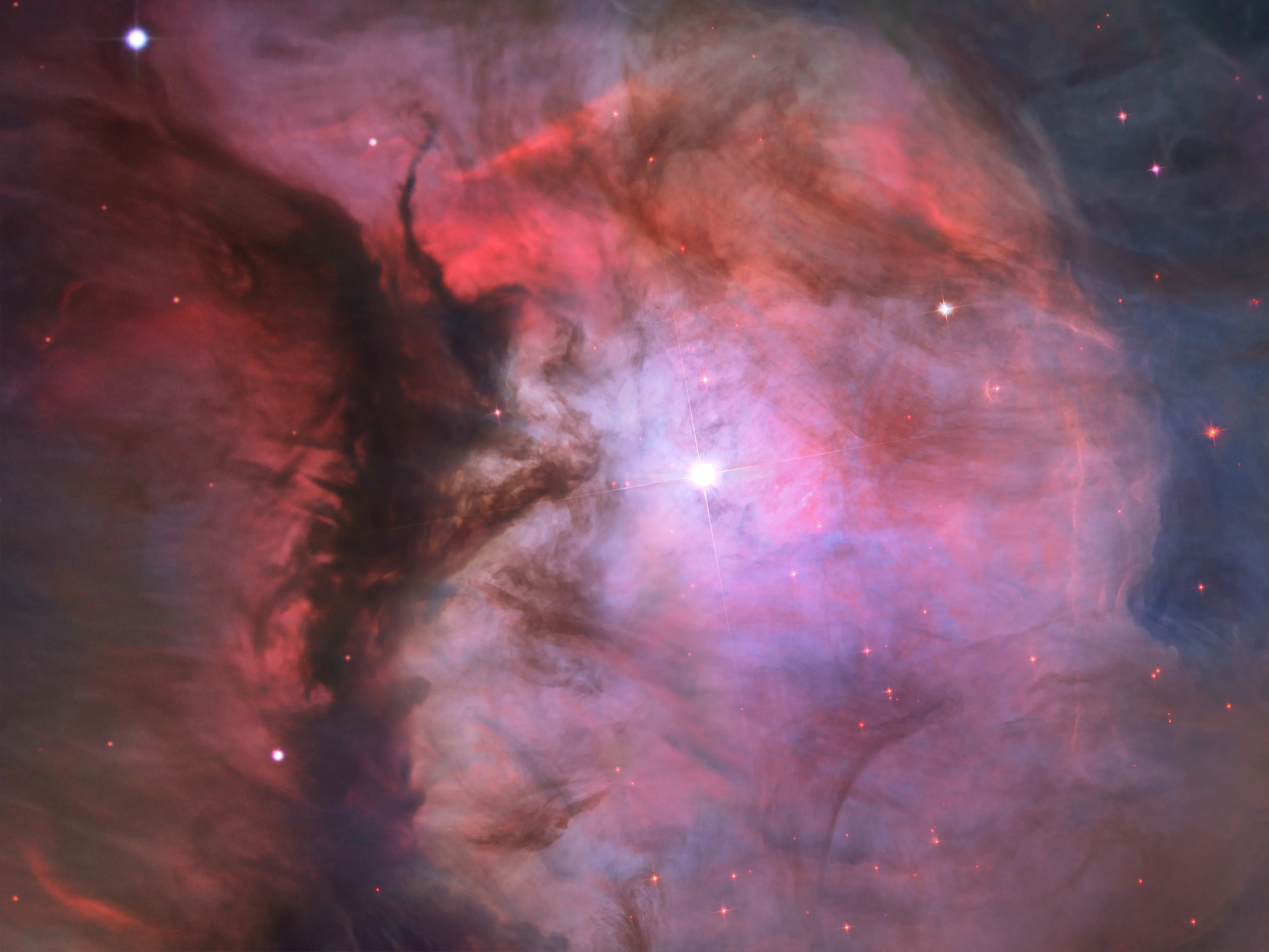
Messier 43
Messier 43 is a neighbor to Messier 42, the Orion Nebula.
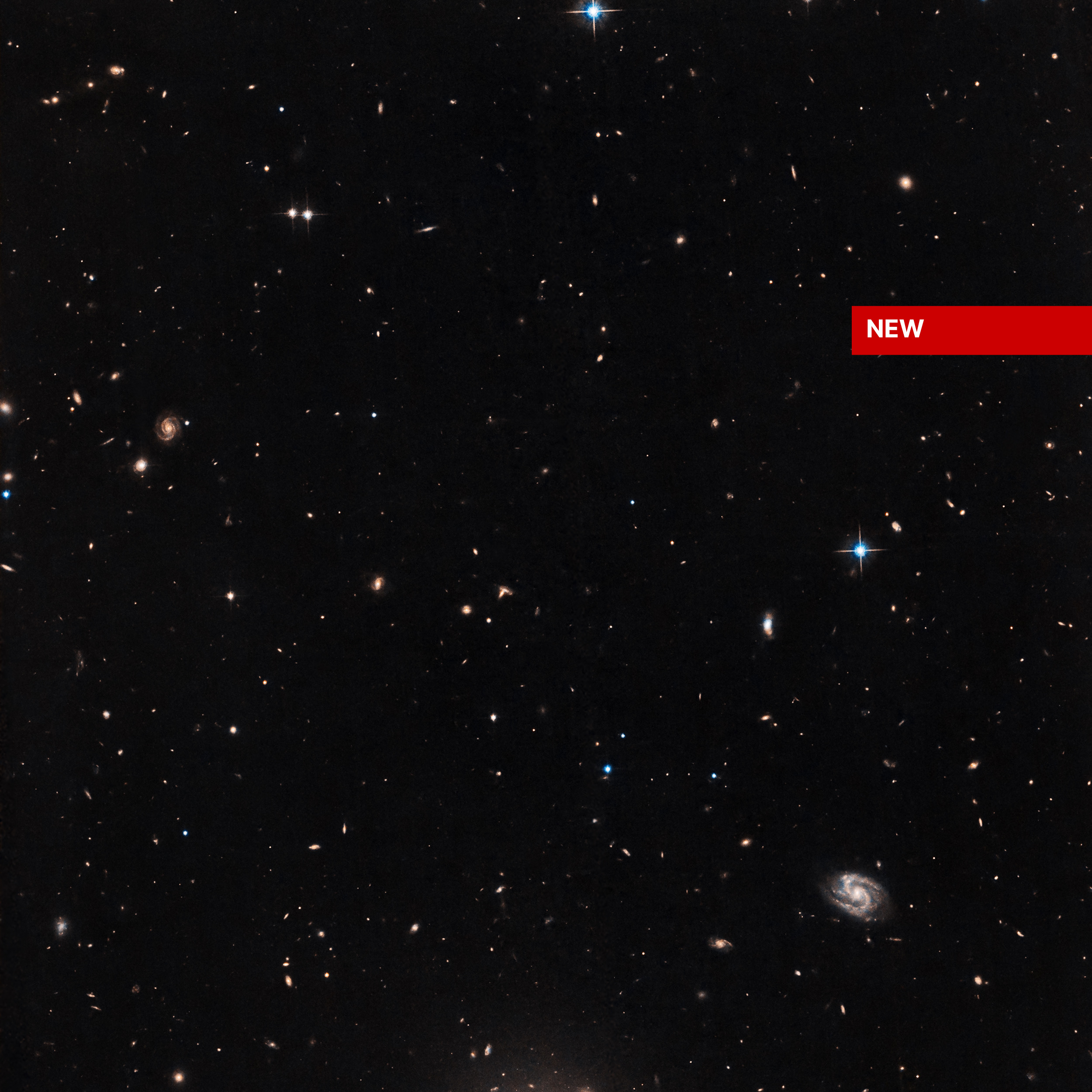
Messier 44
Messier 44, also famously known as the Beehive Cluster or Praesepe, swarms with activity as its name would suggest. This…
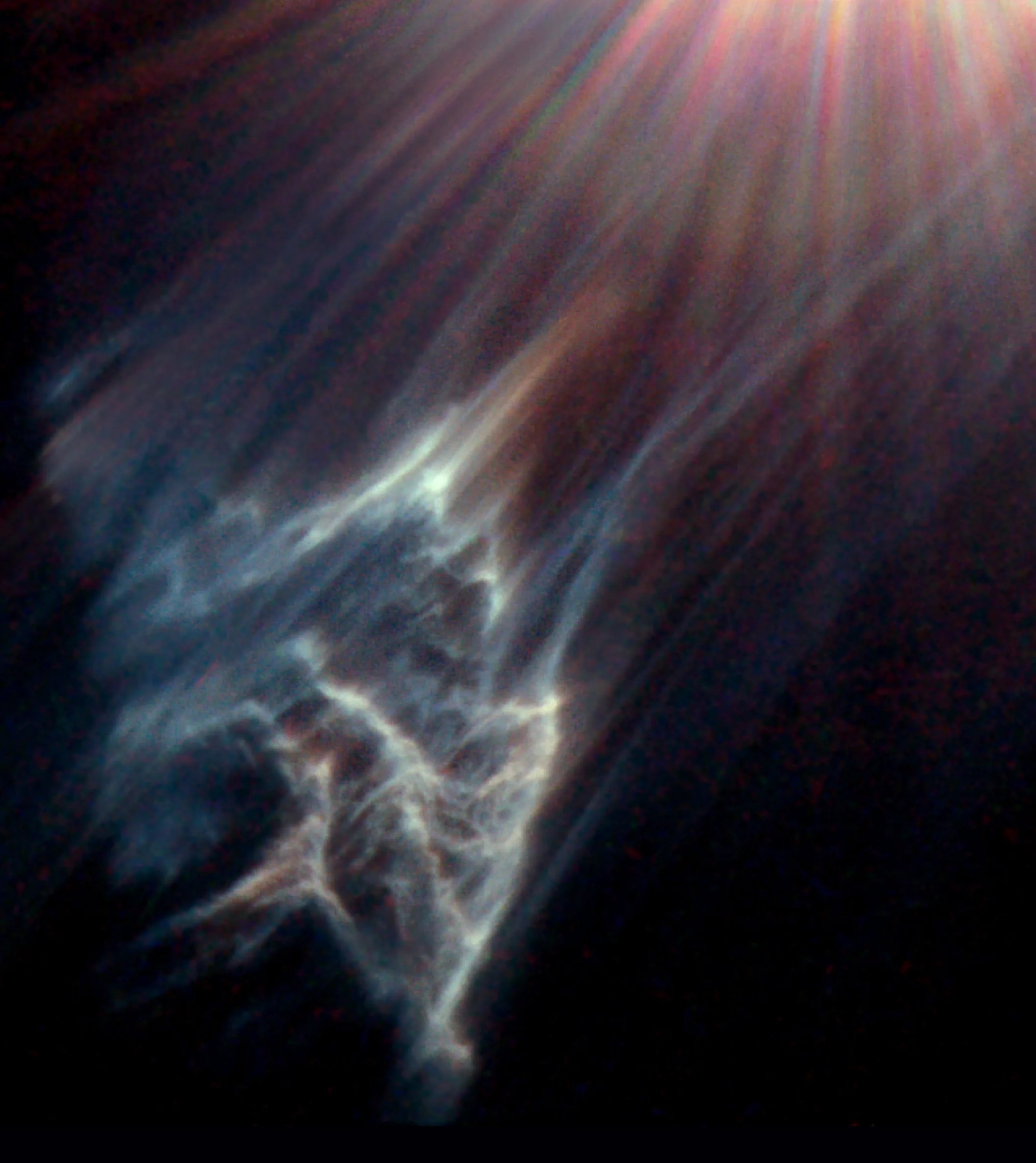
Messier 45 (The Pleiades)
This bright open cluster of stars, more commonly called the Pleiades or Seven Sisters, is easy to see with the…
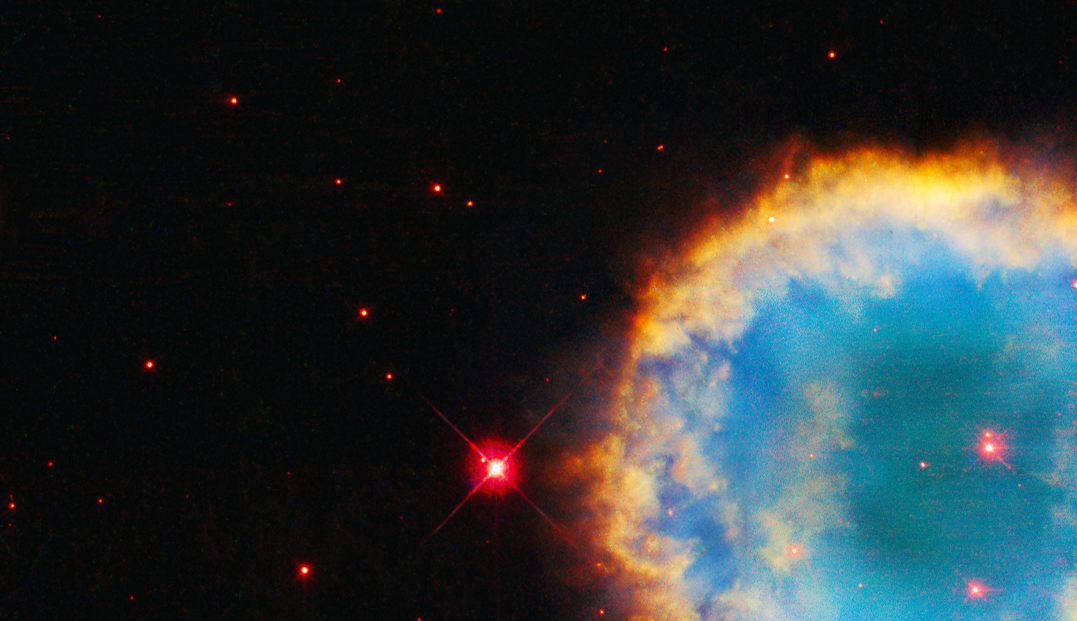
Messier 46
Most of the stars in this image are part of the open star cluster, Messier 46. The colorful planetary nebula…

Messier 48
Messier 48 (M48), also known as NGC 2548, is located near the head of the constellation Hydra, the Sea Serpent,…
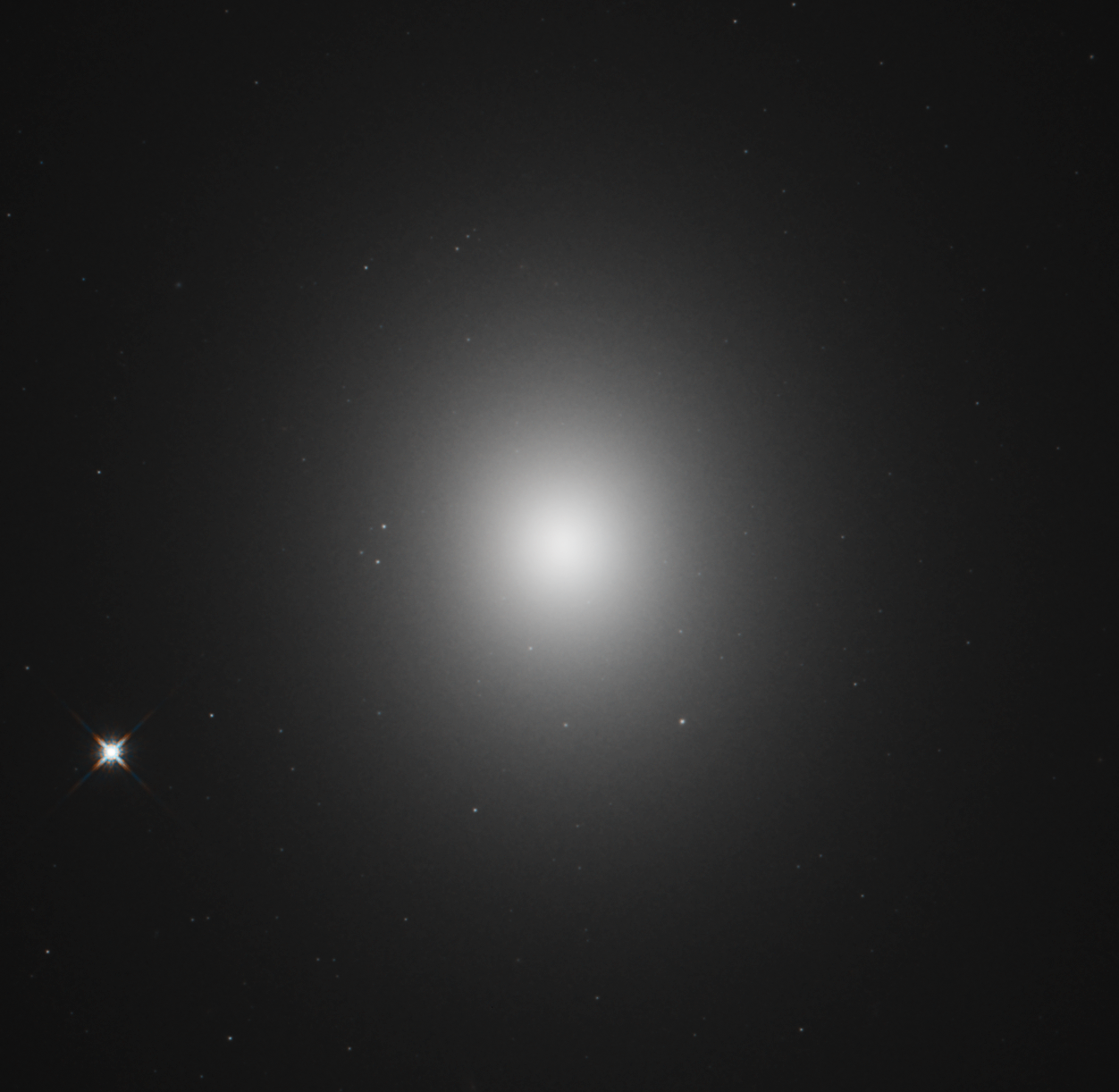
Messier 49
Messier 49 holds nearly 6,000 globular clusters.
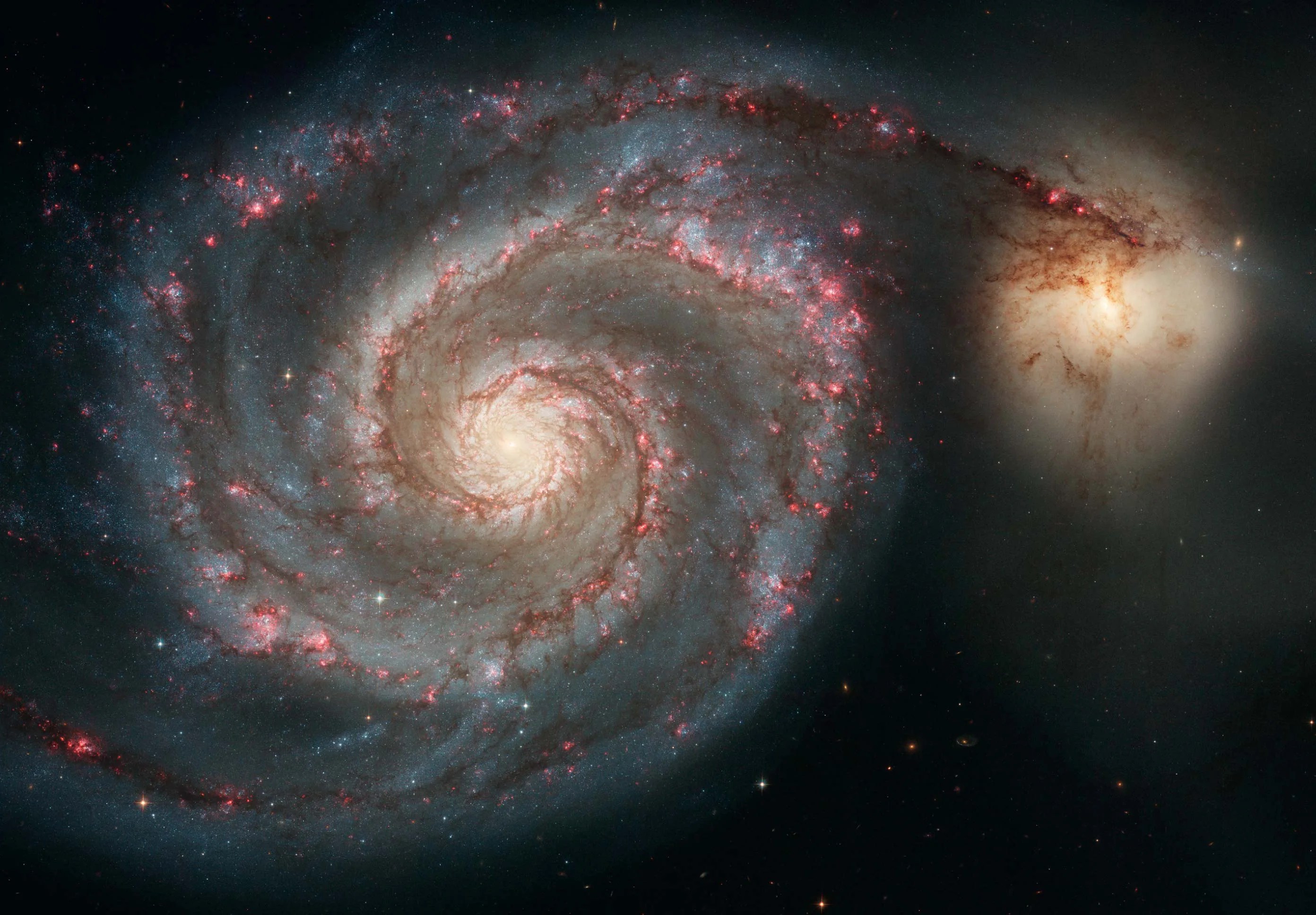
Messier 51 (The Whirlpool Galaxy)
Also known as the Whirlpool Galaxy, Messier 51's spiral arms are star-forming factories.
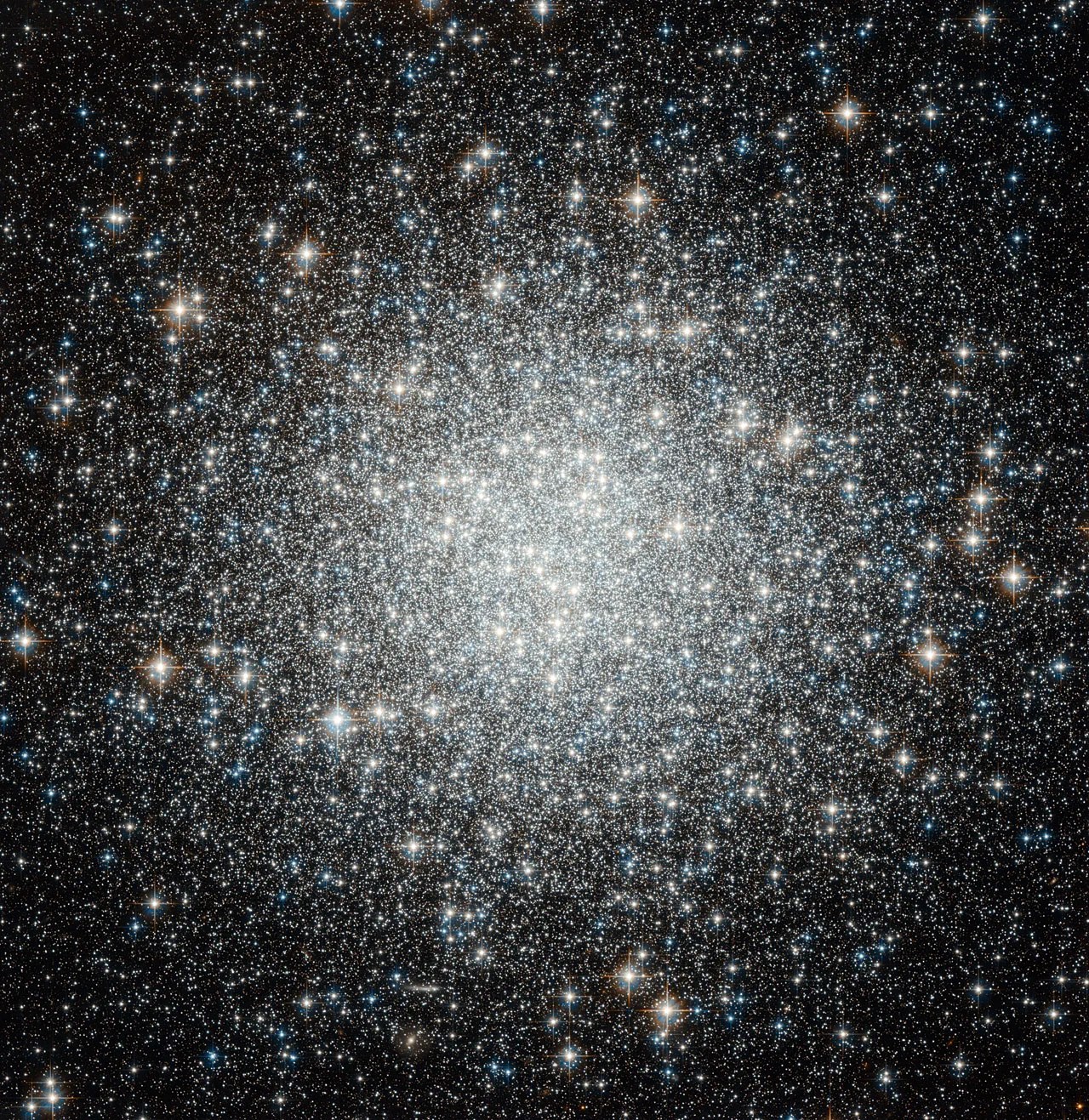
Messier 53
Messier 53 is one of the Milky Way's most distant globular clusters from Earth.
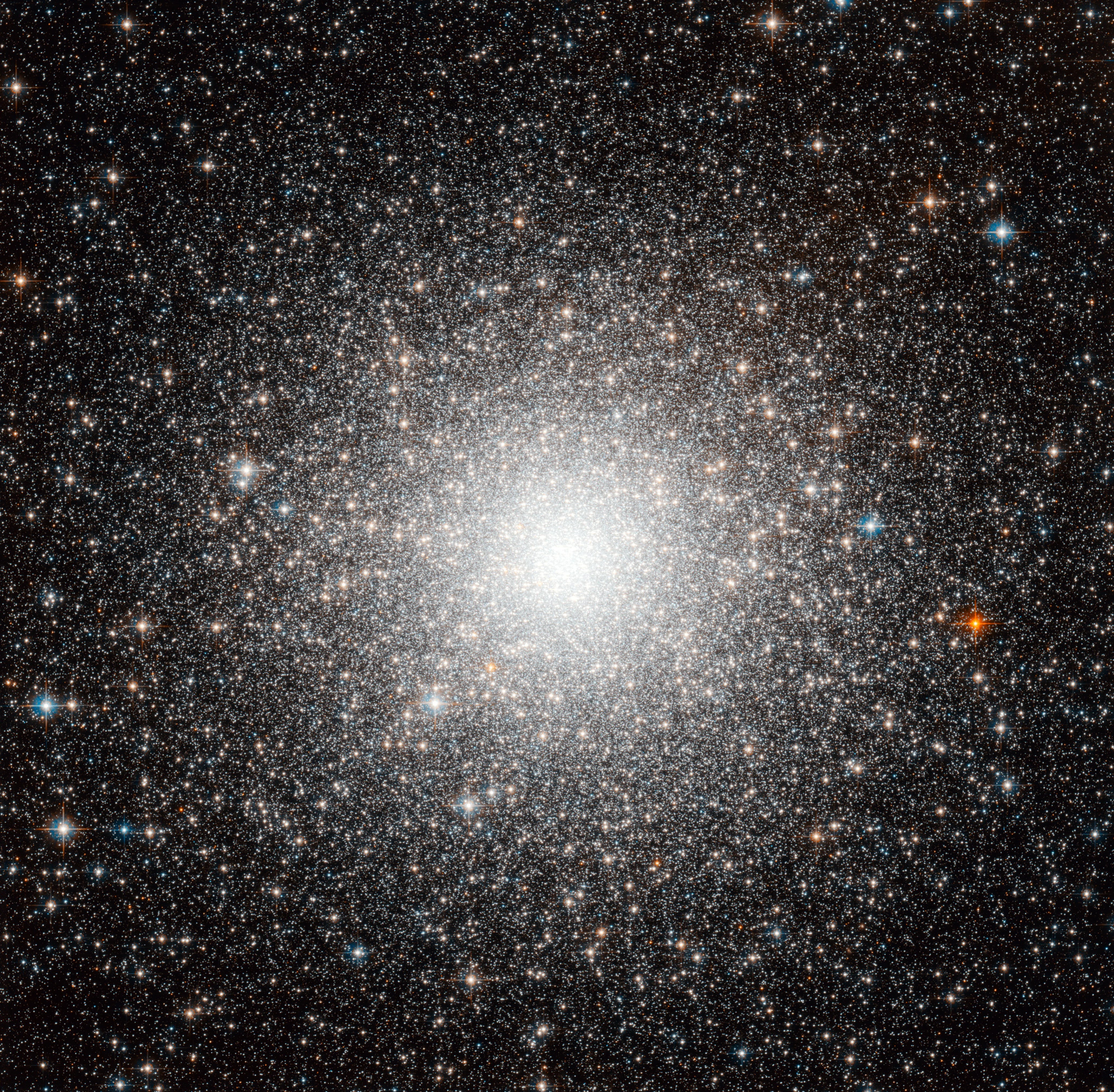
Messier 54
Messier 54 belongs to a satellite galaxy of the Milky Way.
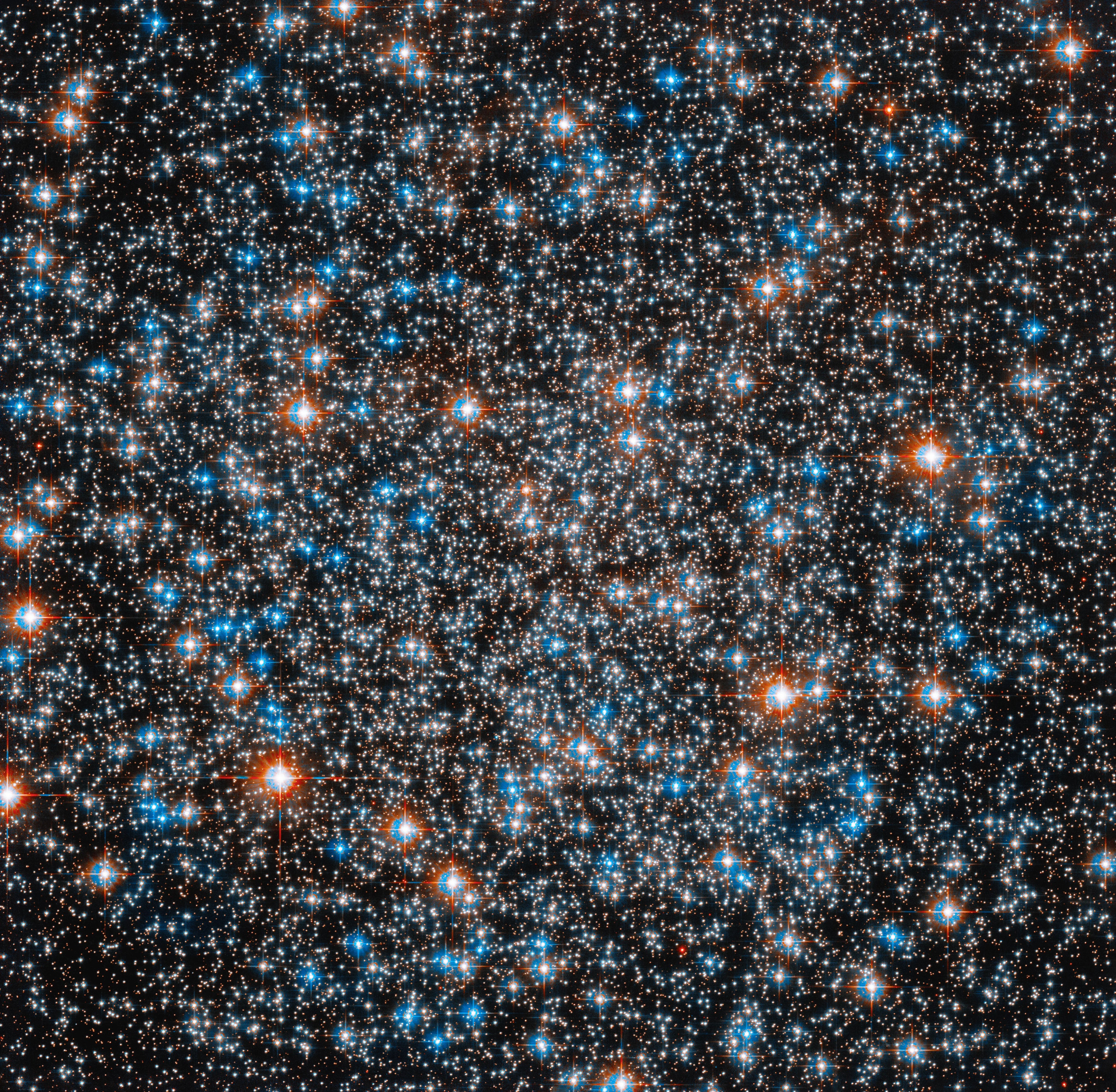
Messier 55
This globular cluster holds 100,000 stars including 55 variable stars.
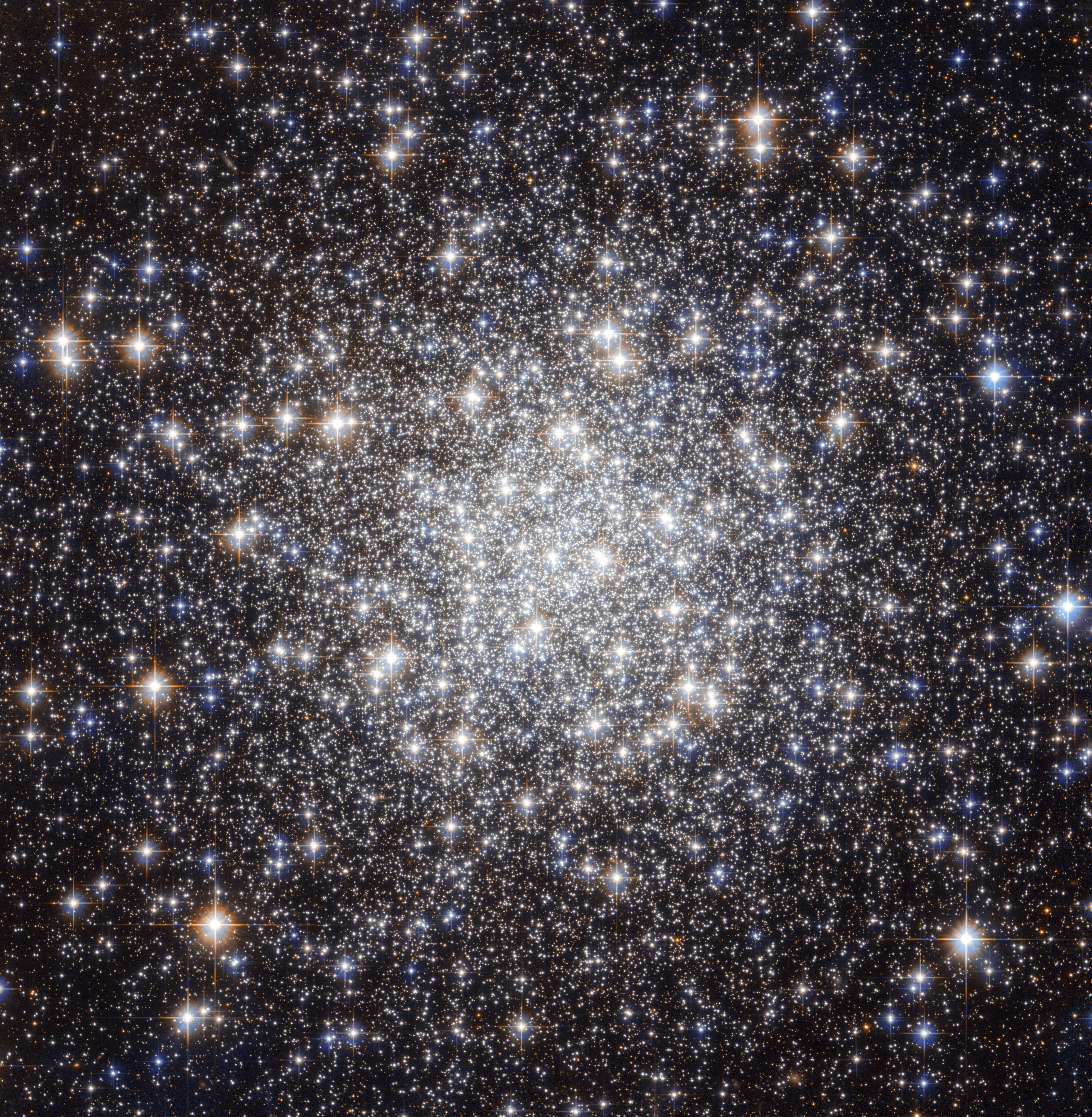
Messier 56
This Hubble image of Messier 56 includes both visible and infrared observations.
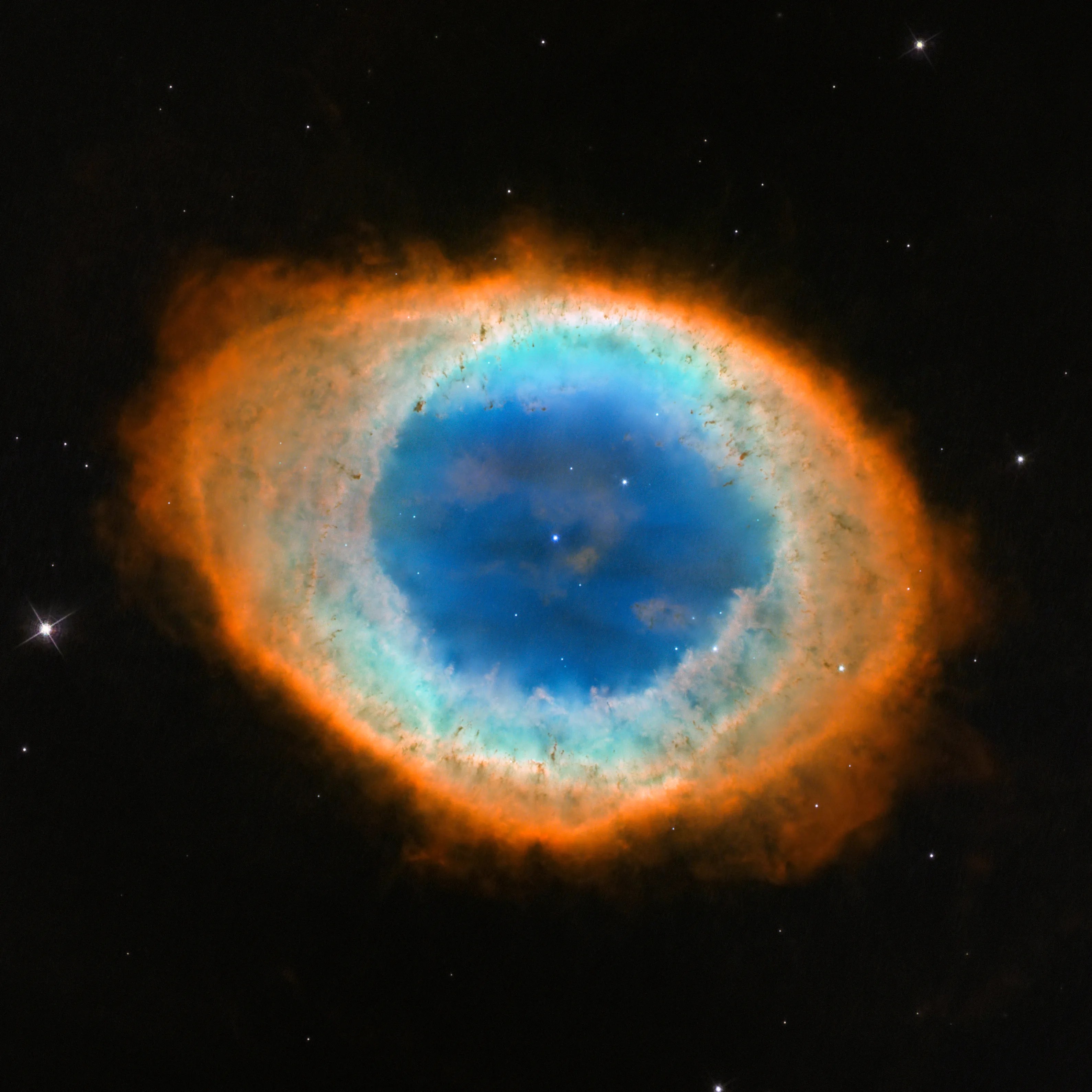
Messier 57 (The Ring Nebula)
Messier 57, better known as the Ring Nebula, is the glowing remains of a sun-like star.
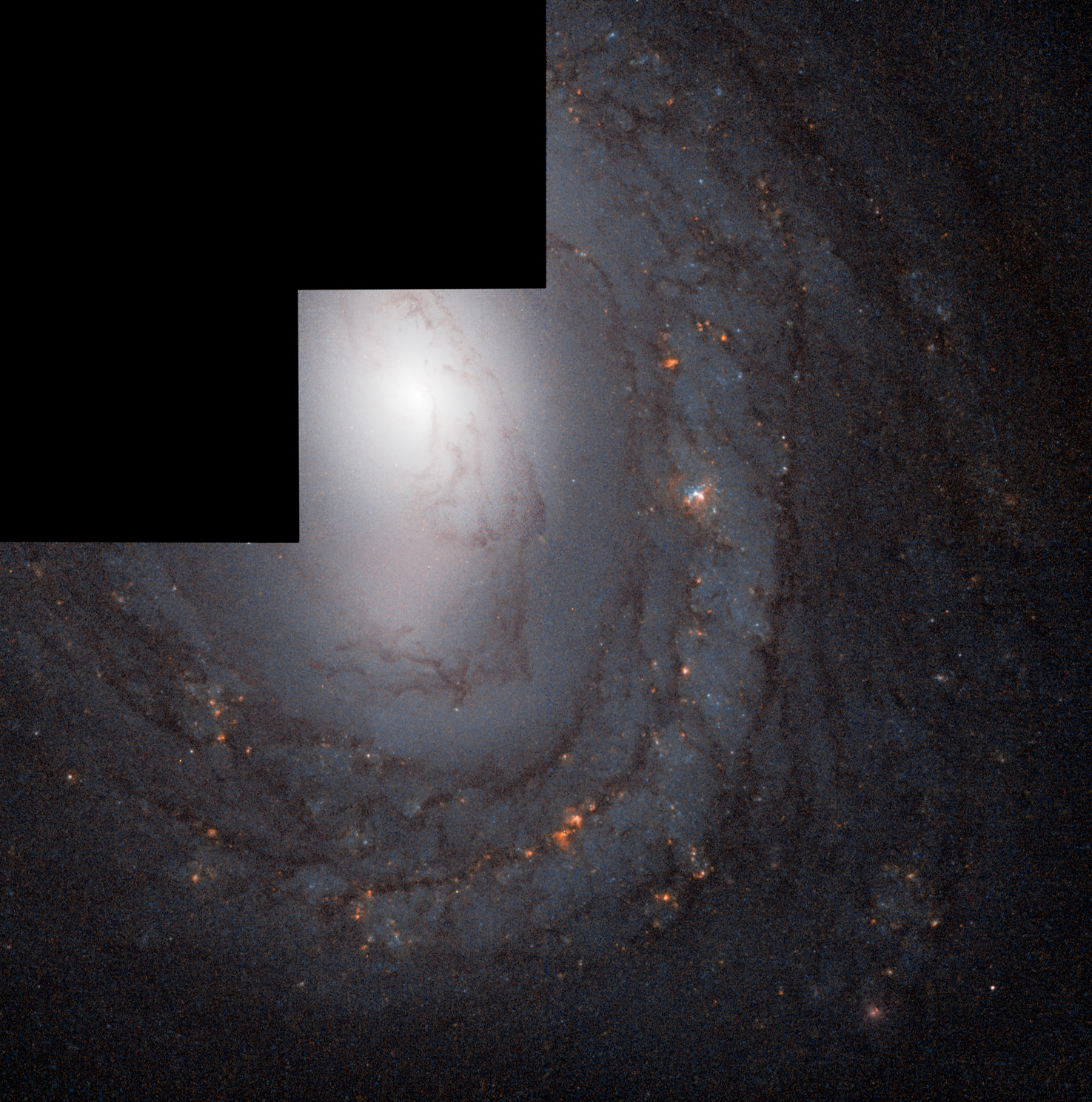
Messier 58
Discovered in 1779 by Charles Messier, M58 was one of the first galaxies recognized to have a spiral shape and…
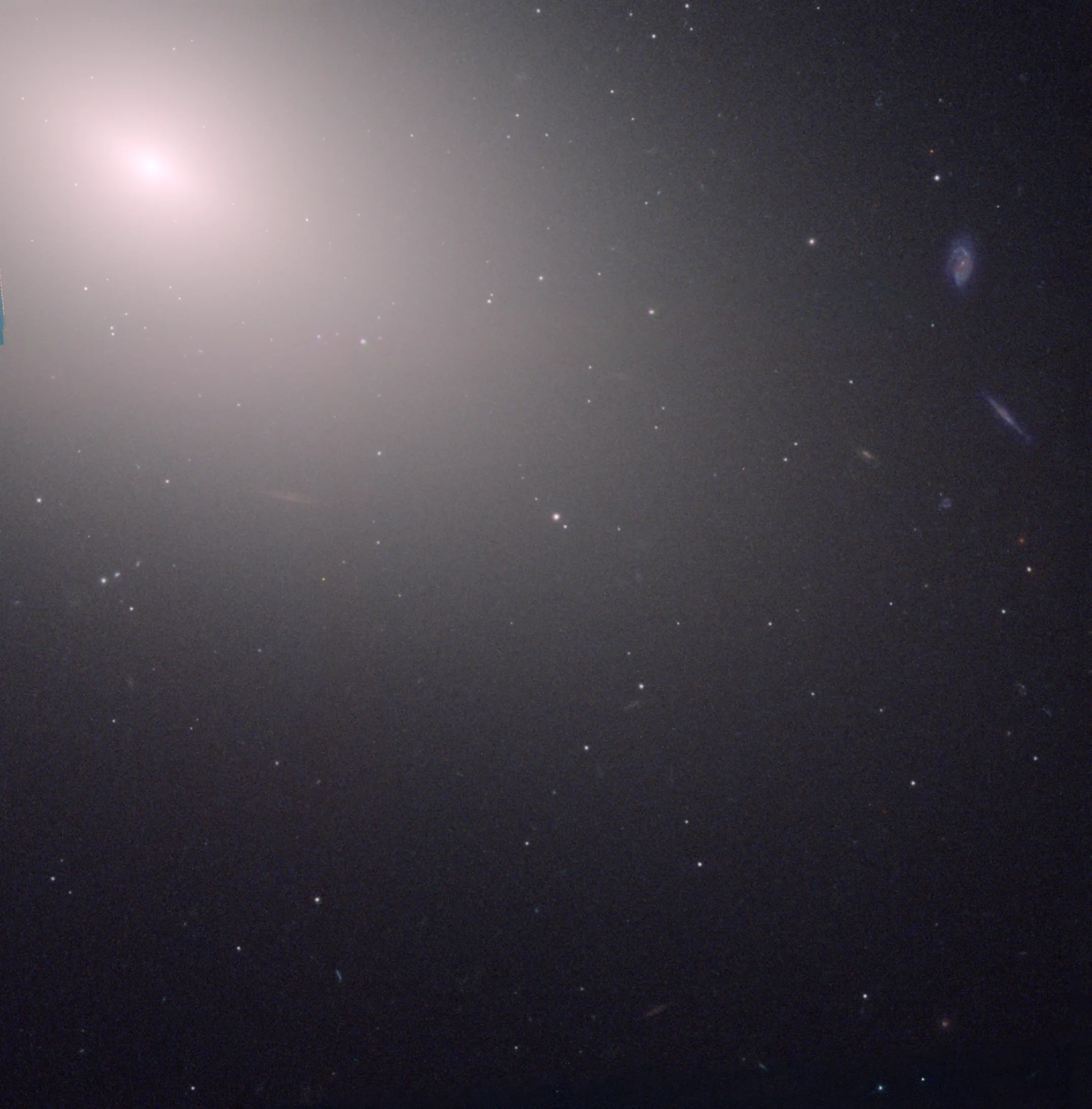
Messier 59
This giant elliptical galaxy holds approximately 2,200 globular clusters.
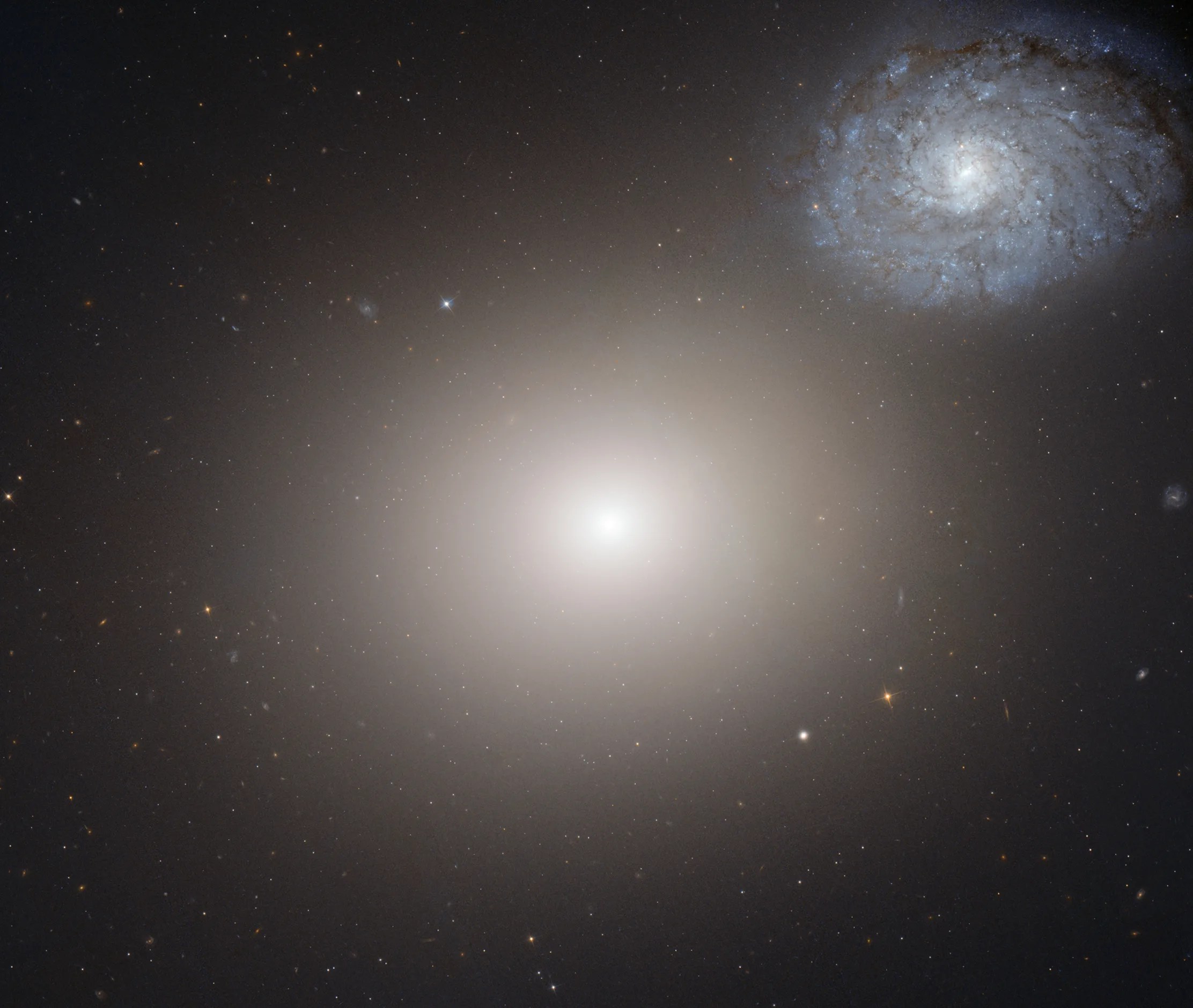
Messier 60
Hubble captured the elliptical galaxy, Messier 60, and a smaller spiral galaxy, NGC 4647.
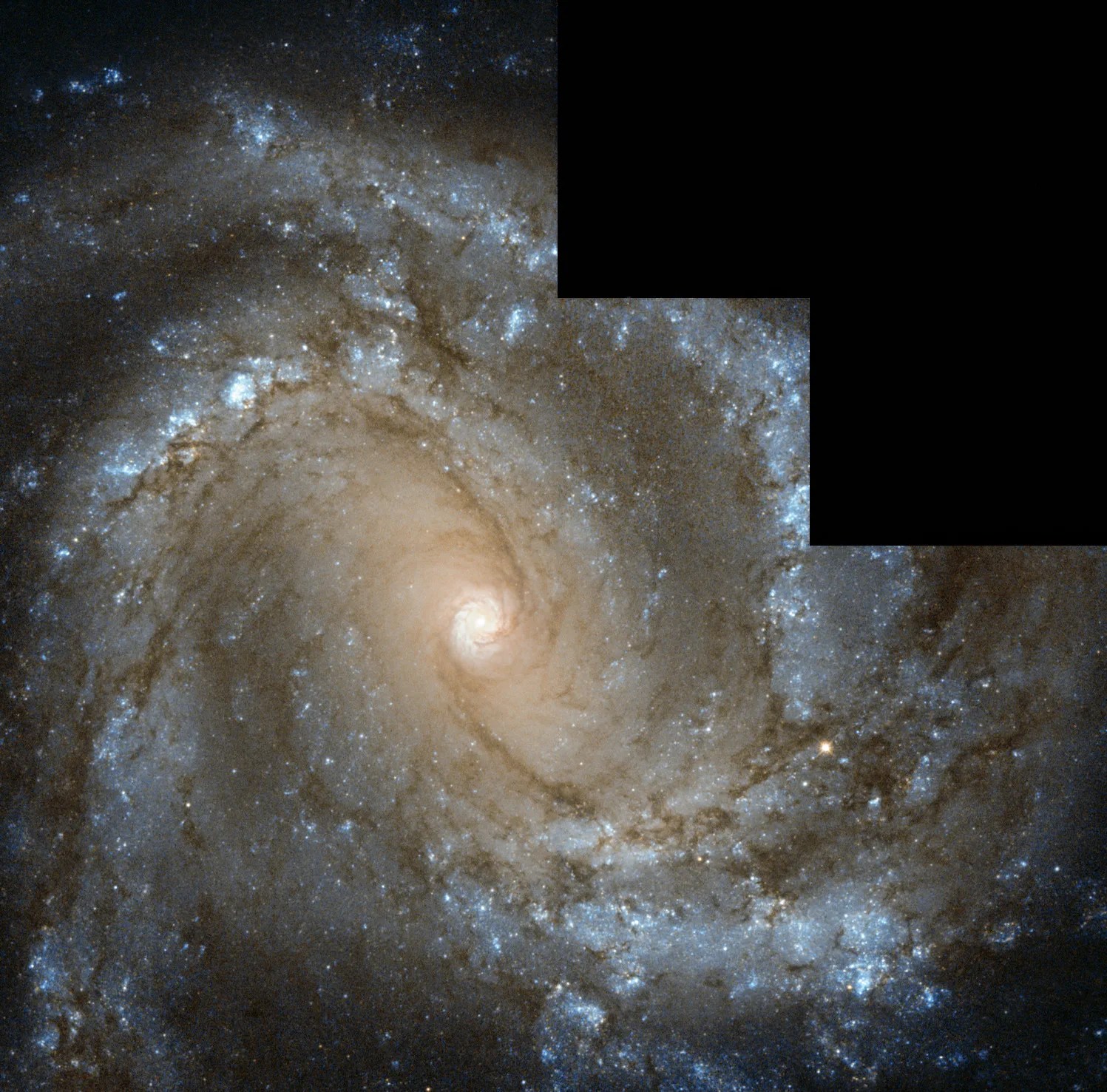
Messier 61
This galaxy is undergoing a period of intense star formation.
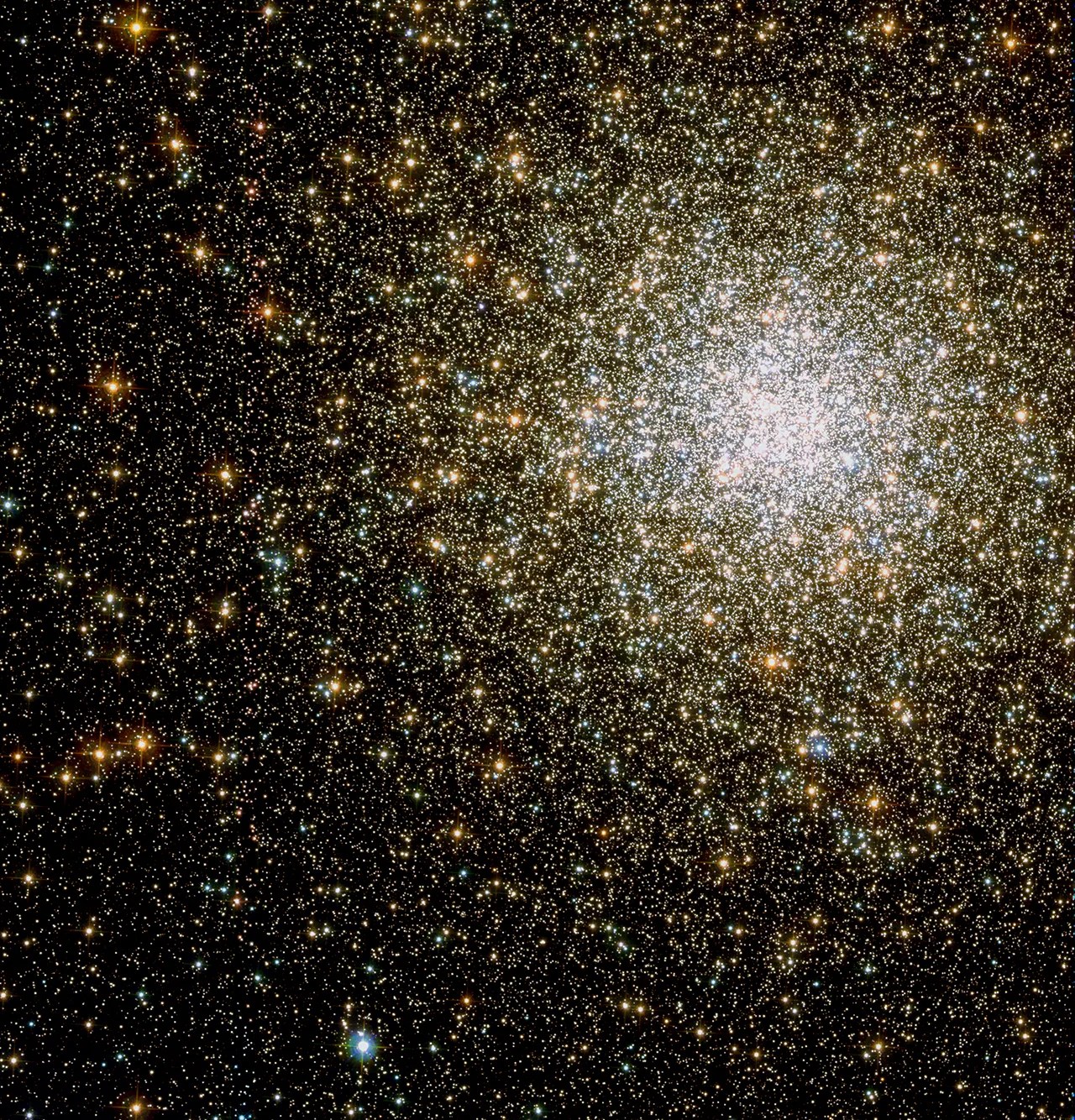
Messier 62
This globular cluster has an extremely dense core of 150,000 stars.
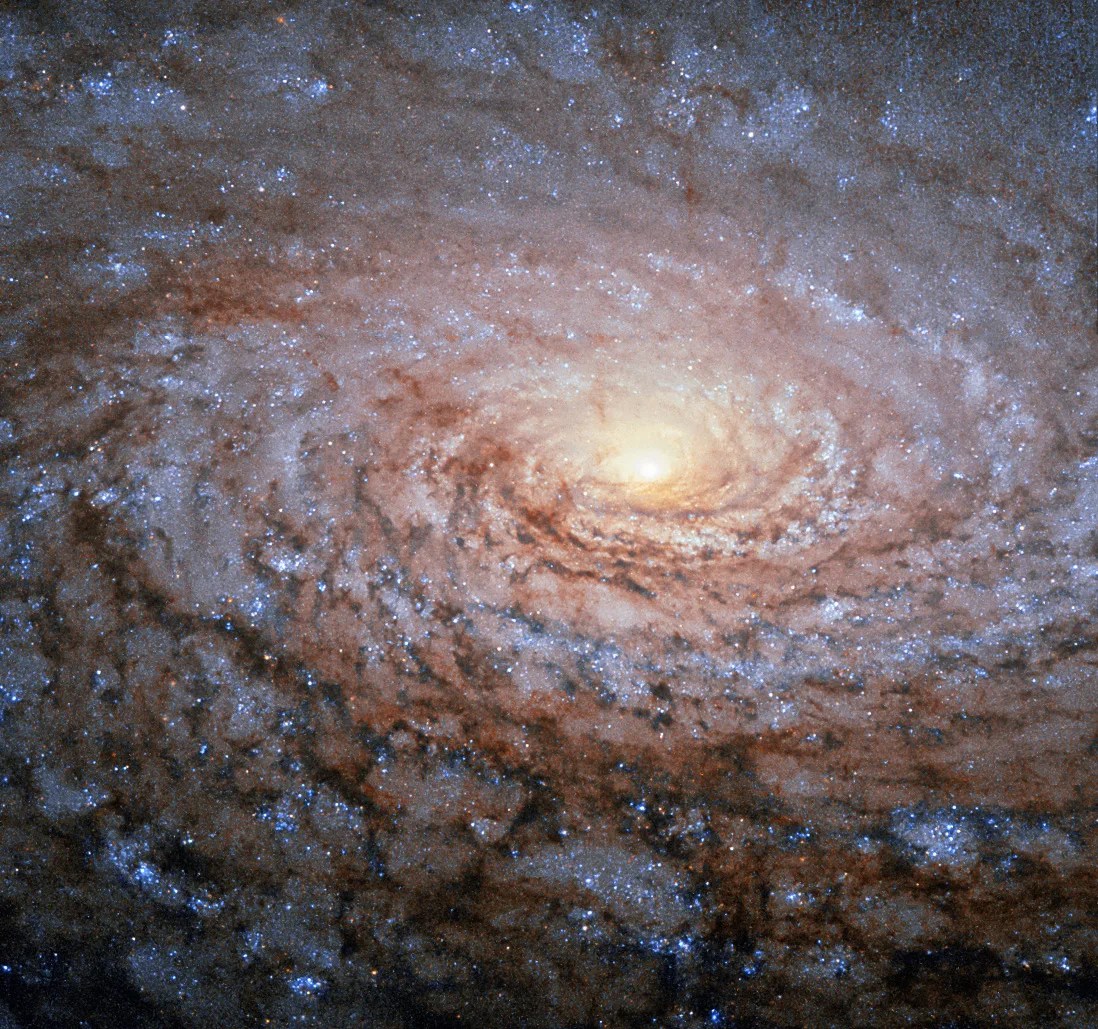
Messier 63 (The Sunflower Galaxy)
This flocculent galaxy is a type of spiral without well defined spiral arms.
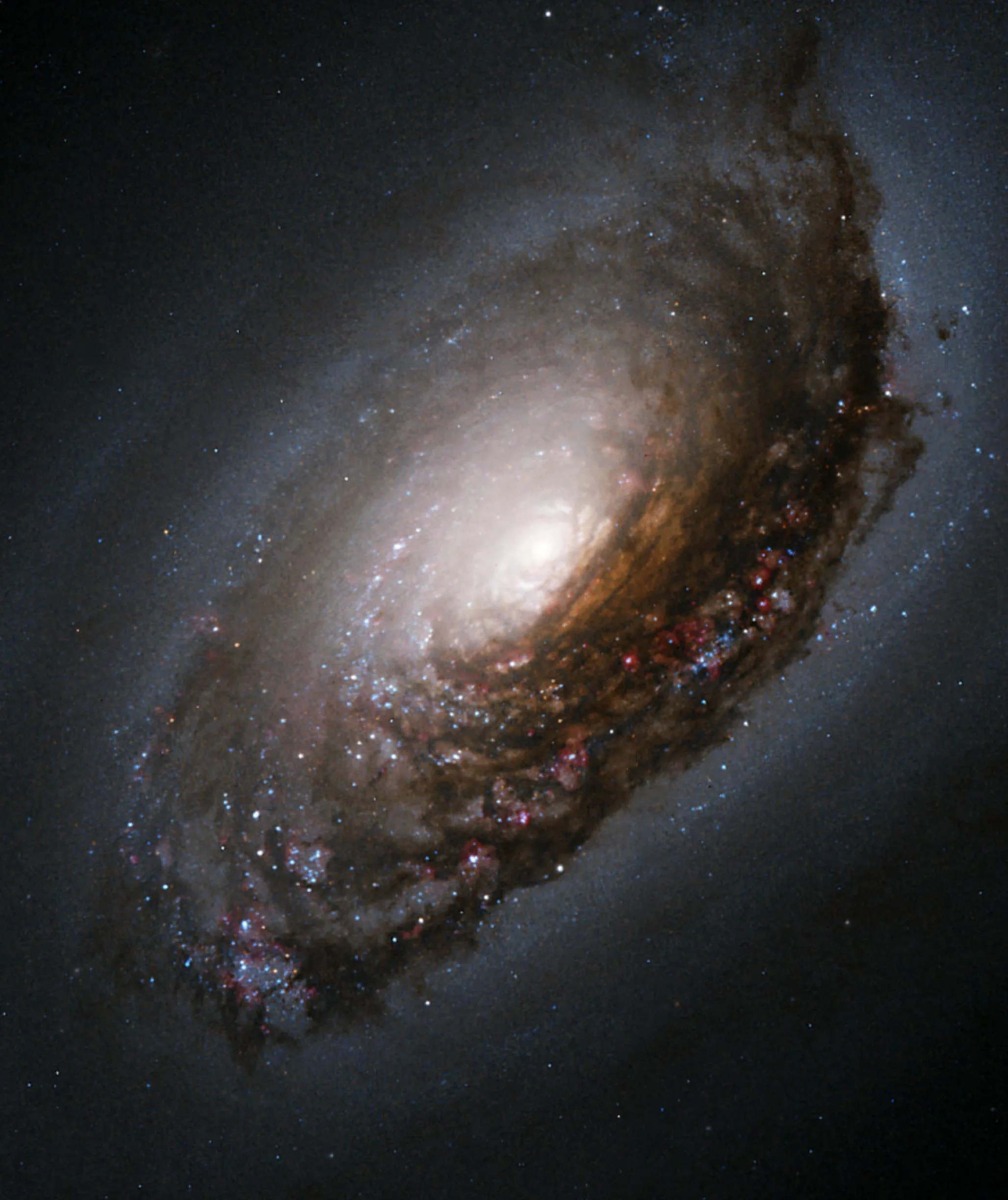
Messier 64 (The Black Eye Galaxy)
This dusty galaxy is also known as the Black Eye galaxy.
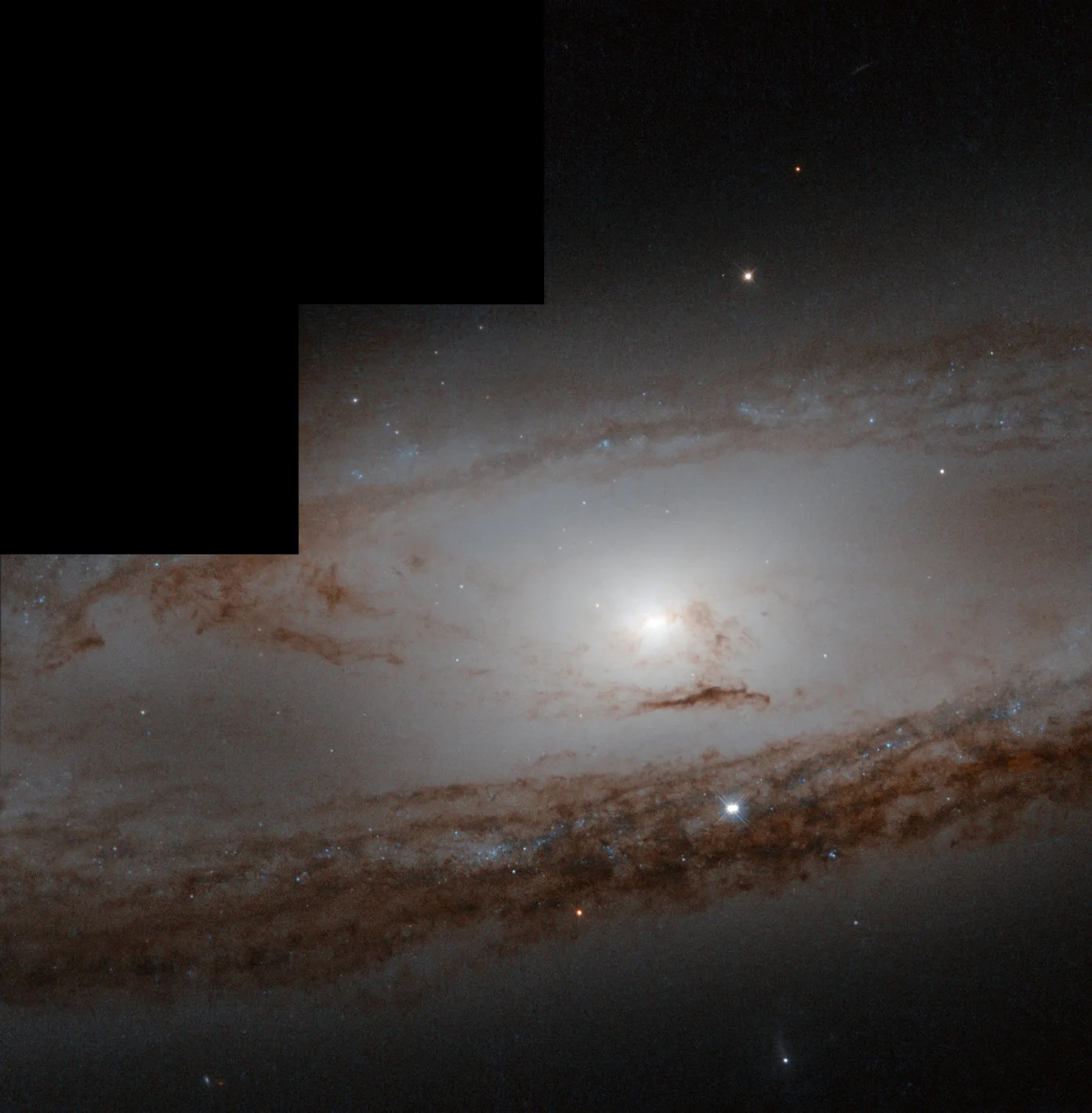
Messier 65
Messier 65 is a member of the Leo Triplet of galaxies.
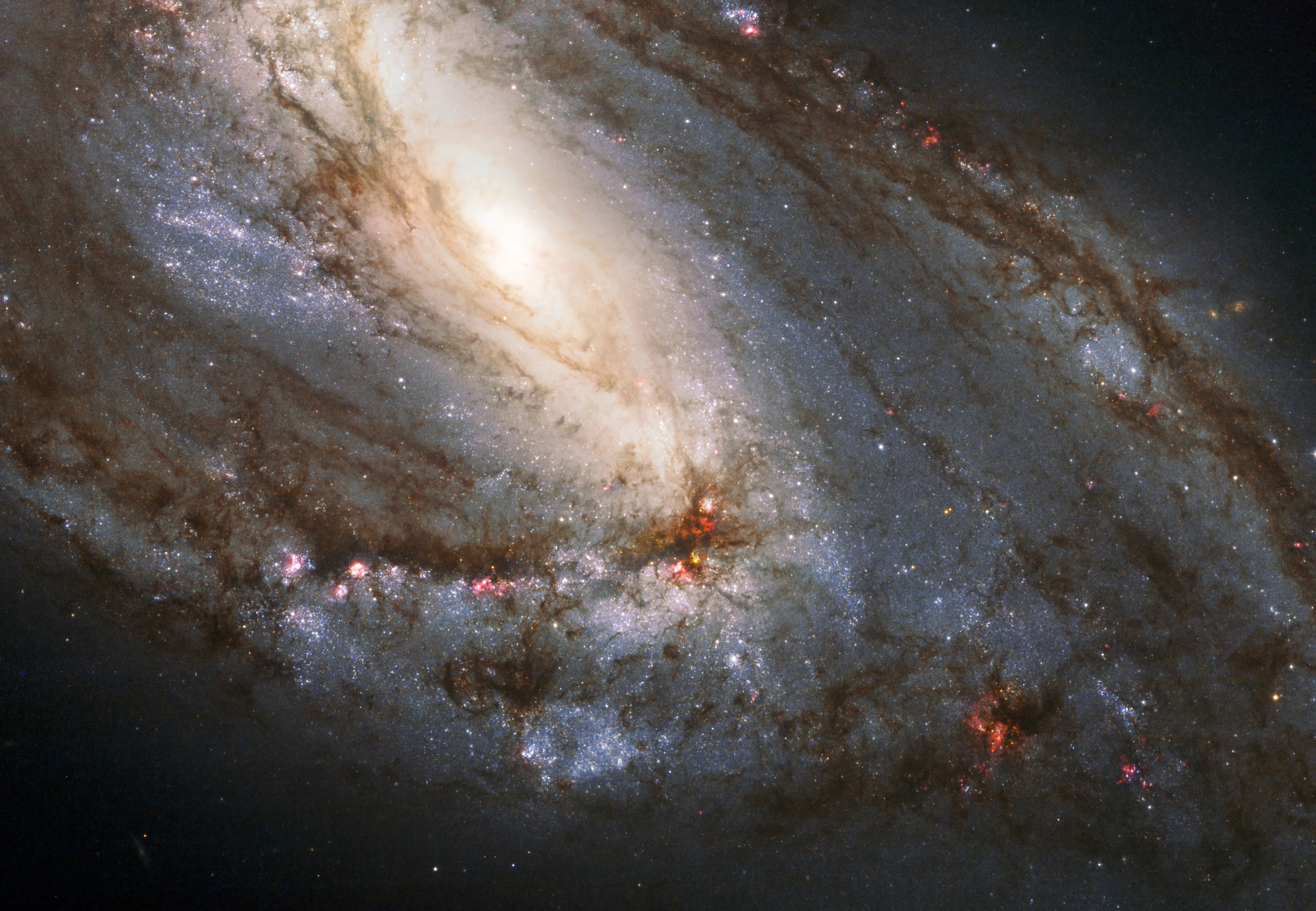
Messier 66
This spiral has asymmetric arms and a core that appears to be off center.
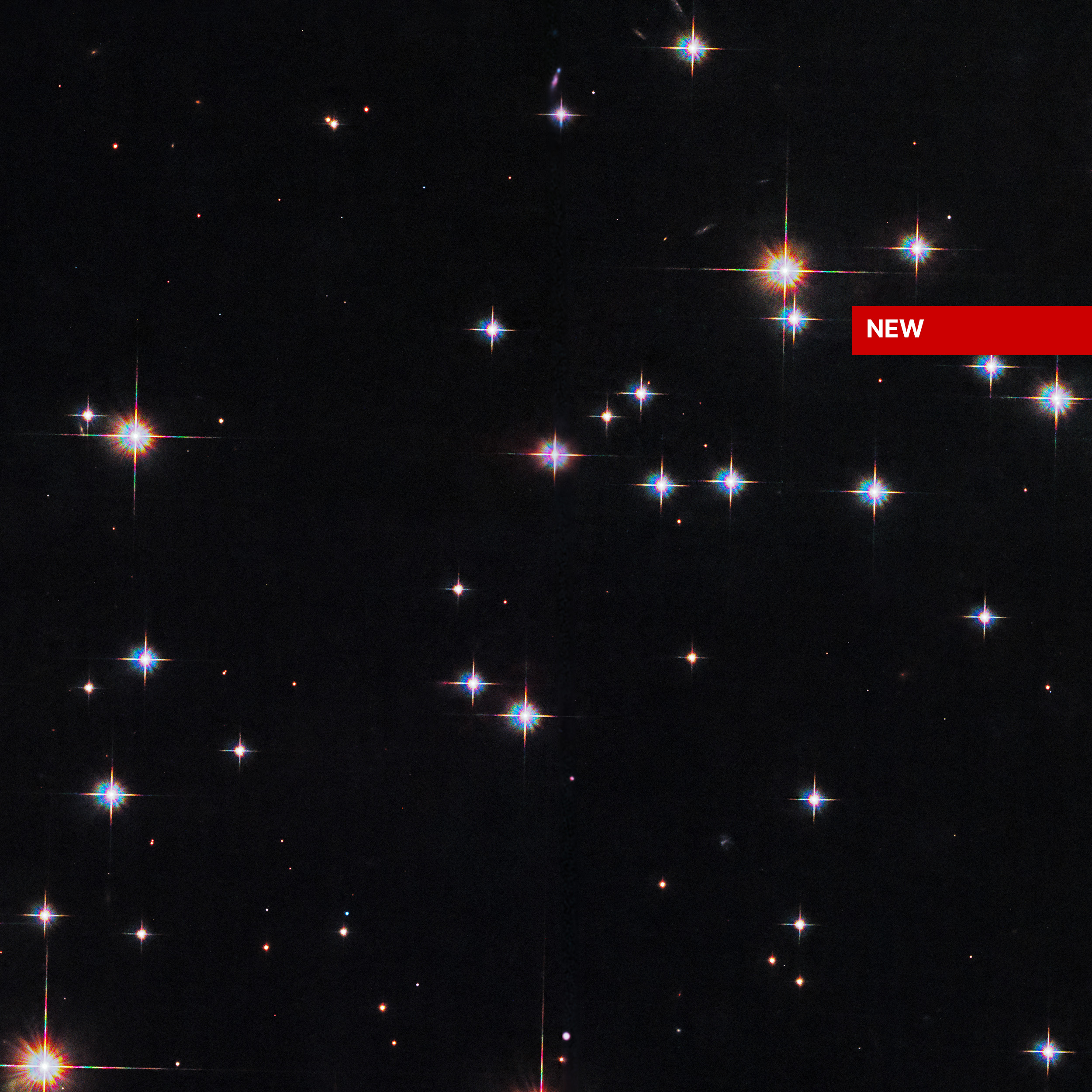
Messier 67
This open cluster contains an unusually old population of stars.
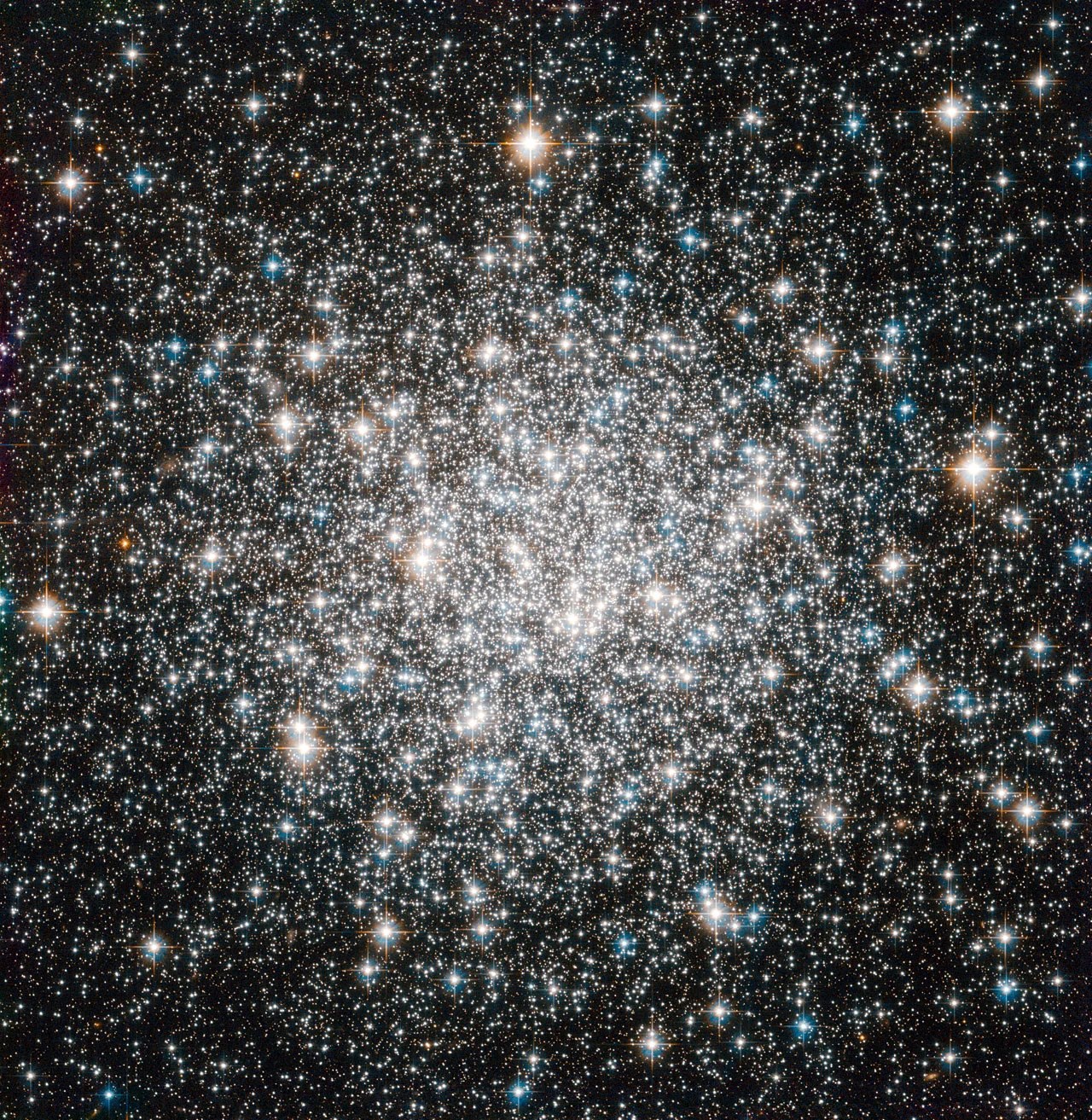
Messier 68
Hubble captured this globular cluster's core at visible and infrared wavelengths of light.
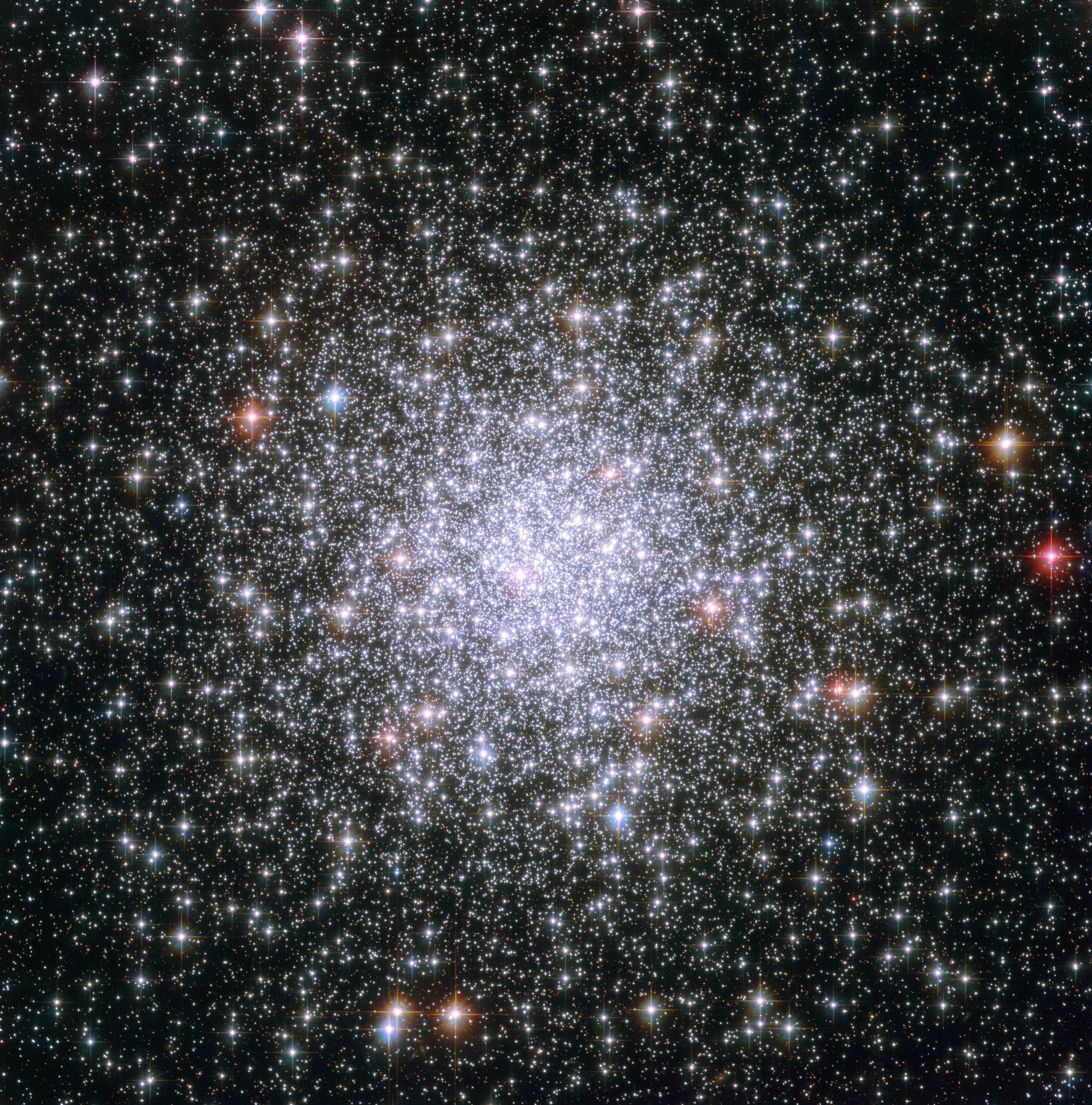
Messier 69
This globular cluster is one of the most metal-rich ever observed.
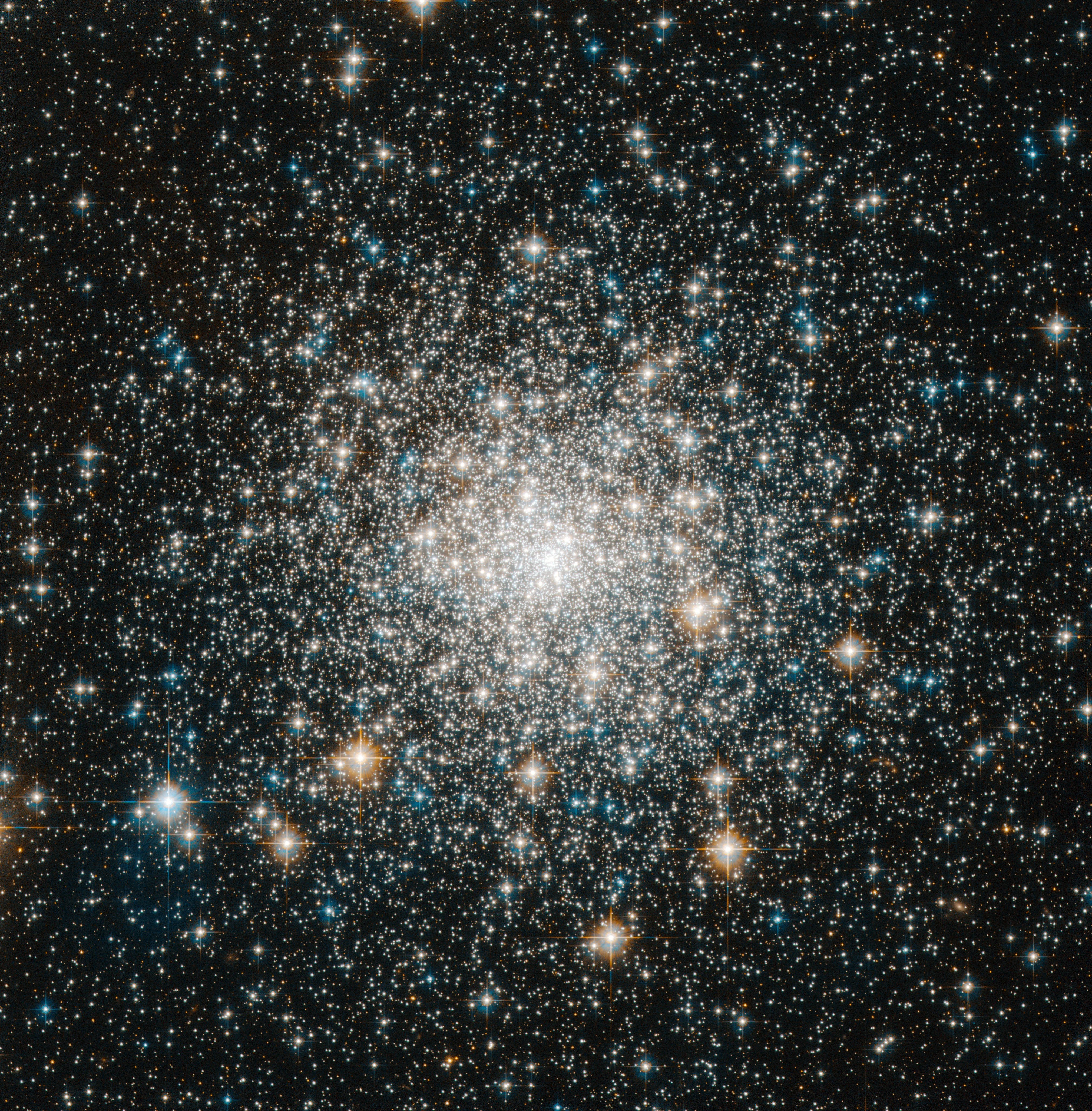
Messier 70
Messier 70 has more stars at its core than the average globular cluster.
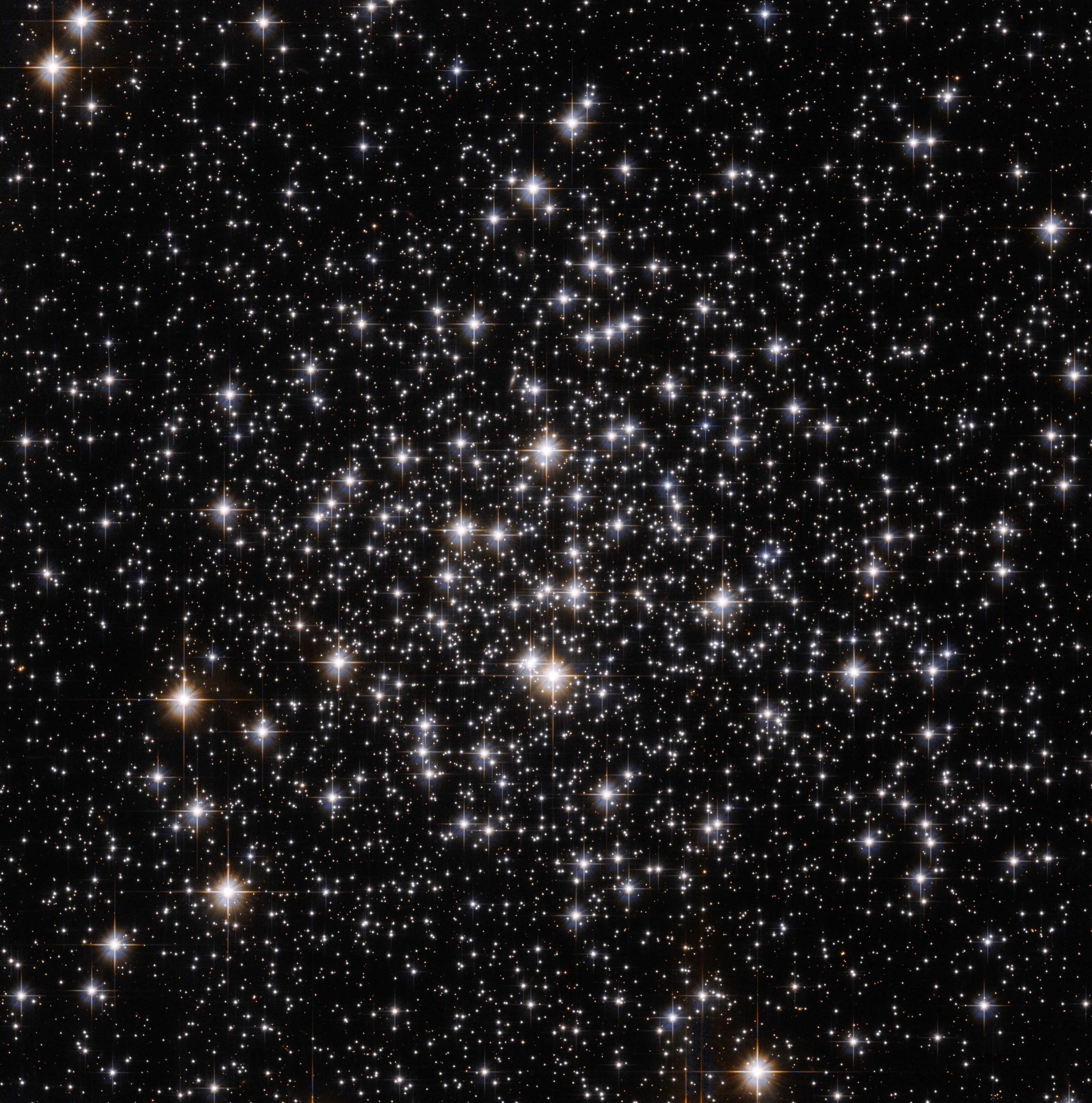
Messier 71
This globular cluster is one of the smallest of its kind.
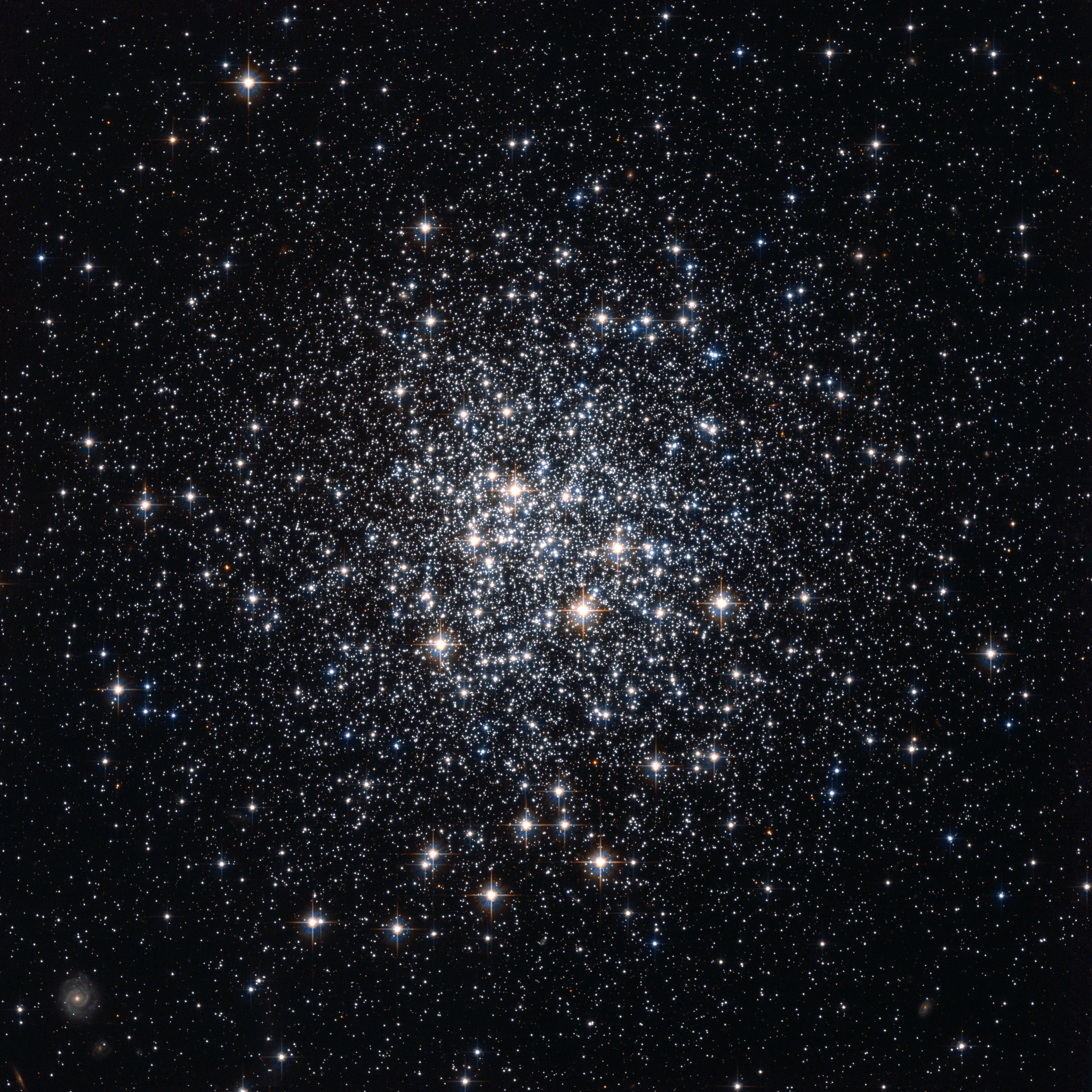
Messier 72
This is one of the most remote clusters in Messier’s catalog.
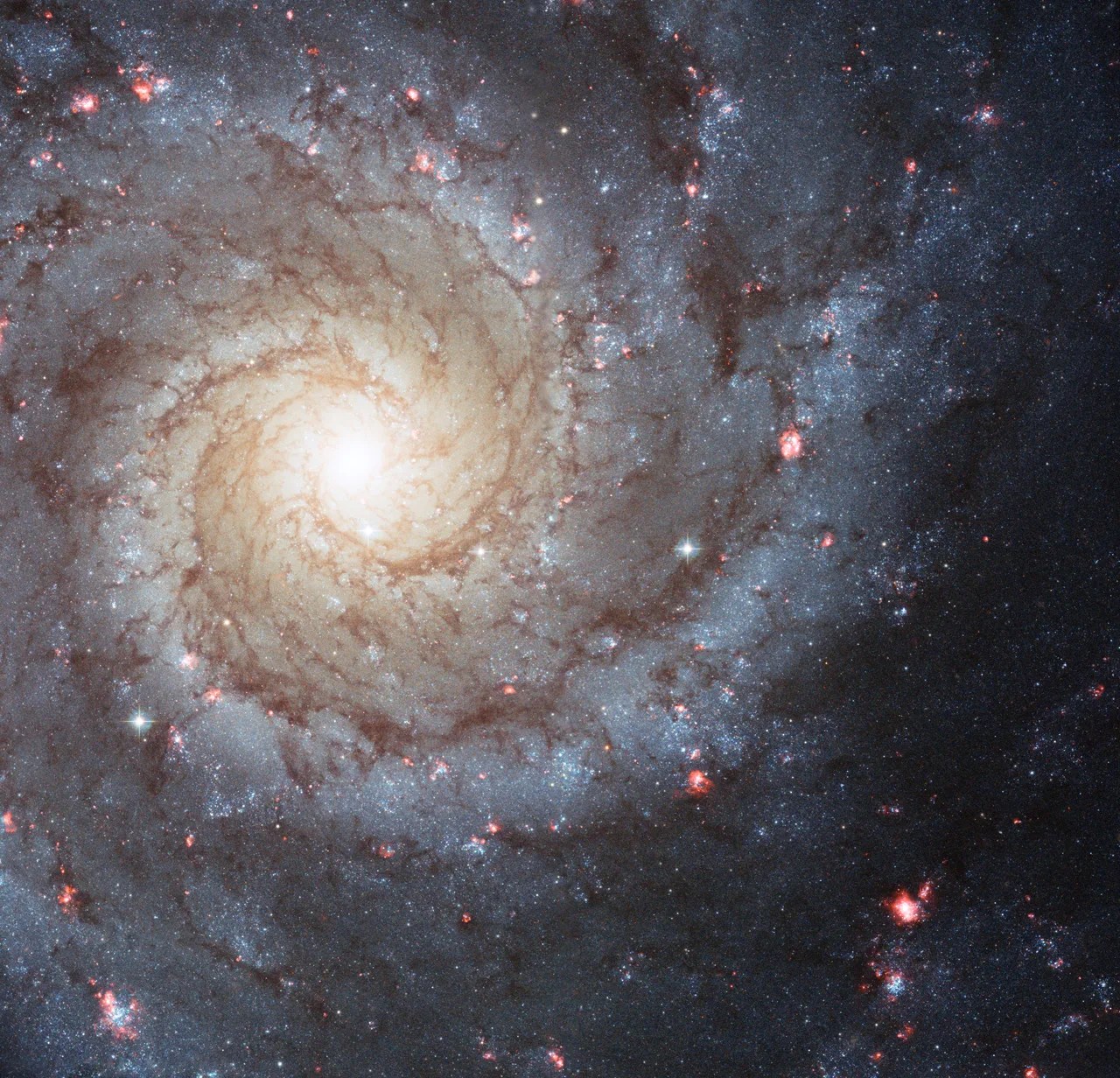
Messier 74
Hubble captured this face-on spiral galaxy at visible and infrared wavelengths.
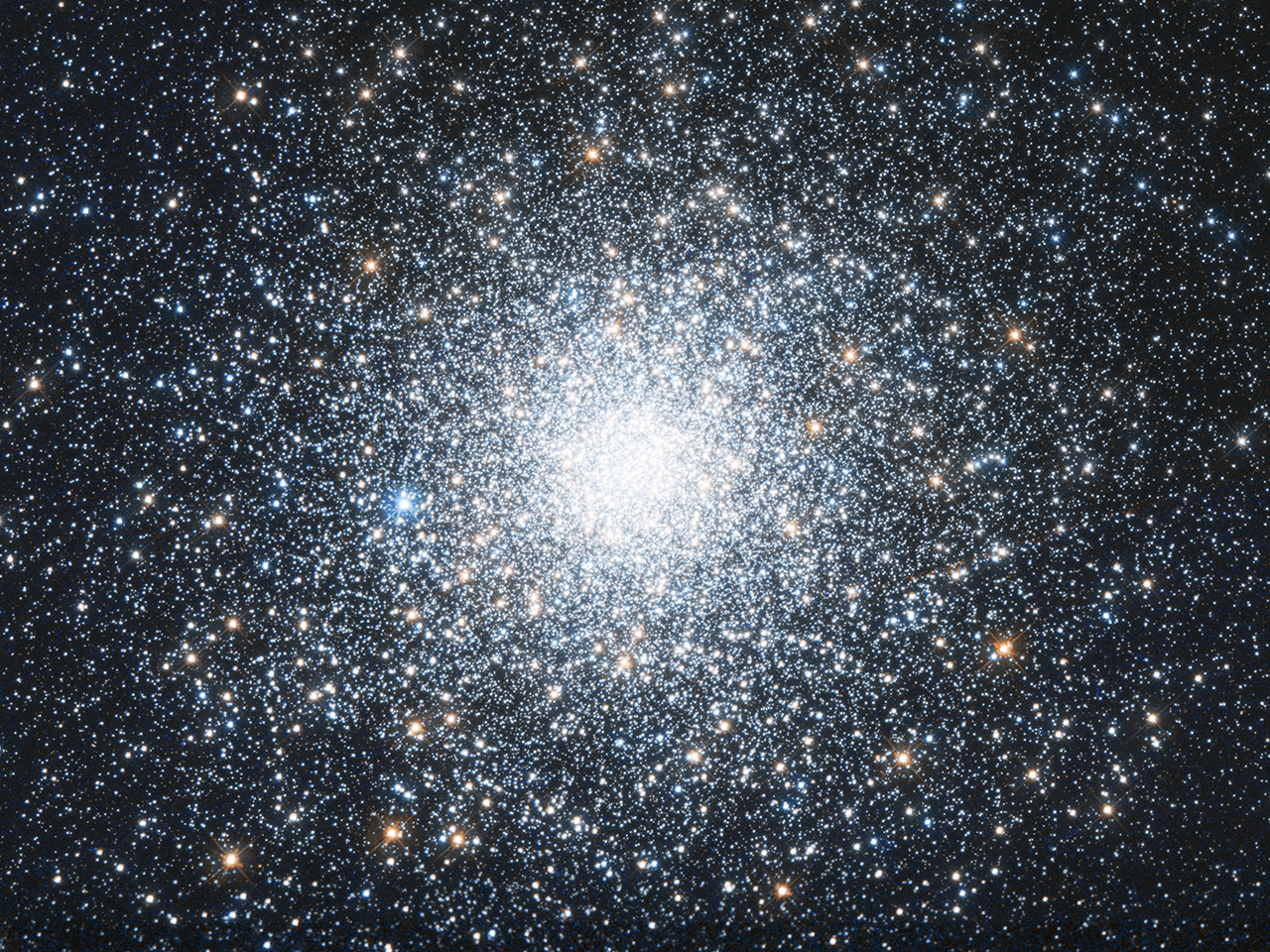
Messier 75
This globular cluster holds roughly 400,000 stars.
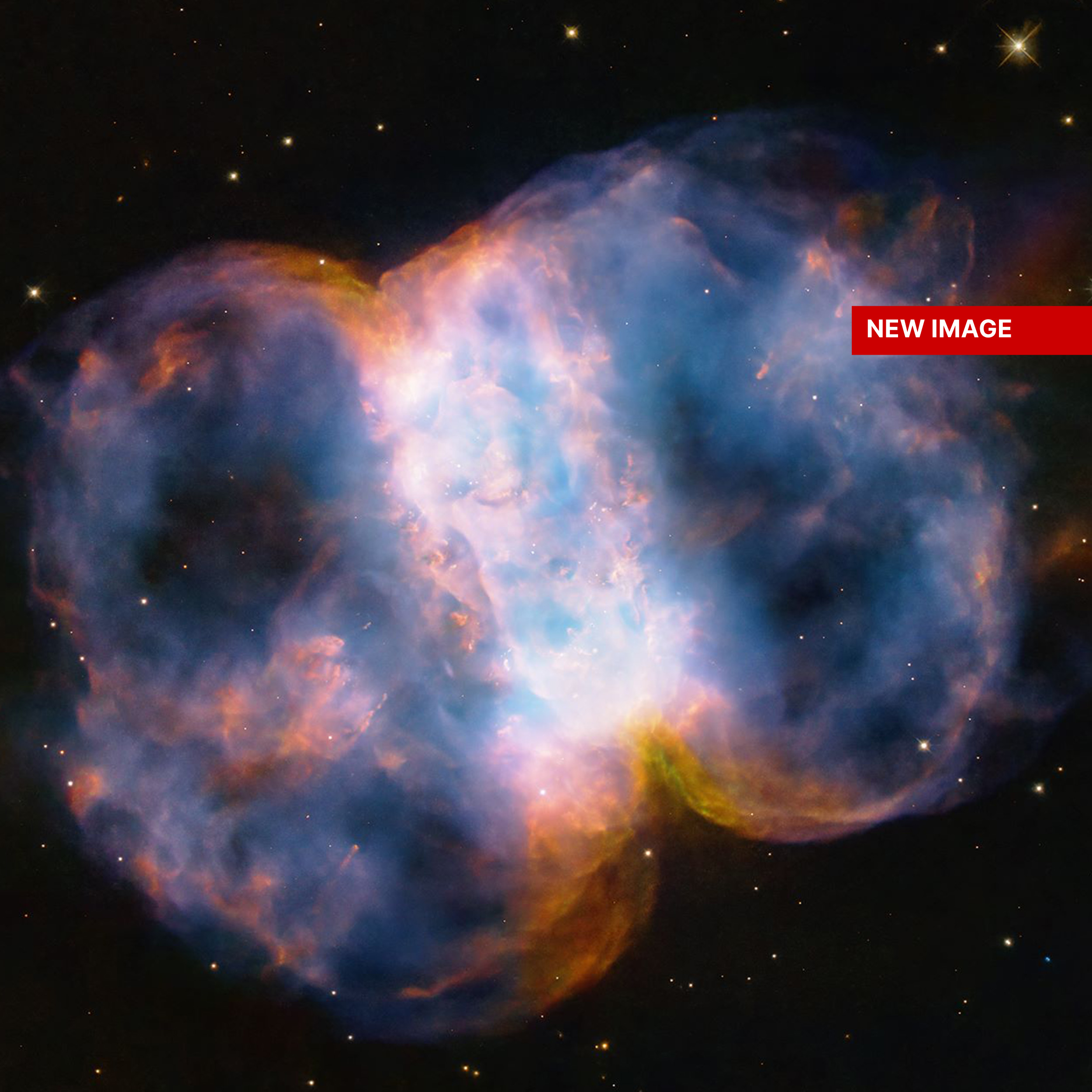
Messier 76
This planetary nebula is also known as the Cork Nebula, Barbell Nebula, or Little Dumbbell Nebula.
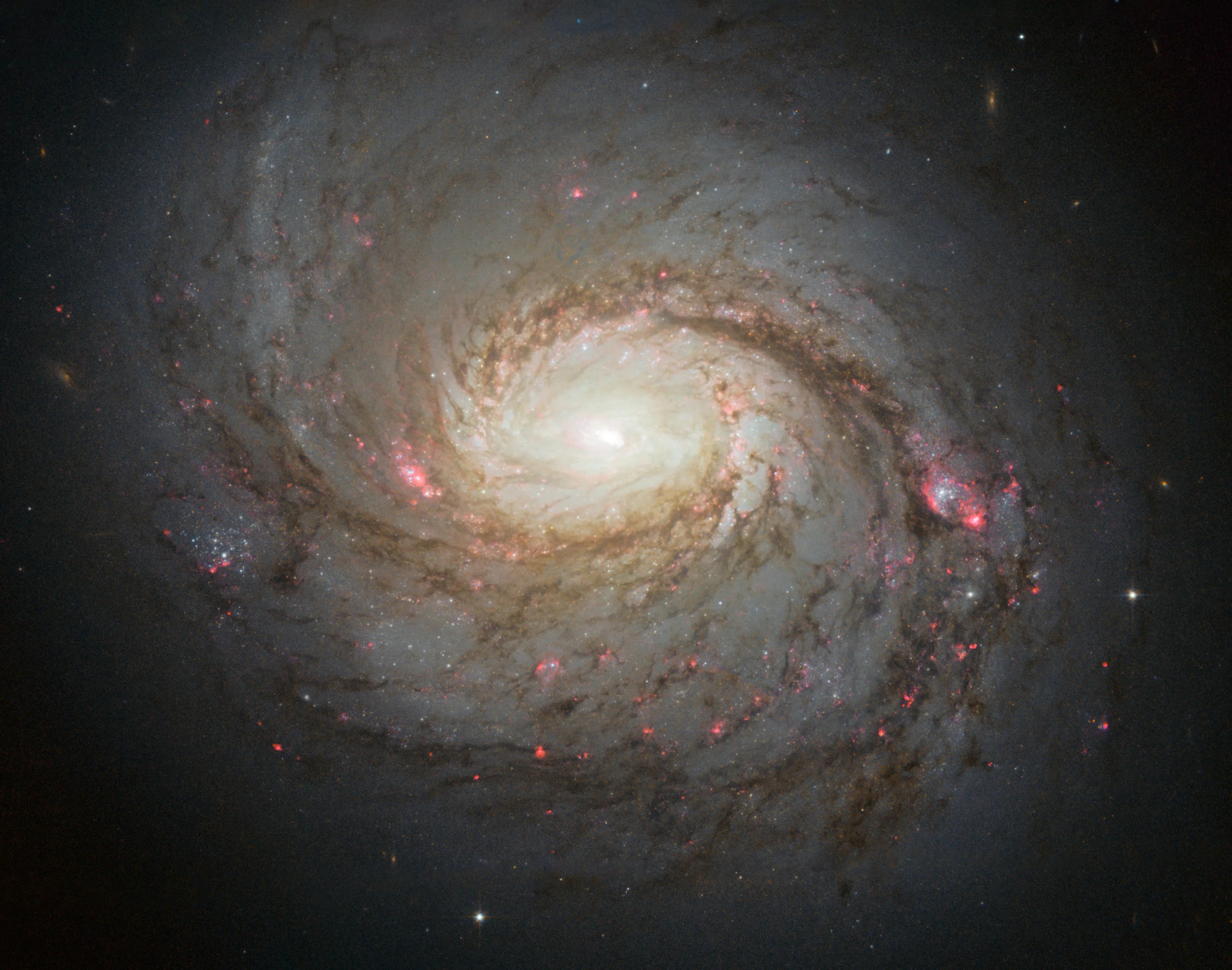
Messier 77
This majestic spiral galaxy has an intensely active core.
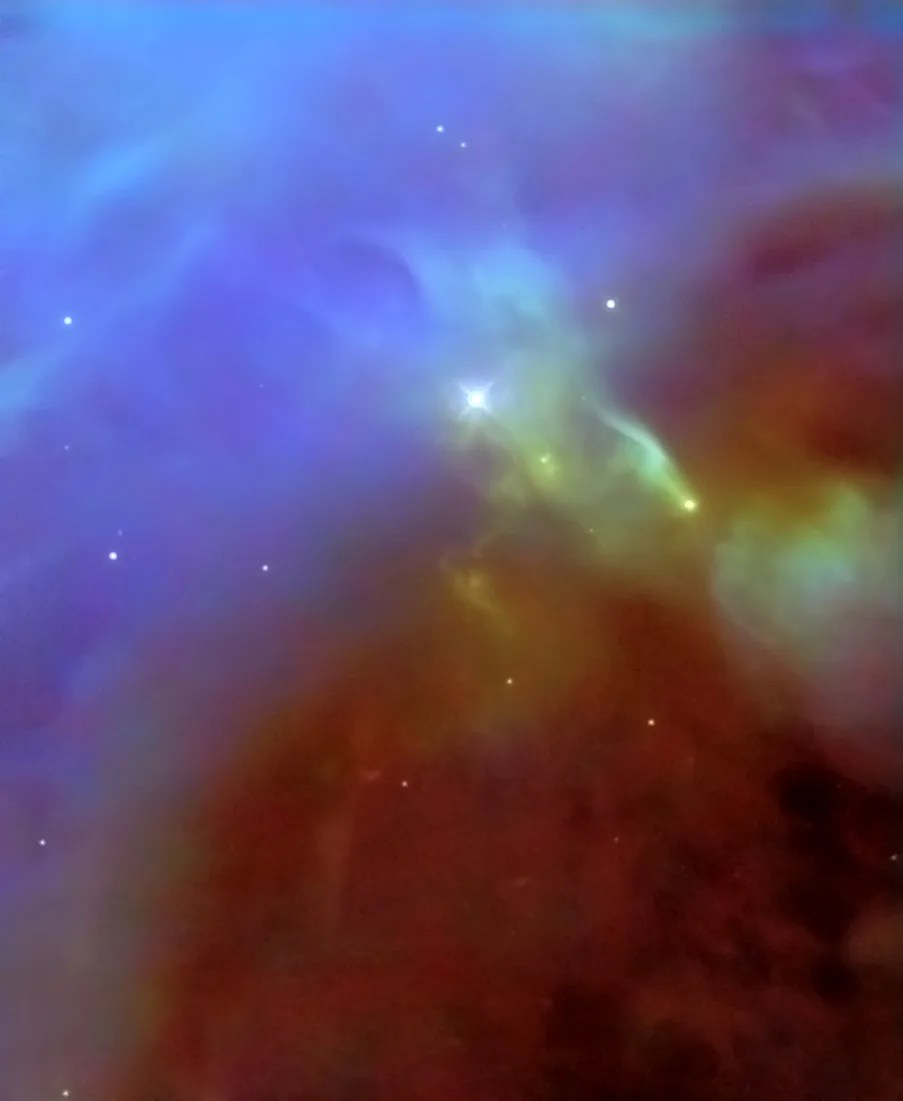
Messier 78
Hubble's infrared image of Messier 78 helped astronomers understand how young stars develop.
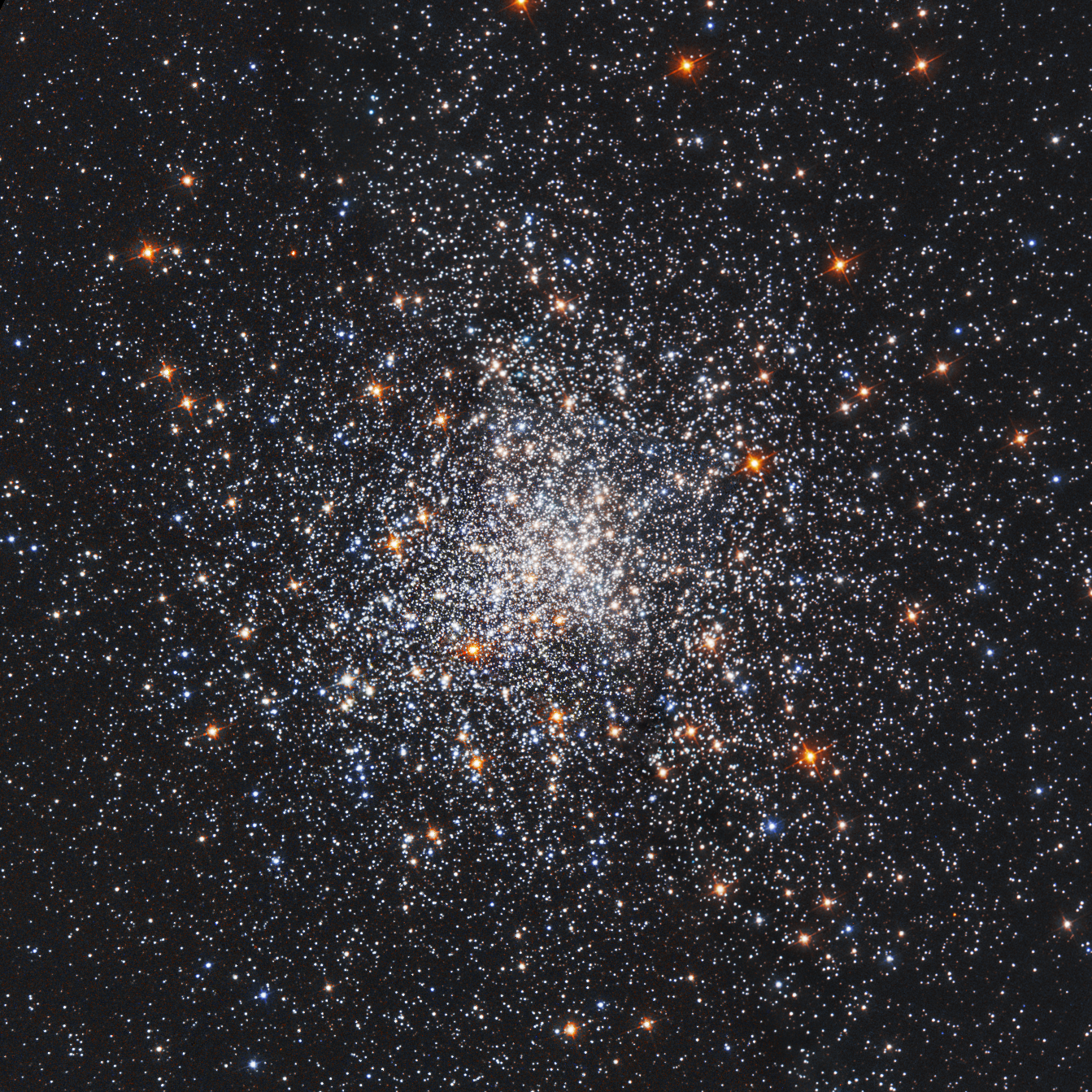
Messier 79
Our Milky Way galaxy may have stripped this globular cluster from another galaxy.
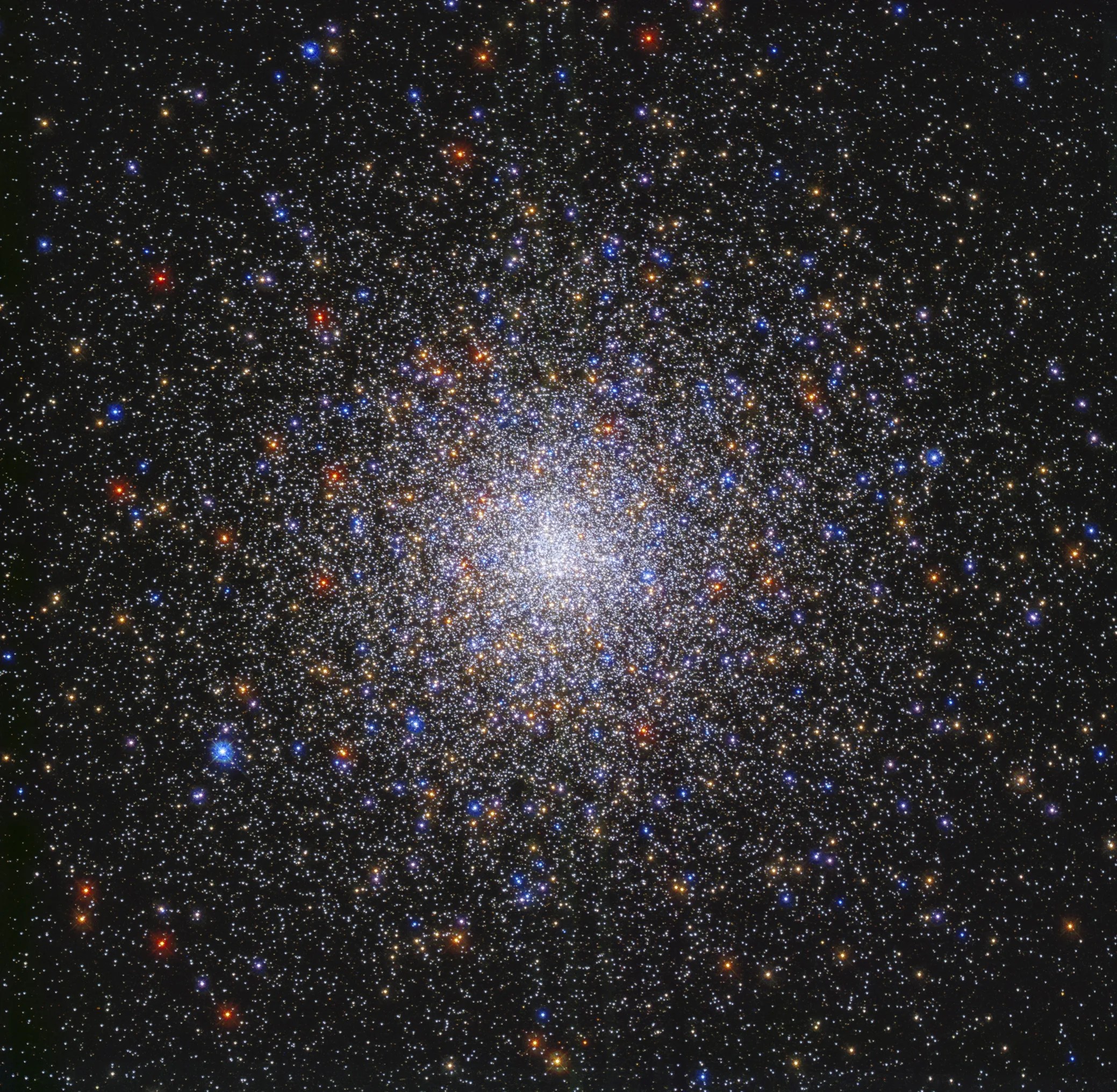
Messier 80
Hubble’s ultraviolet observations of this globular cluster helped astronomers identify the remains of a nova-producing white dwarf.
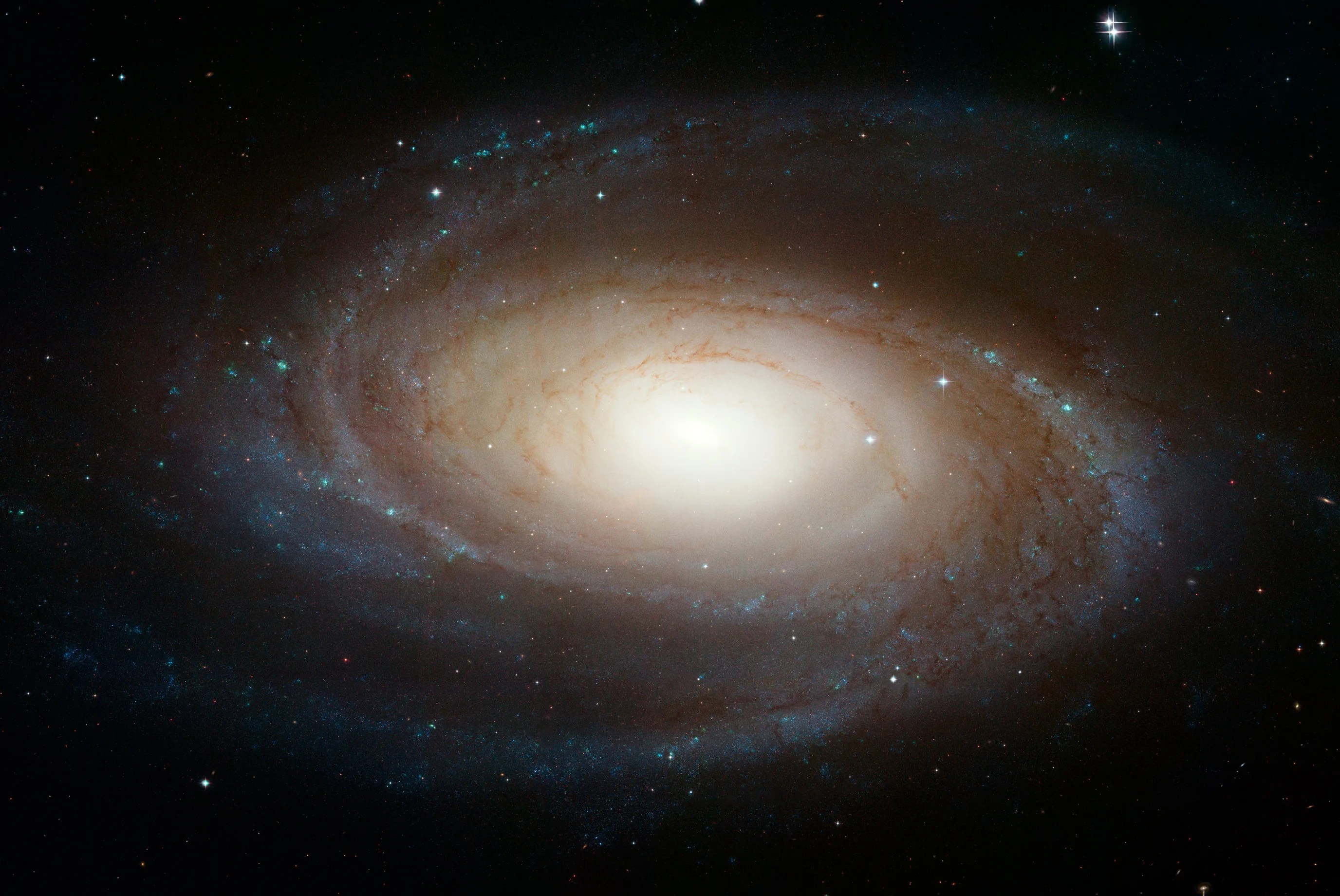
Messier 81
This stately spiral galaxy holds a black hole at its heart that is 70 million times the mass of the…
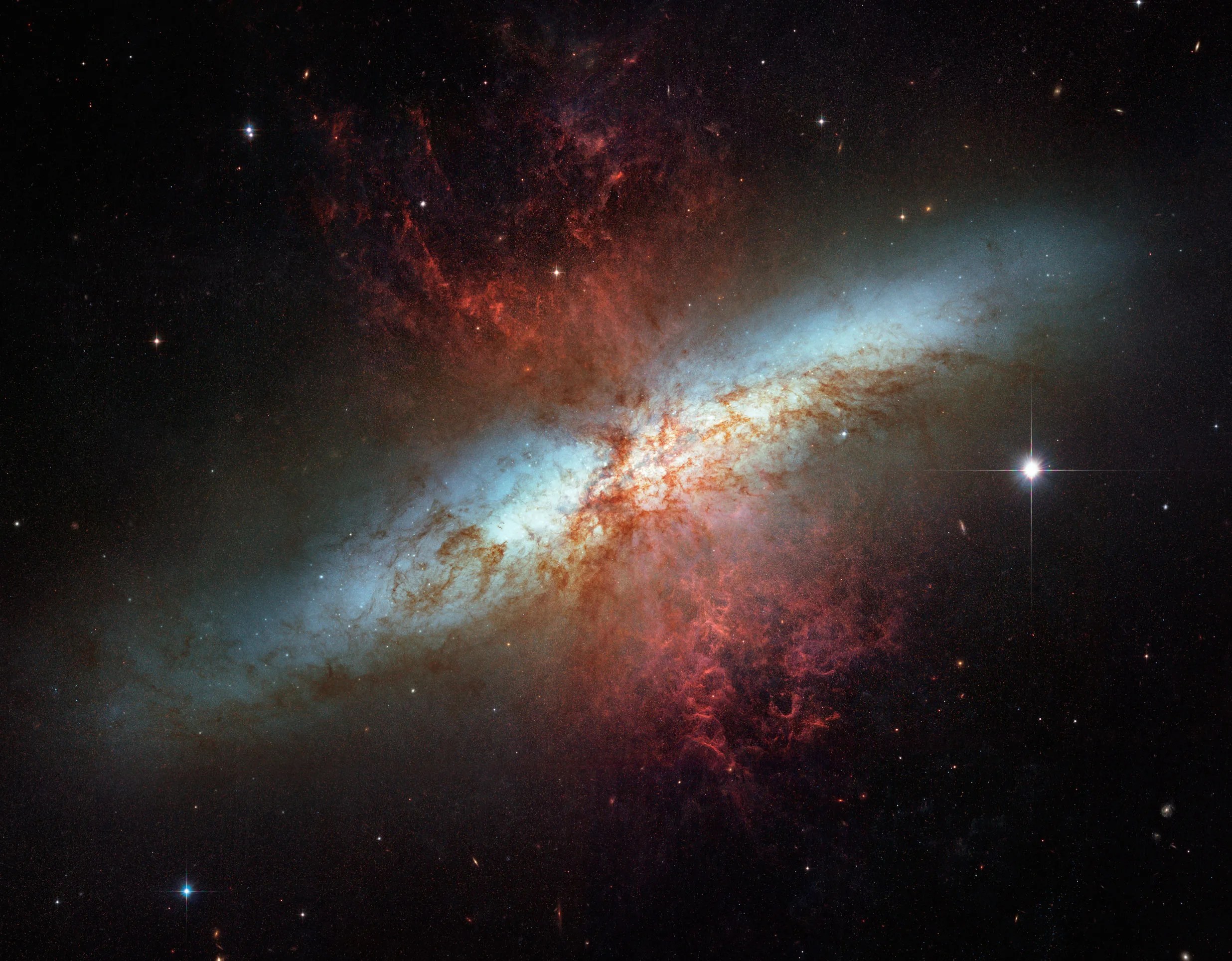
Messier 82 (The Cigar Galaxy)
This galaxy's center is forming stars 10 times faster than our entire Milky Way.
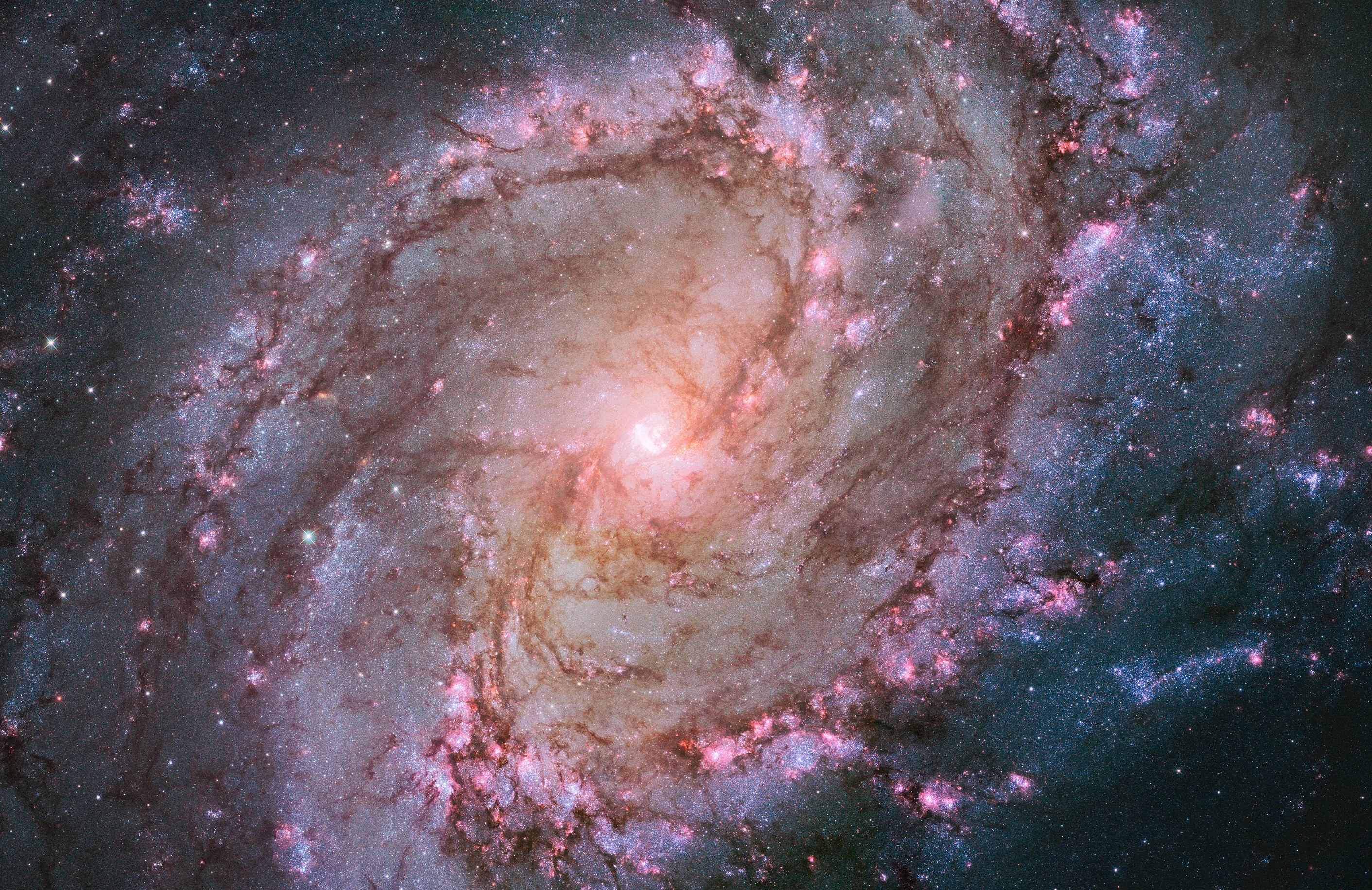
Messier 83 (The Southern Pinwheel)
This spiral galaxy is forming new stars in clusters on the edges of its dark, spiraling dust lanes.
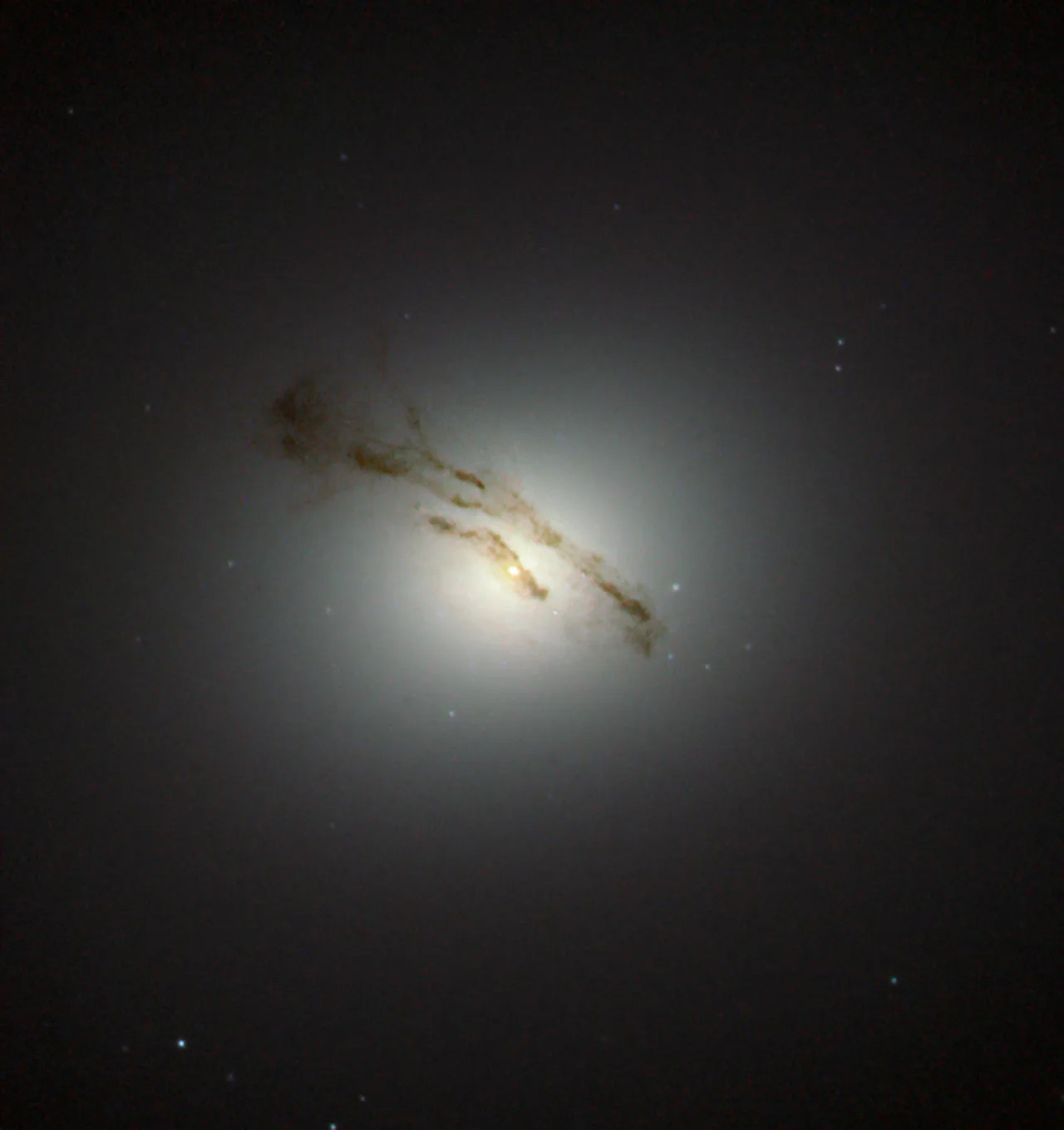
Messier 84
This elliptical is one of the many galaxies that make up the Virgo Cluster.
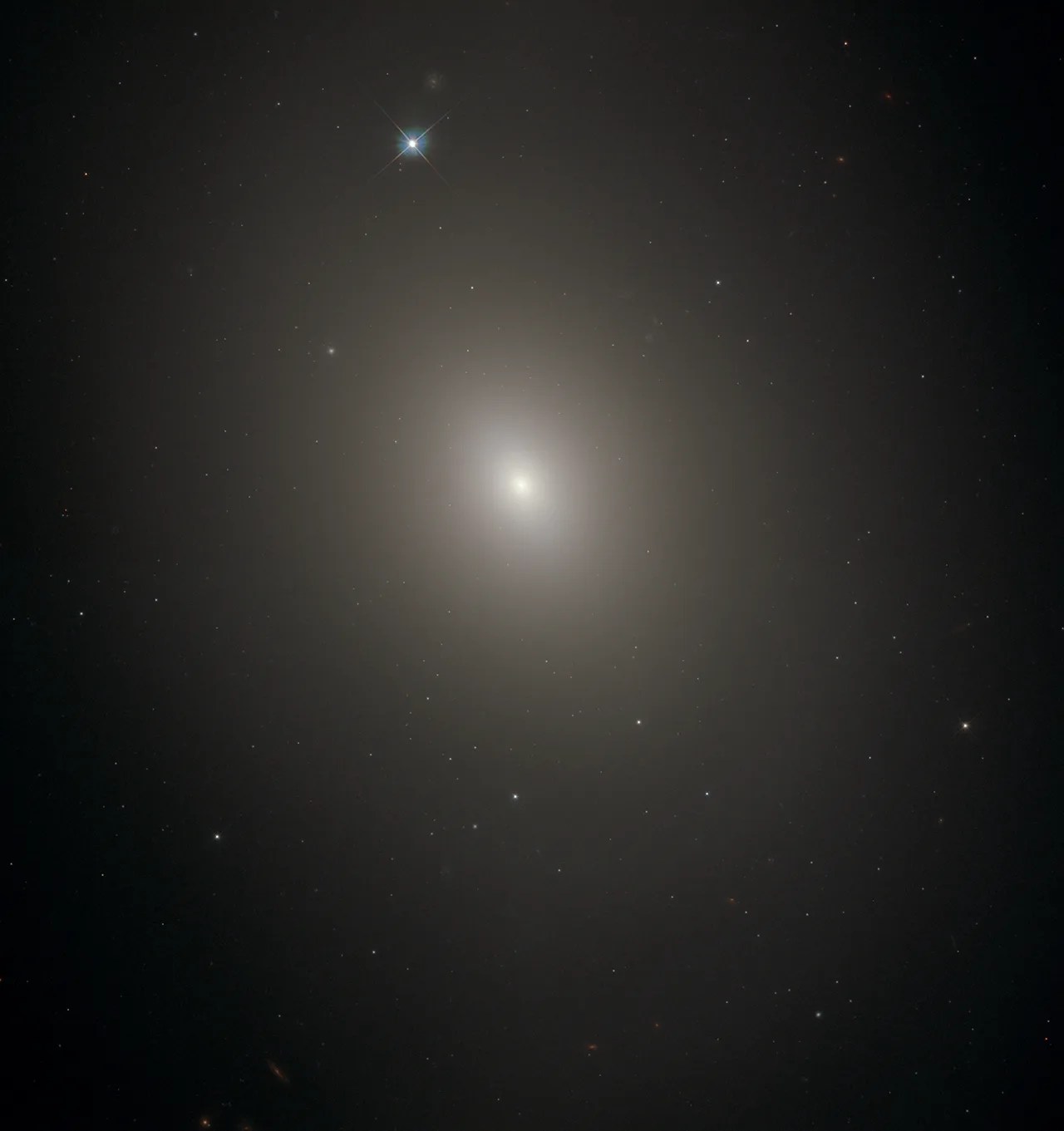
Messier 85
This galaxy may be an elliptical galaxy or a lenticular galaxy.
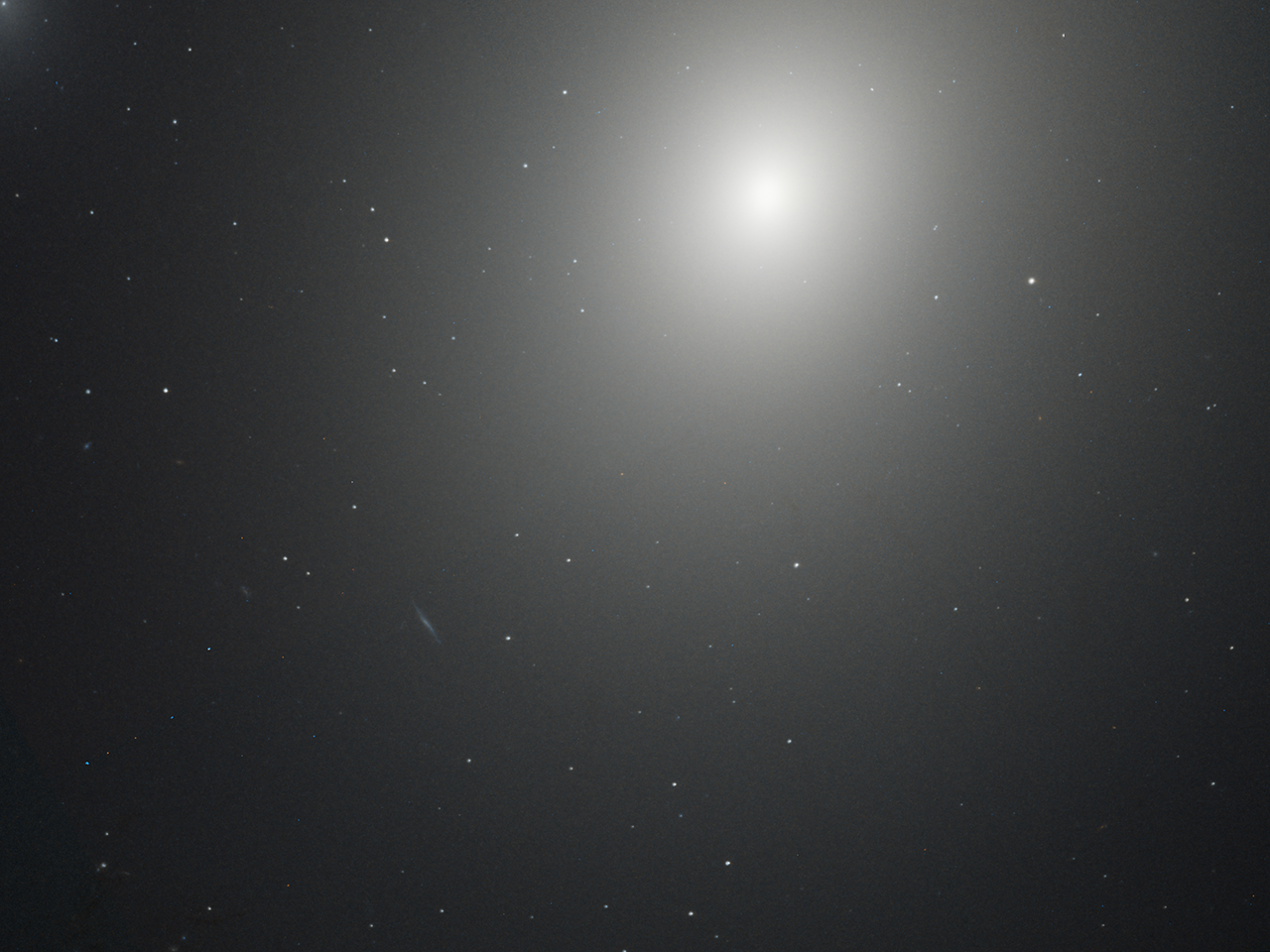
Messier 86
Messier 86 is either a lenticular or elliptical galaxy that holds roughly 3,800 globular clusters.
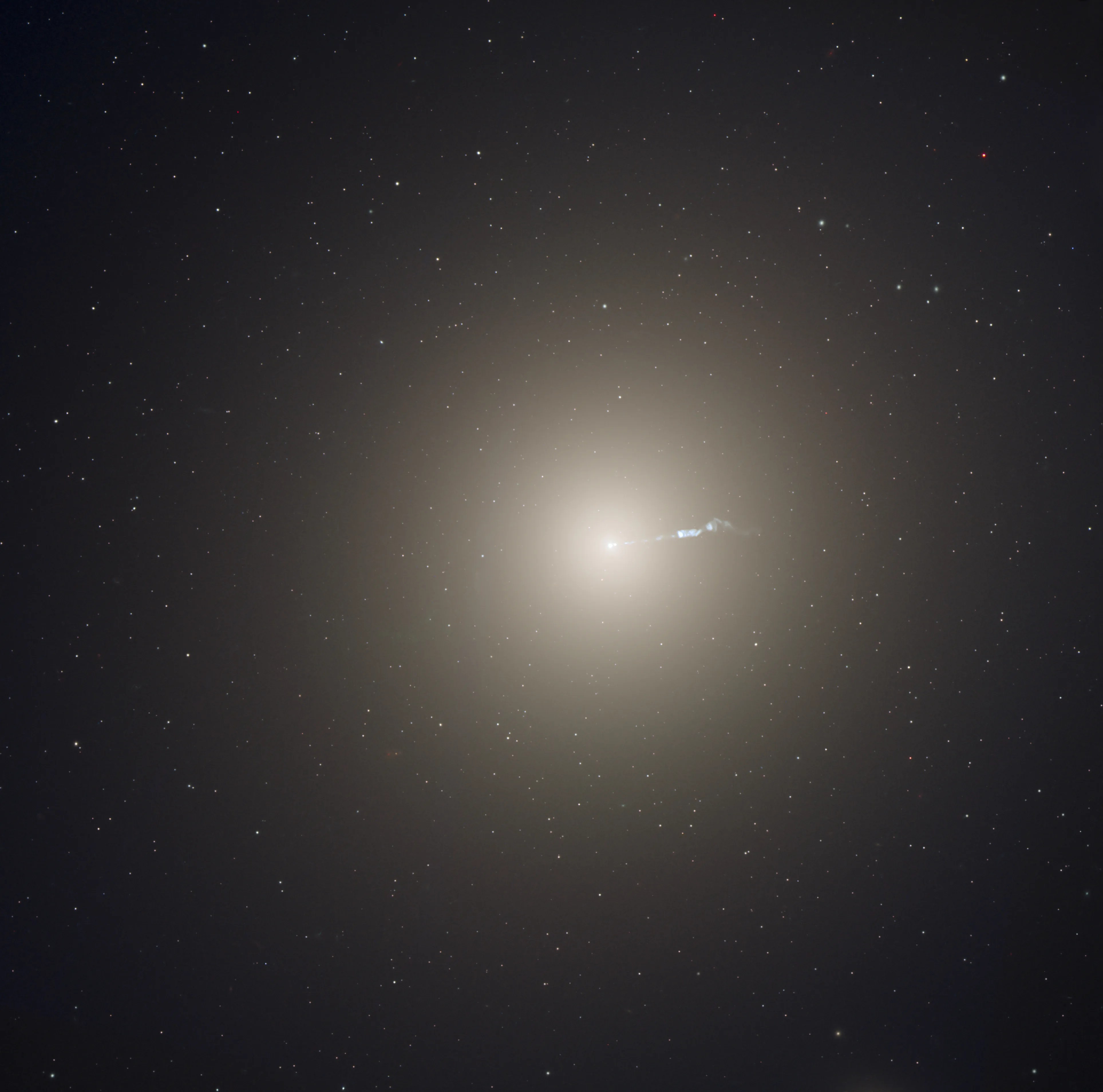
Messier 87
This enormous elliptical galaxy is home of several trillion stars some 15,000 globular star clusters.
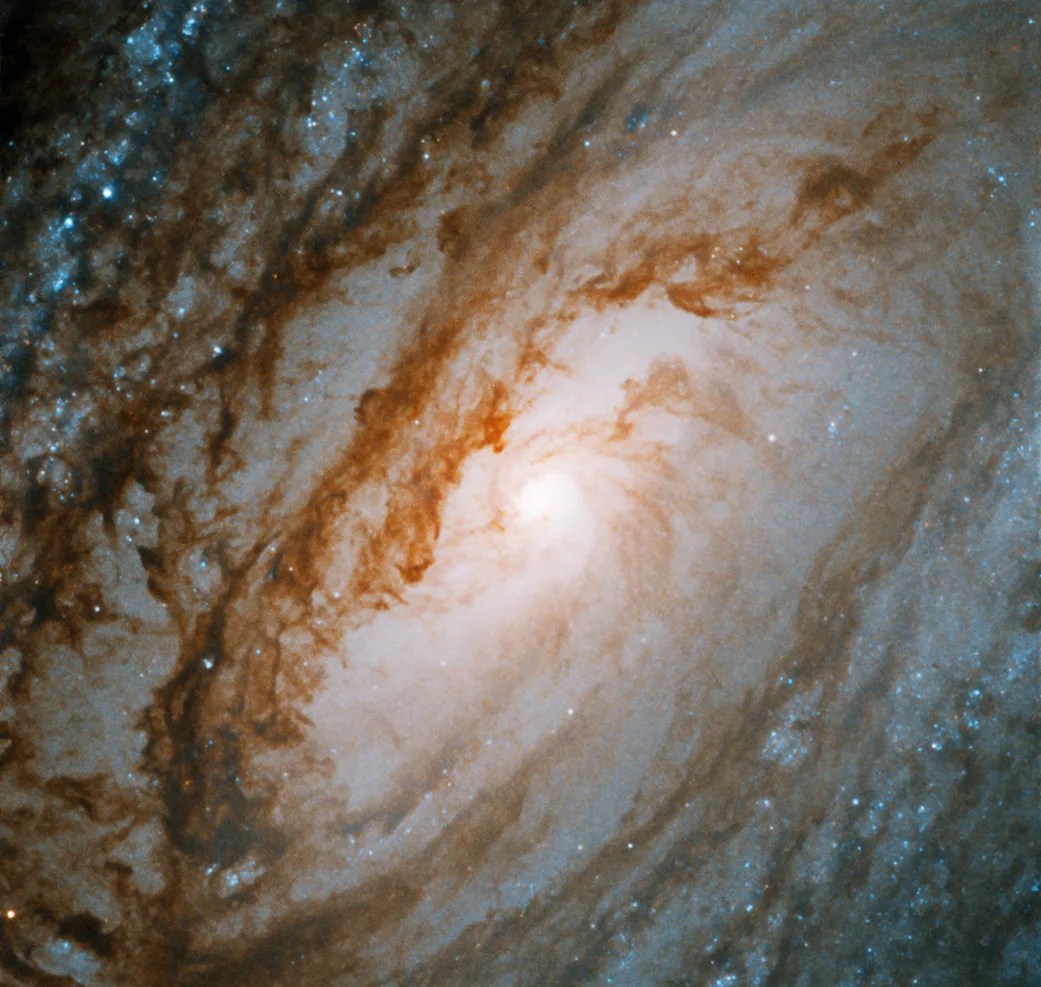
Messier 88
This galaxy's core holds supermassive black hole roughly 100 million times more massive than our Sun.
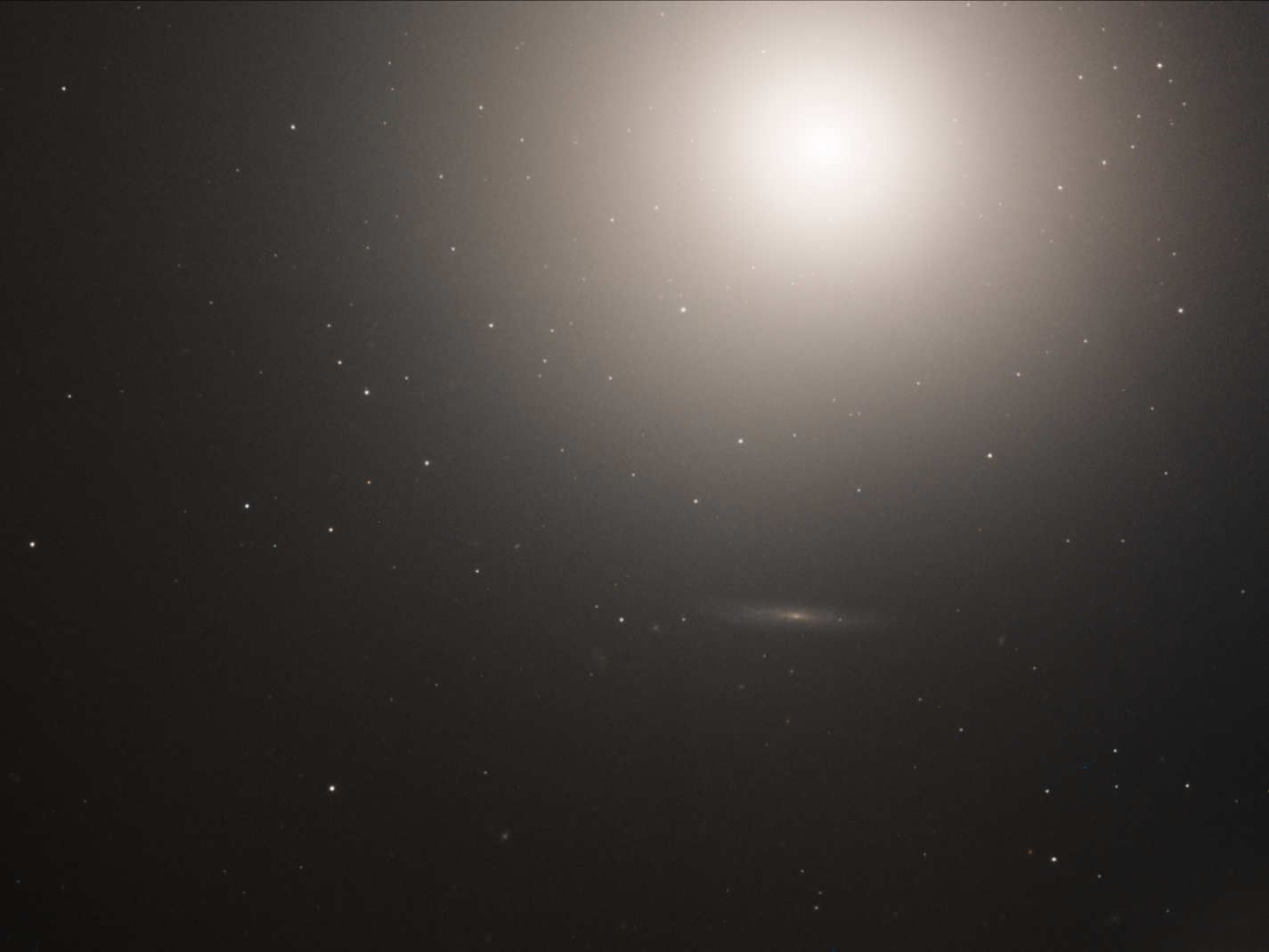
Messier 89
This elliptical galaxy holds approximately 100 billion stars and well over 2,000 globular clusters.
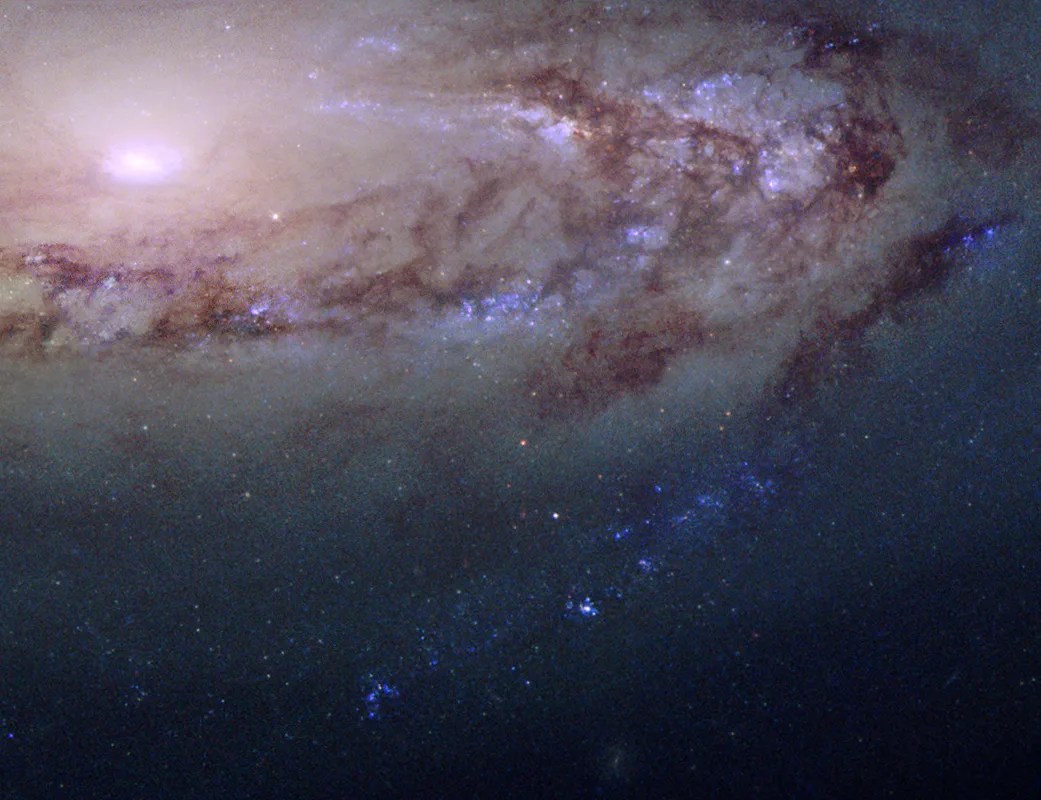
Messier 90
This beautiful spiral is expected to evolve into a lenticular galaxy.
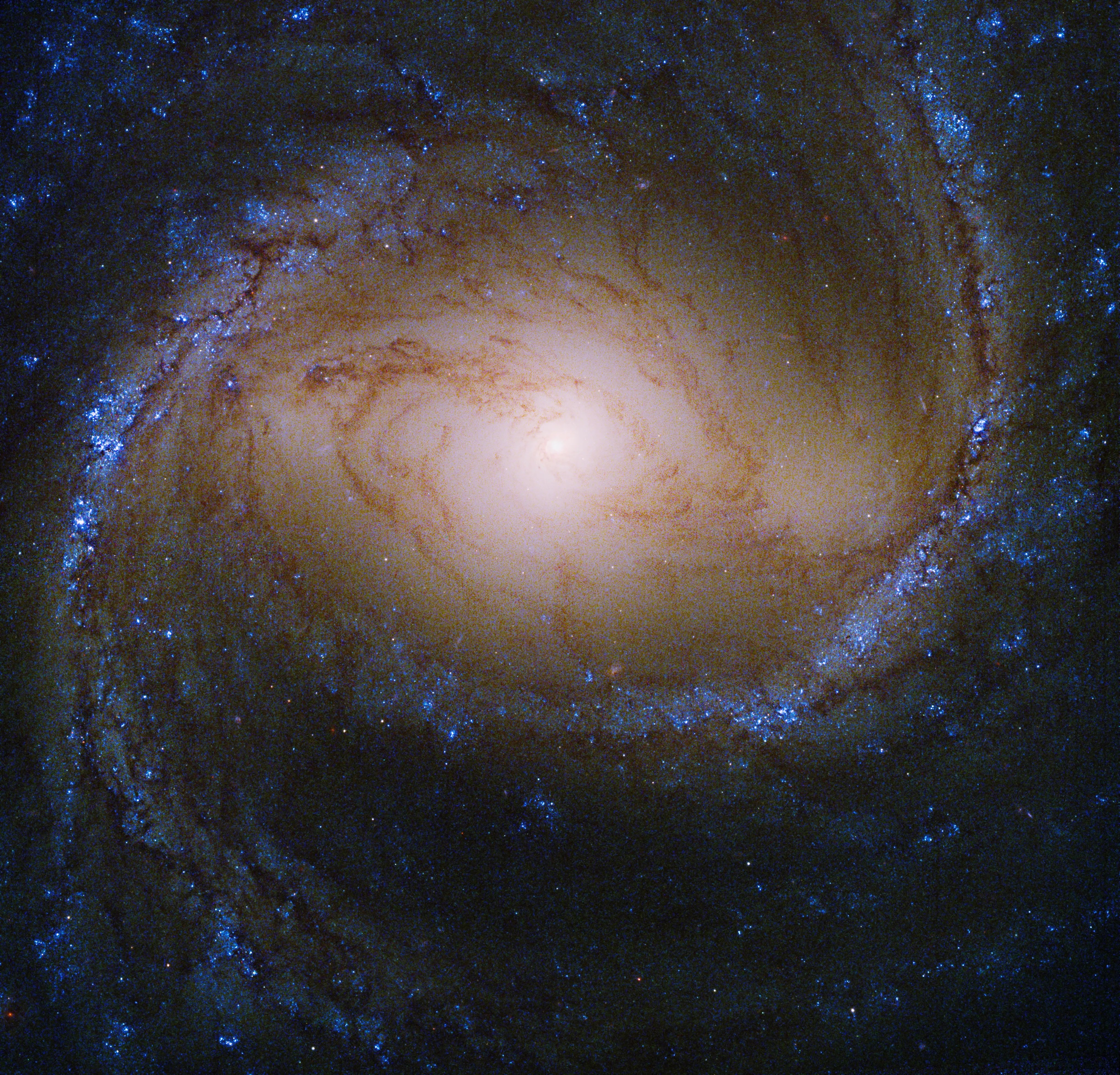
Messier 91
Messier 91 is one of the faintest objects in Messier’s catalog.
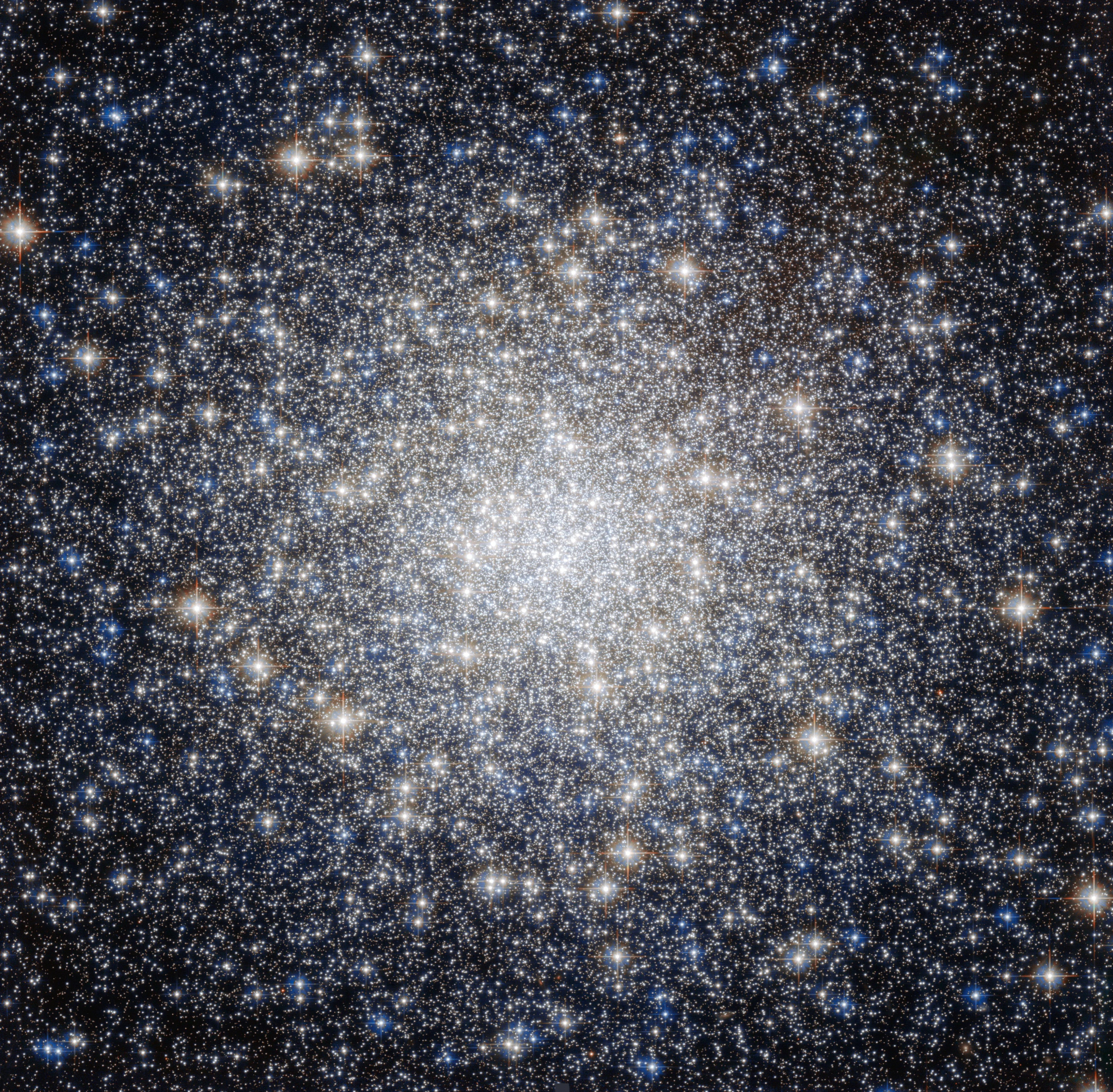
Messier 92
This globular cluster is one of the brightest in the Milky Way.
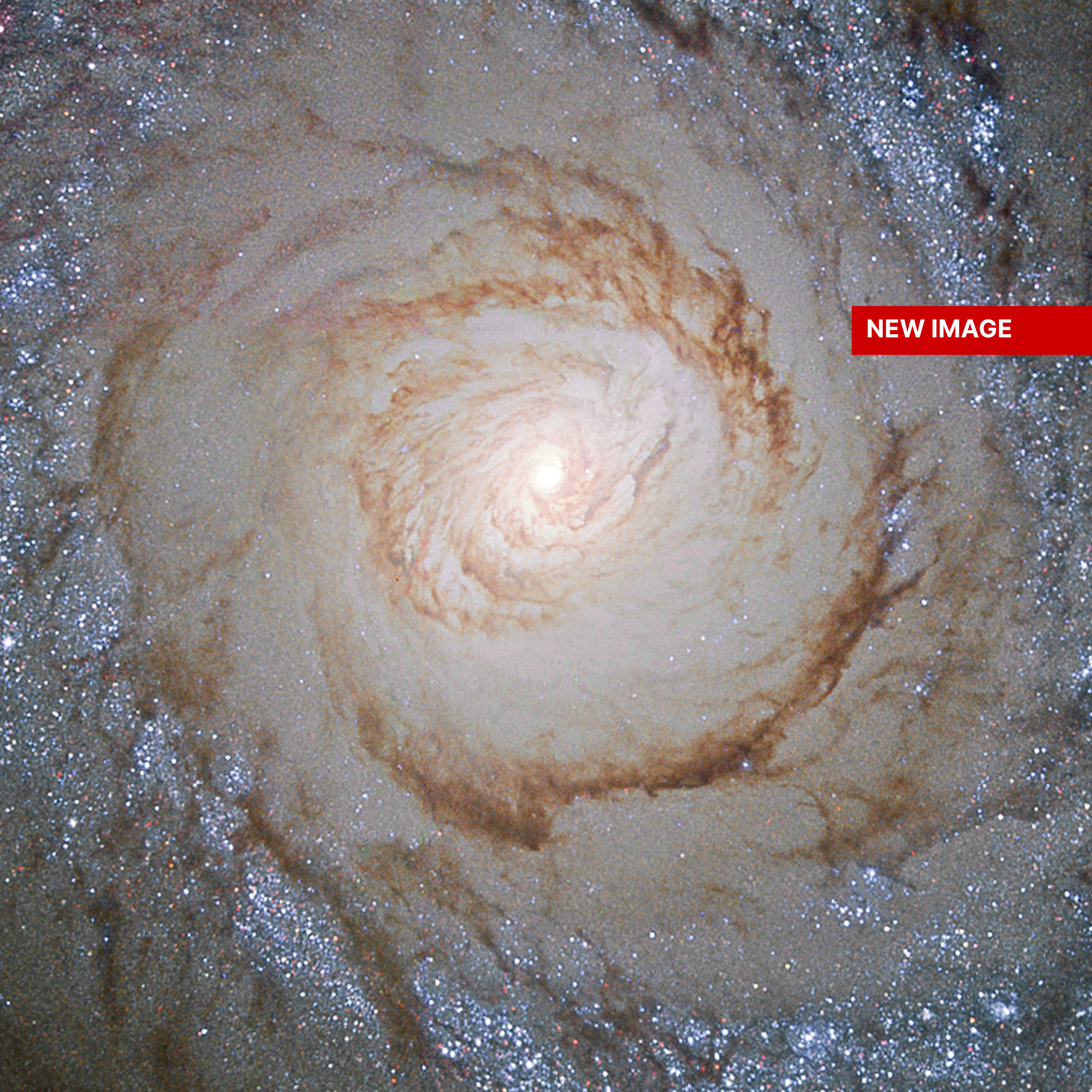
Messier 94
This colorful spiral has two recently discovered faint arms outside of its core region that extend far out into space.
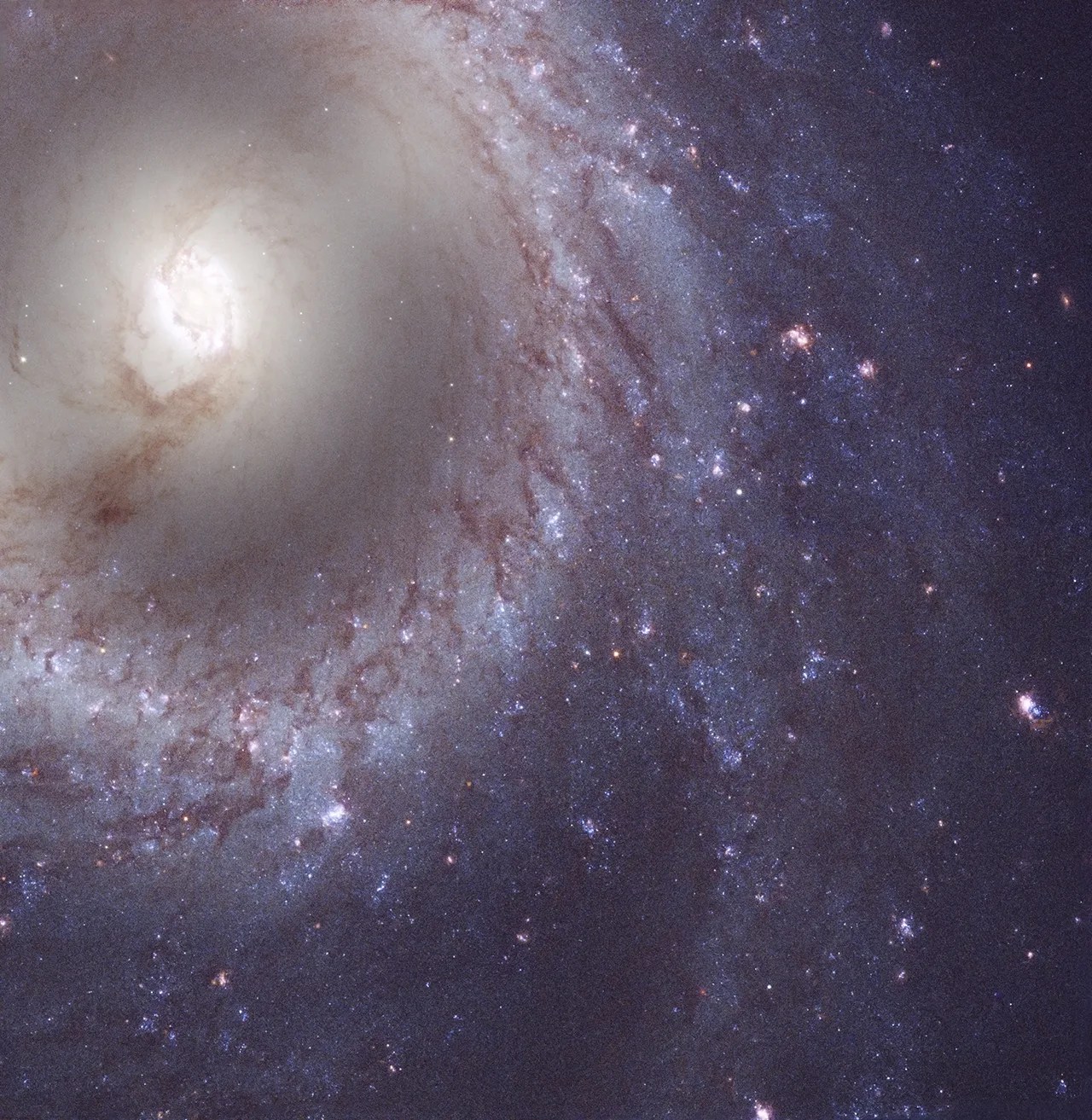
Messier 95
Messier 95 is visible as a hazy smudge on a clear, dark night using a good pair of binoculars.
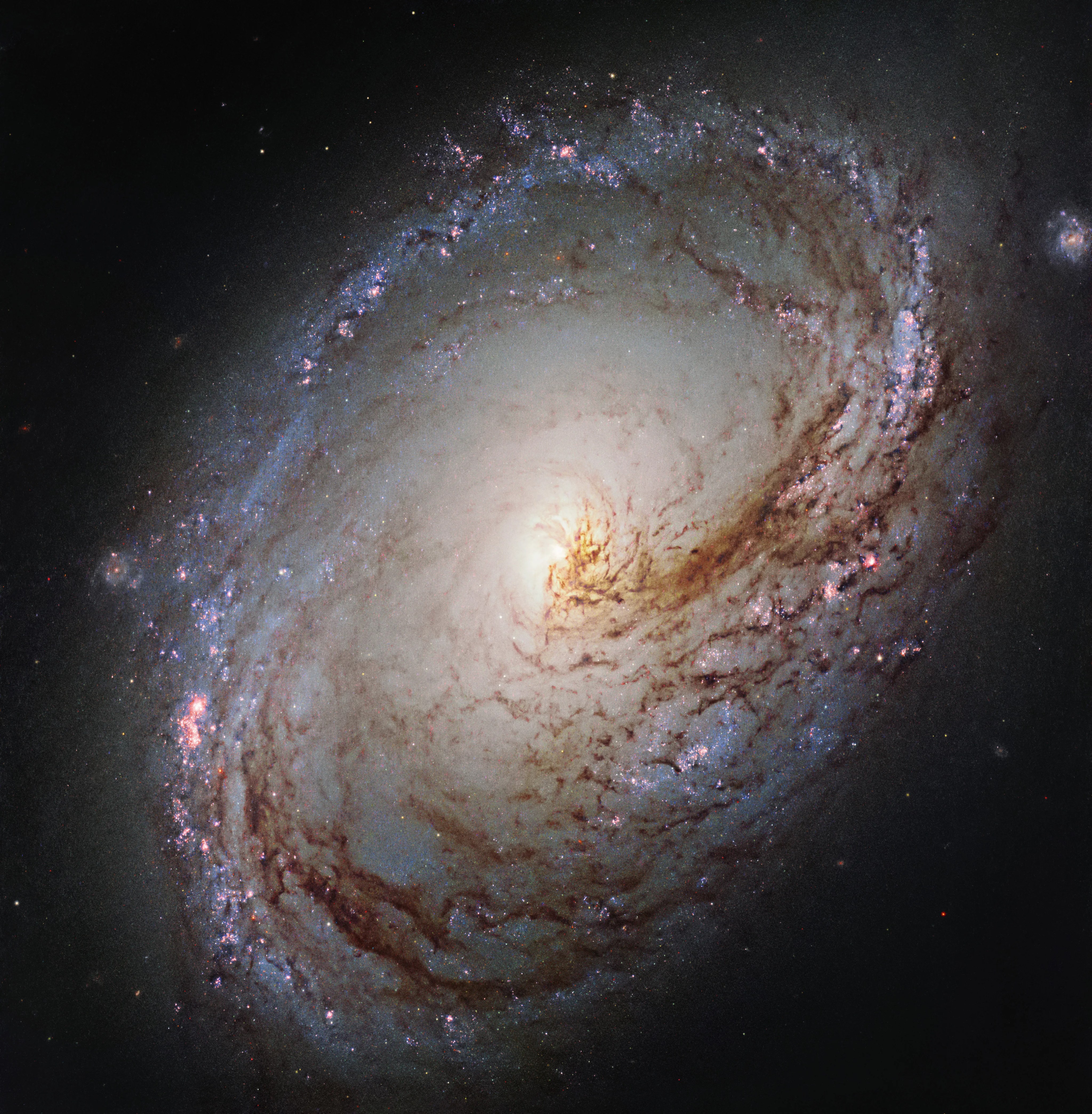
Messier 96
This spiral galaxy is asymmetrical because of the gravitational pull of its neighboring galaxies.
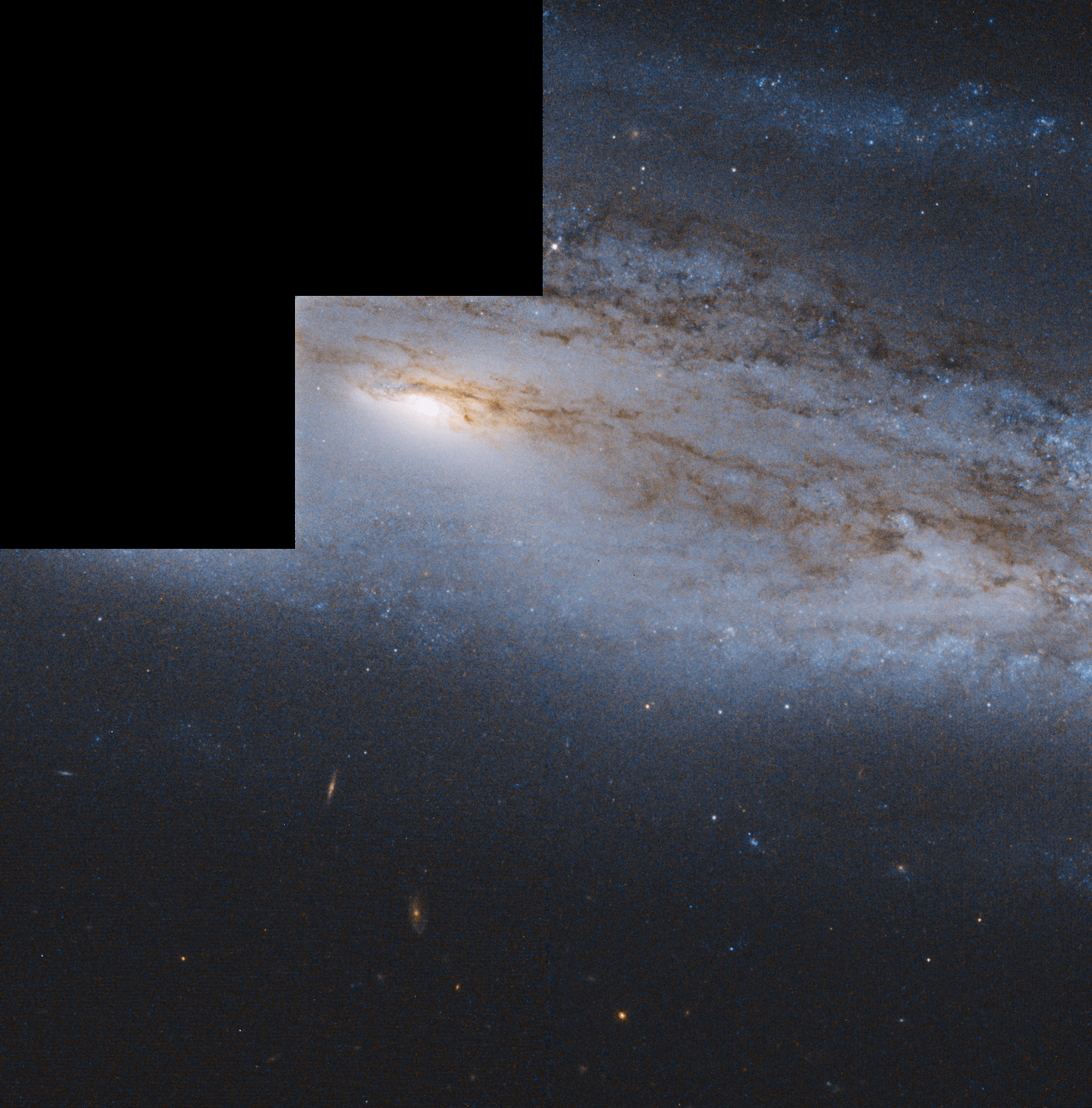
Messier 98
This spiral galaxy holds about a trillion stars and an abundance of neutral hydrogen gas and interstellar dust.
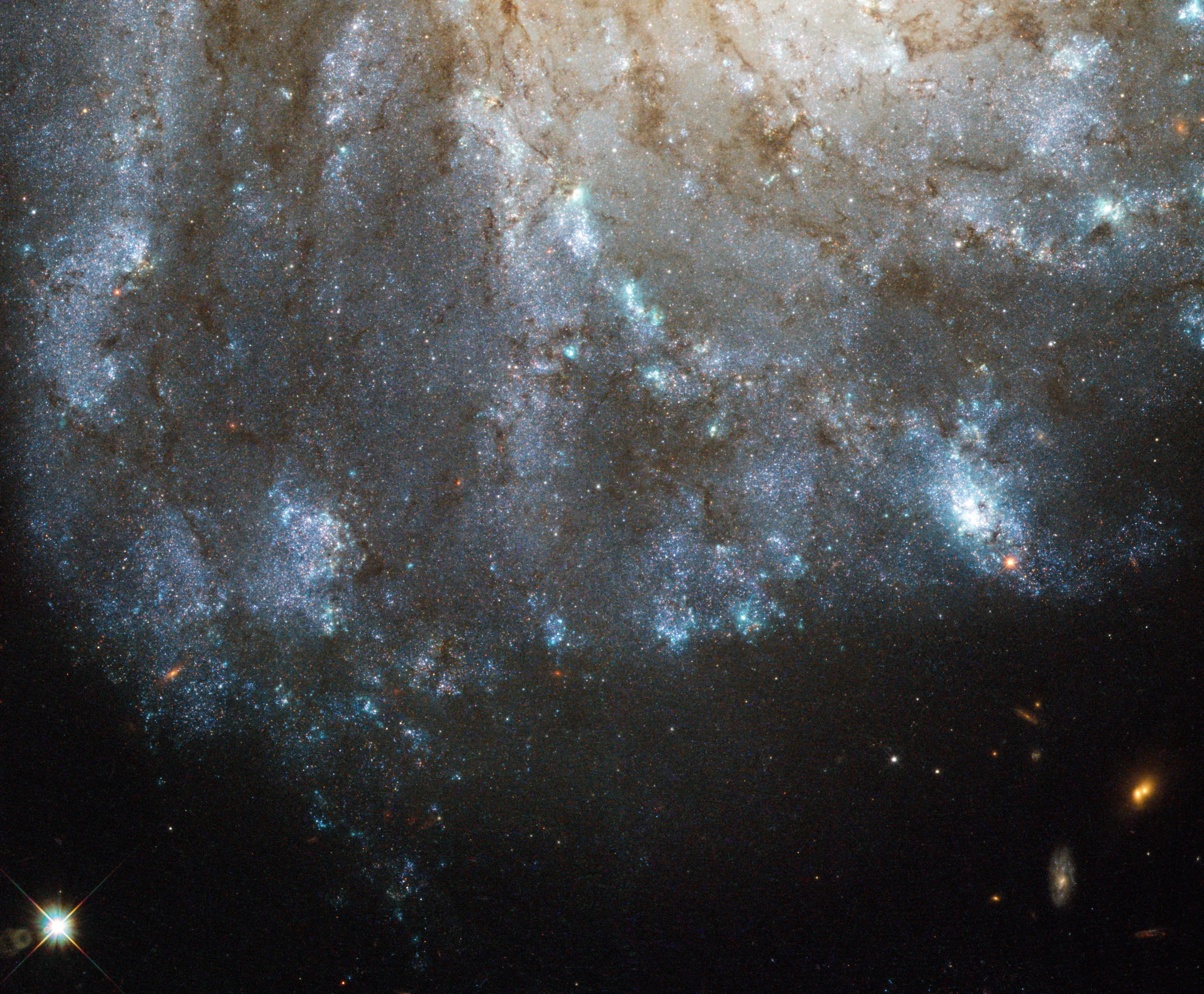
Messier 99
Hubble images provide detailed views of one of this grand spiral's arms.
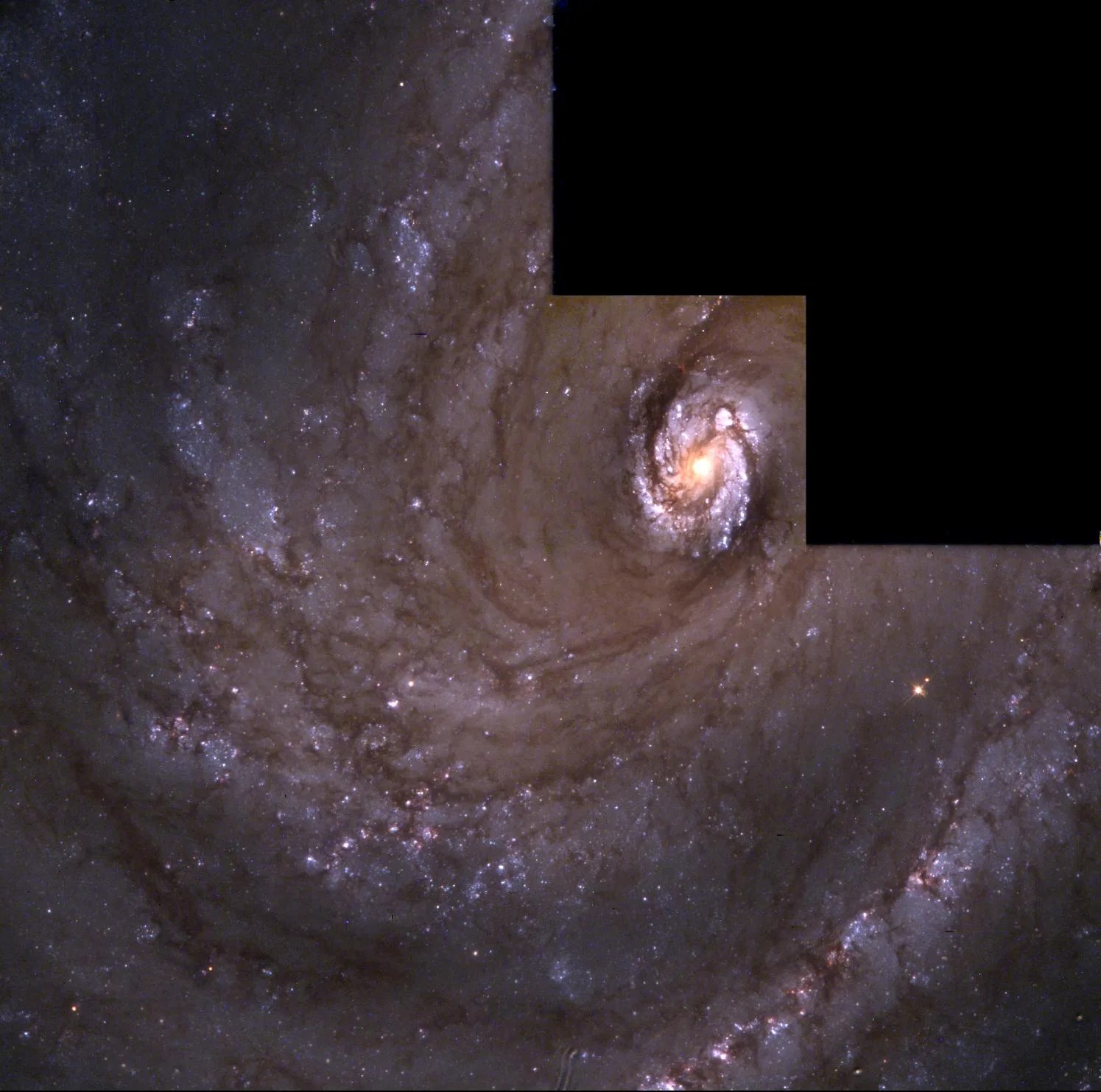
Messier 100
This grand-design spiral galaxy offers a majestic view through larger backyard telescopes.
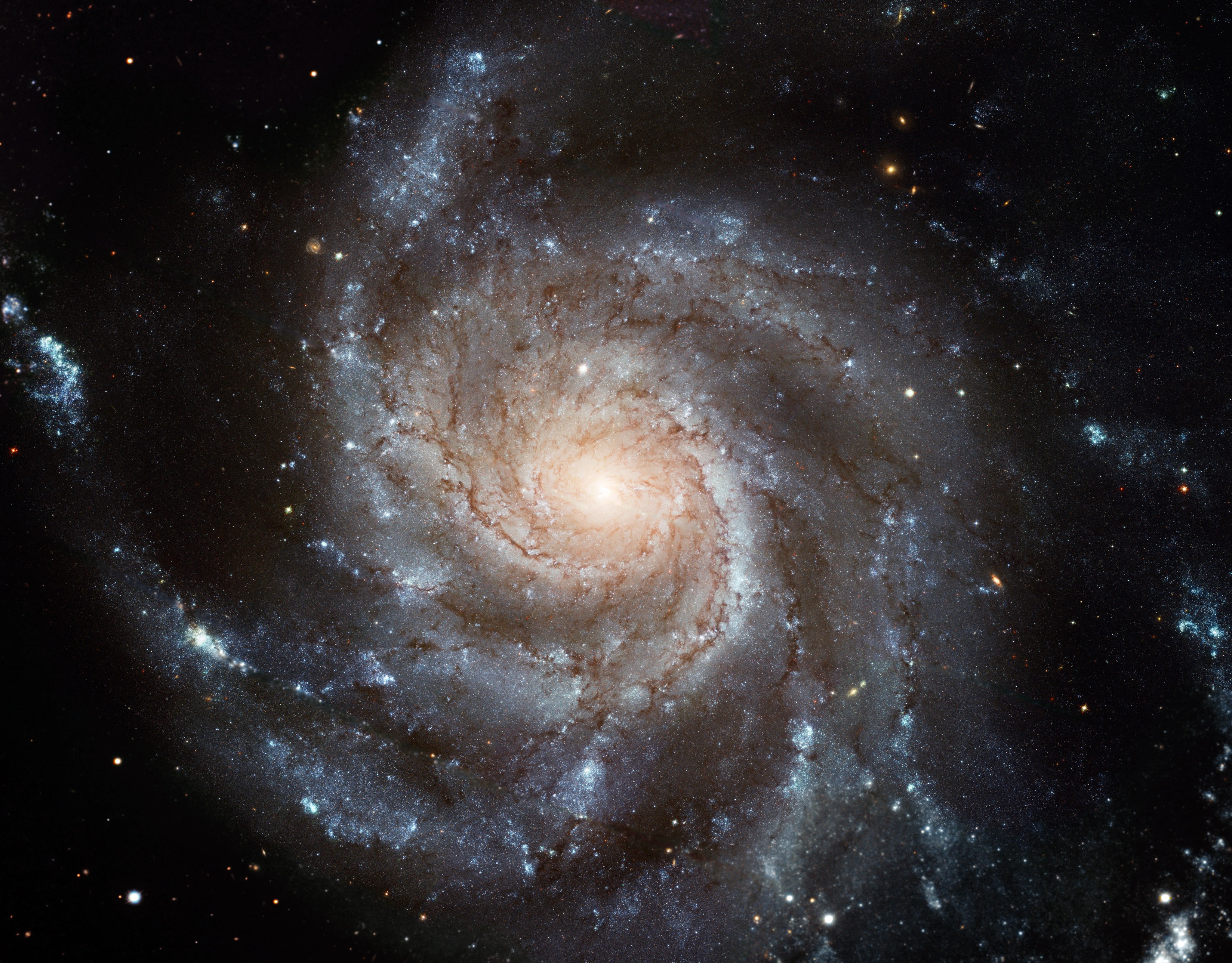
Messier 101 (The Pinwheel Galaxy)
Messier 101 is a classic, face-on, pinwheel spiral galaxy.
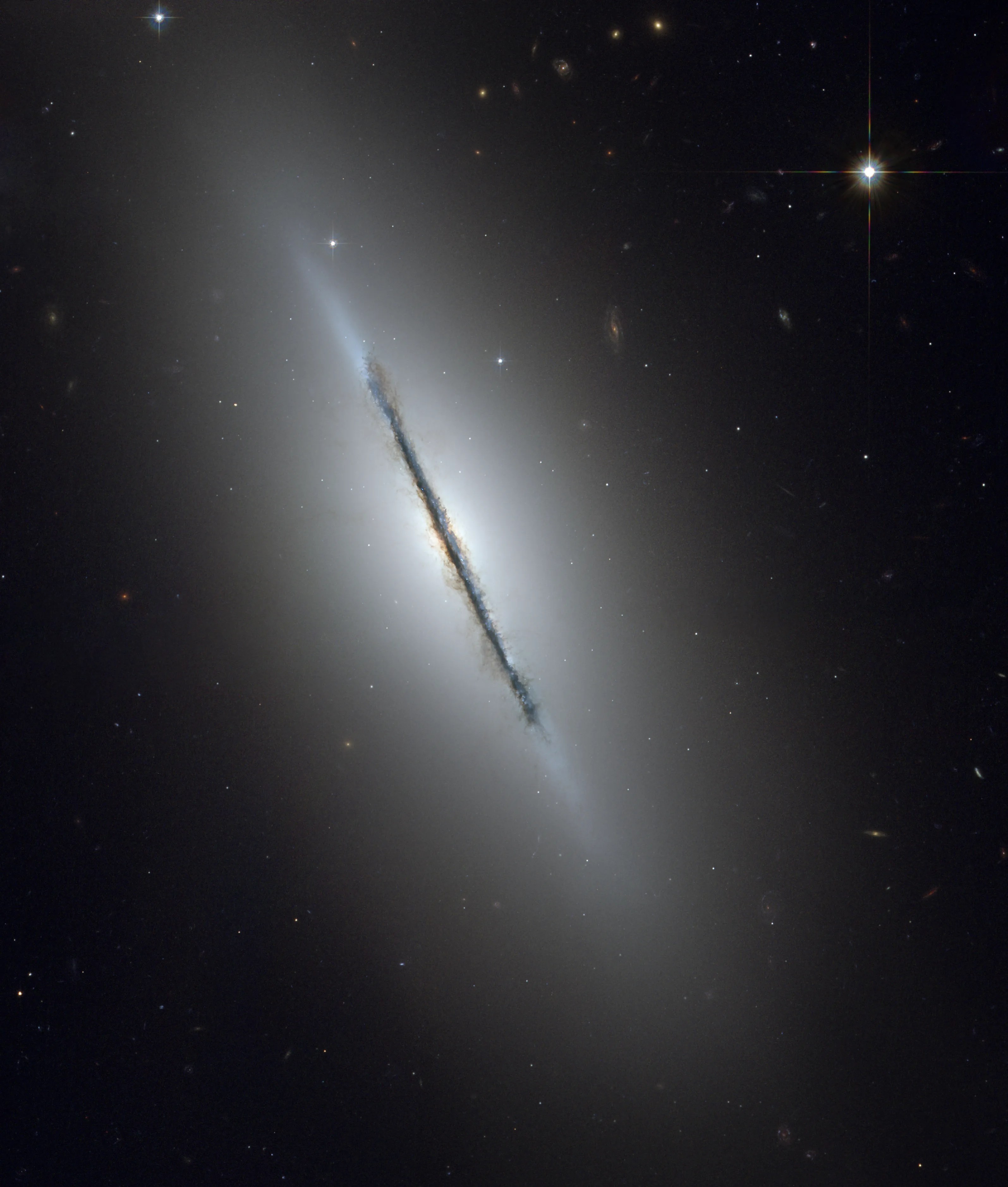
Messier 102 (The Spindle Galaxy)
Hubble's was able to resolve details in the dust lanes of Messier 102.
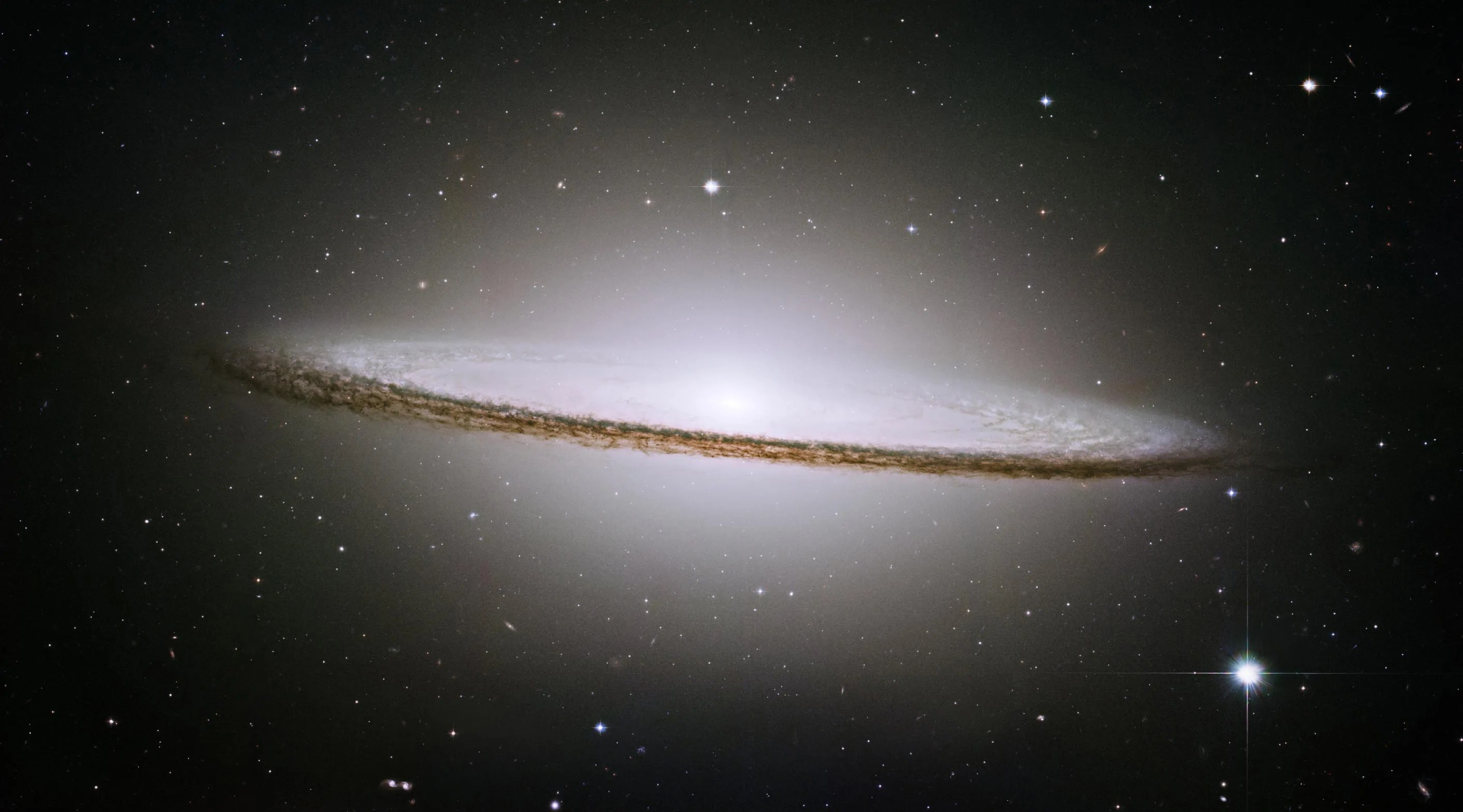
Messier 104 (The Sombrero Galaxy)
Hubble easily resolves some of the Sombrero galaxy’s roughly 2,000 globular clusters.
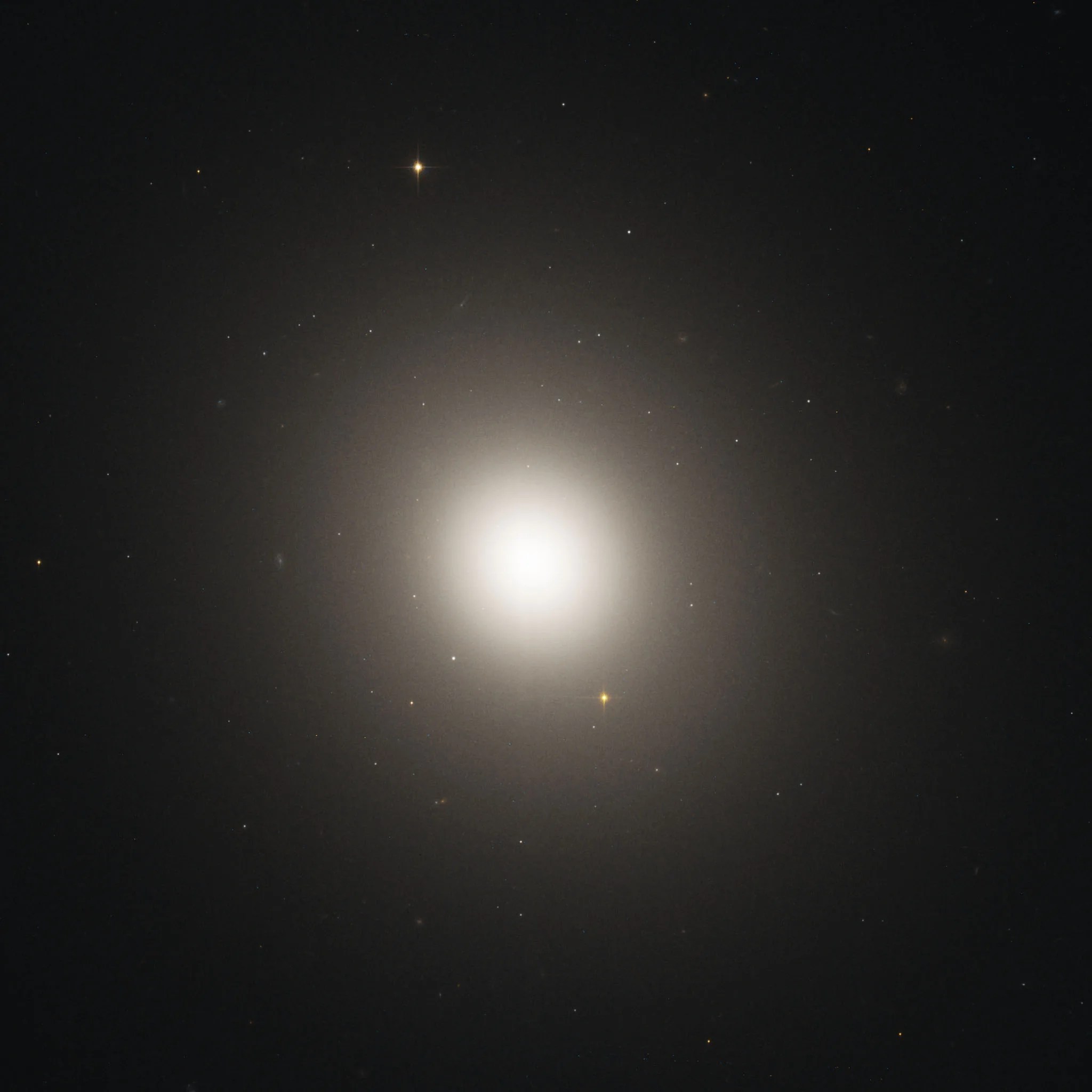
Messier 105
Messier 105 is the largest elliptical galaxy in the Messier catalog.
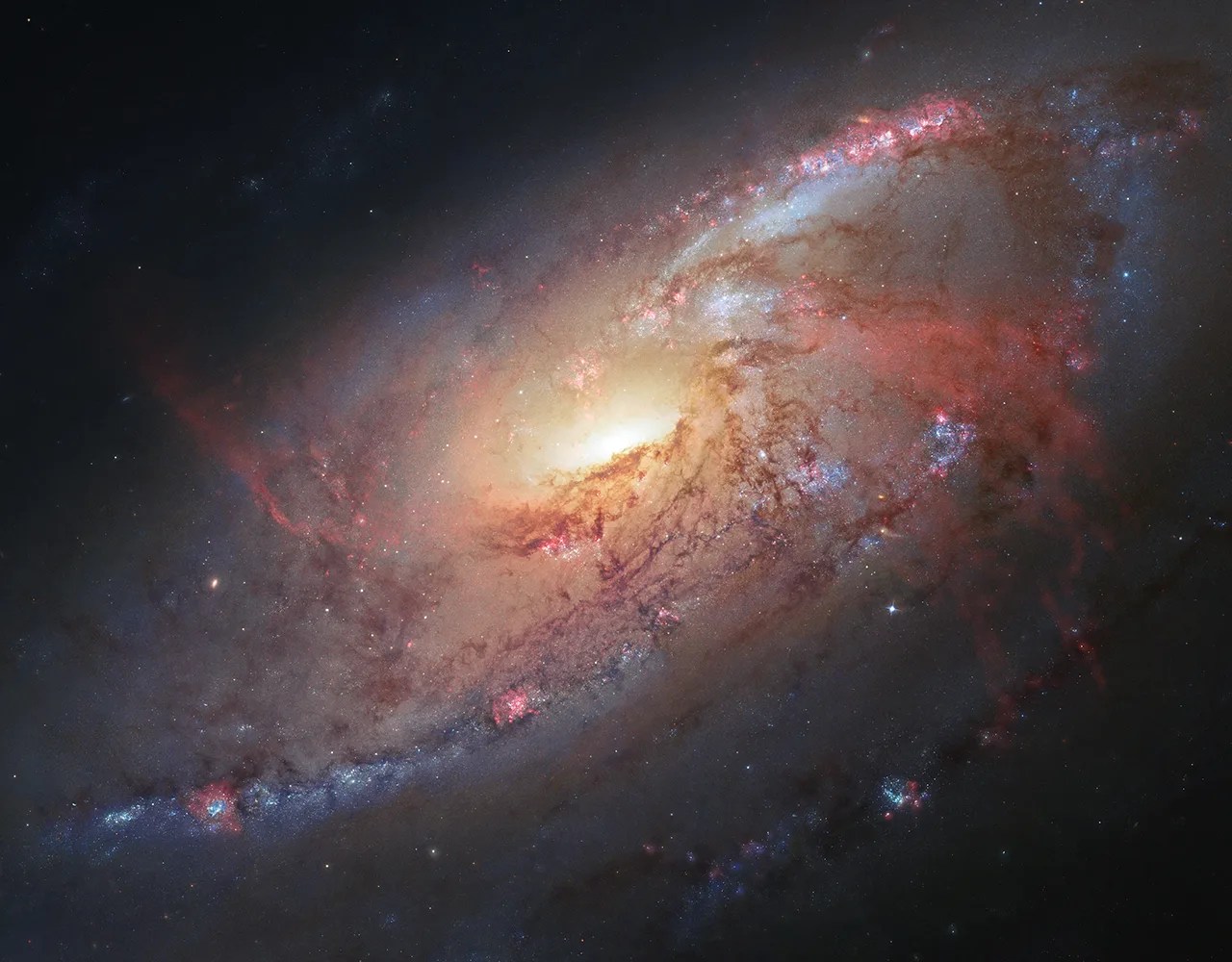
Messier 106
Messier 106 was discovered by Charles Messier’s observing assistant, Pierre Méchain, in 1781.
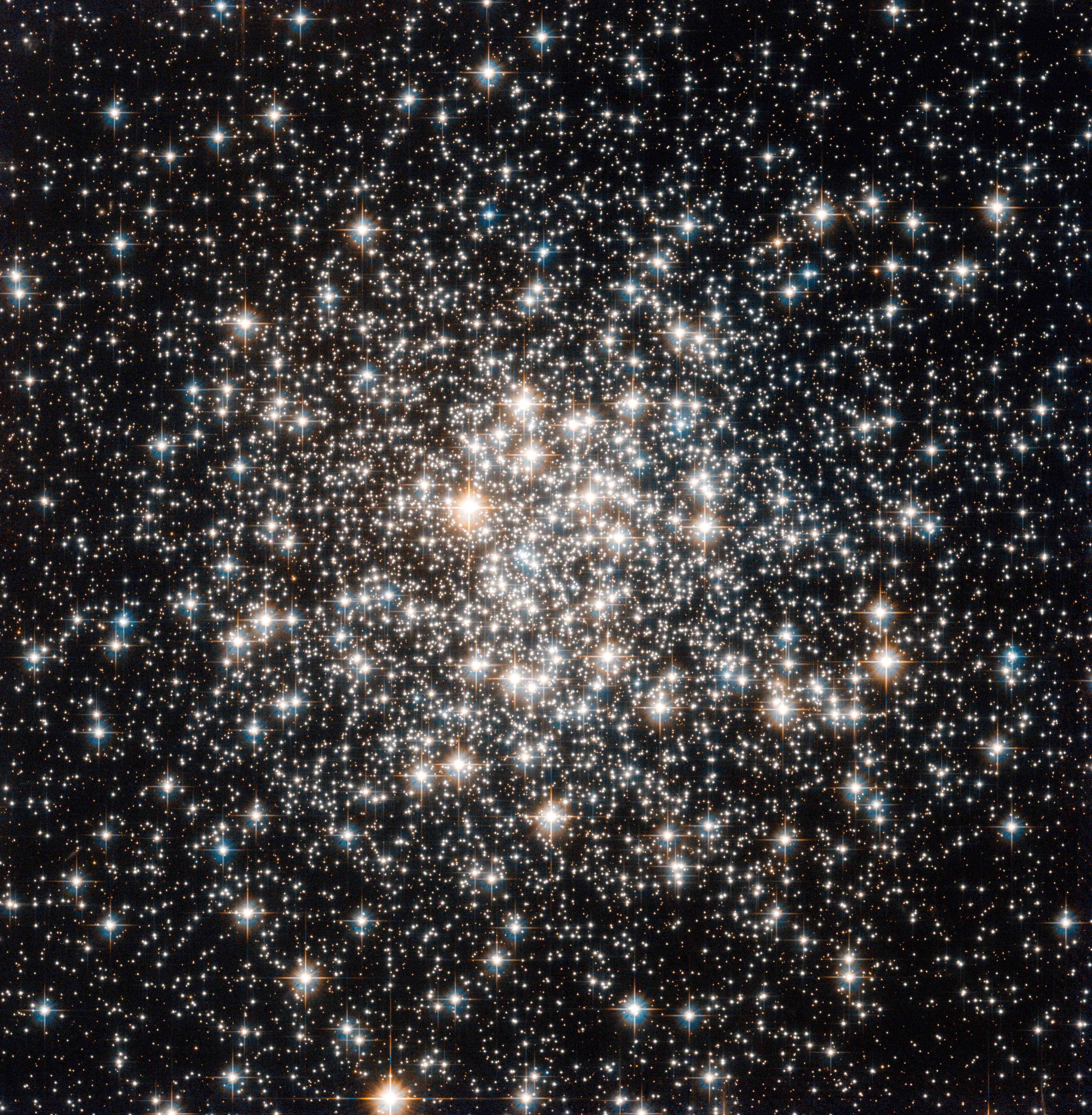
Messier 107
The best time to spot Messier 107 through a small telescope or binoculars is in July.
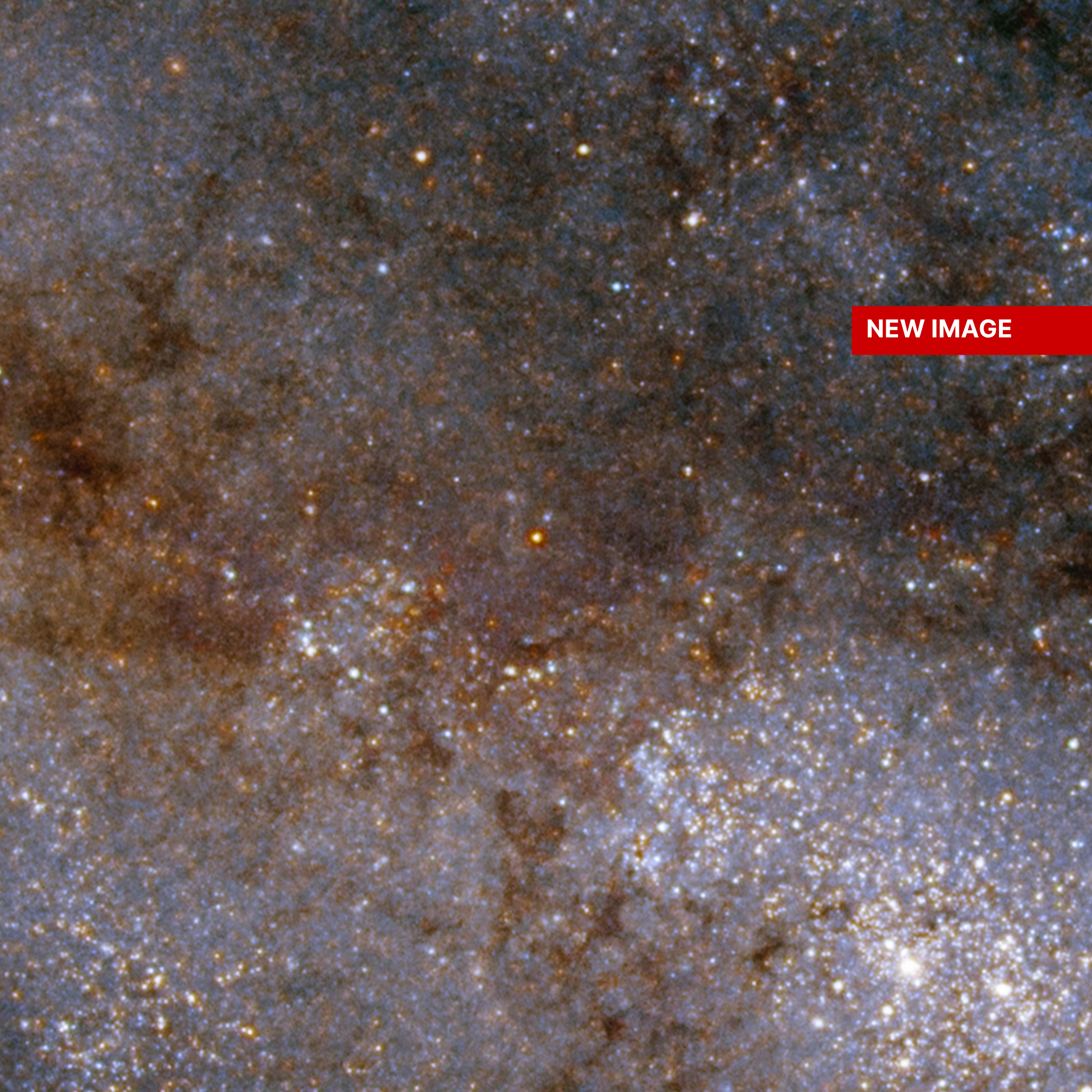
Messier 108
Messier 108 is one of the largest and brightest members of the Ursa Major galaxy cluster, which is part of…
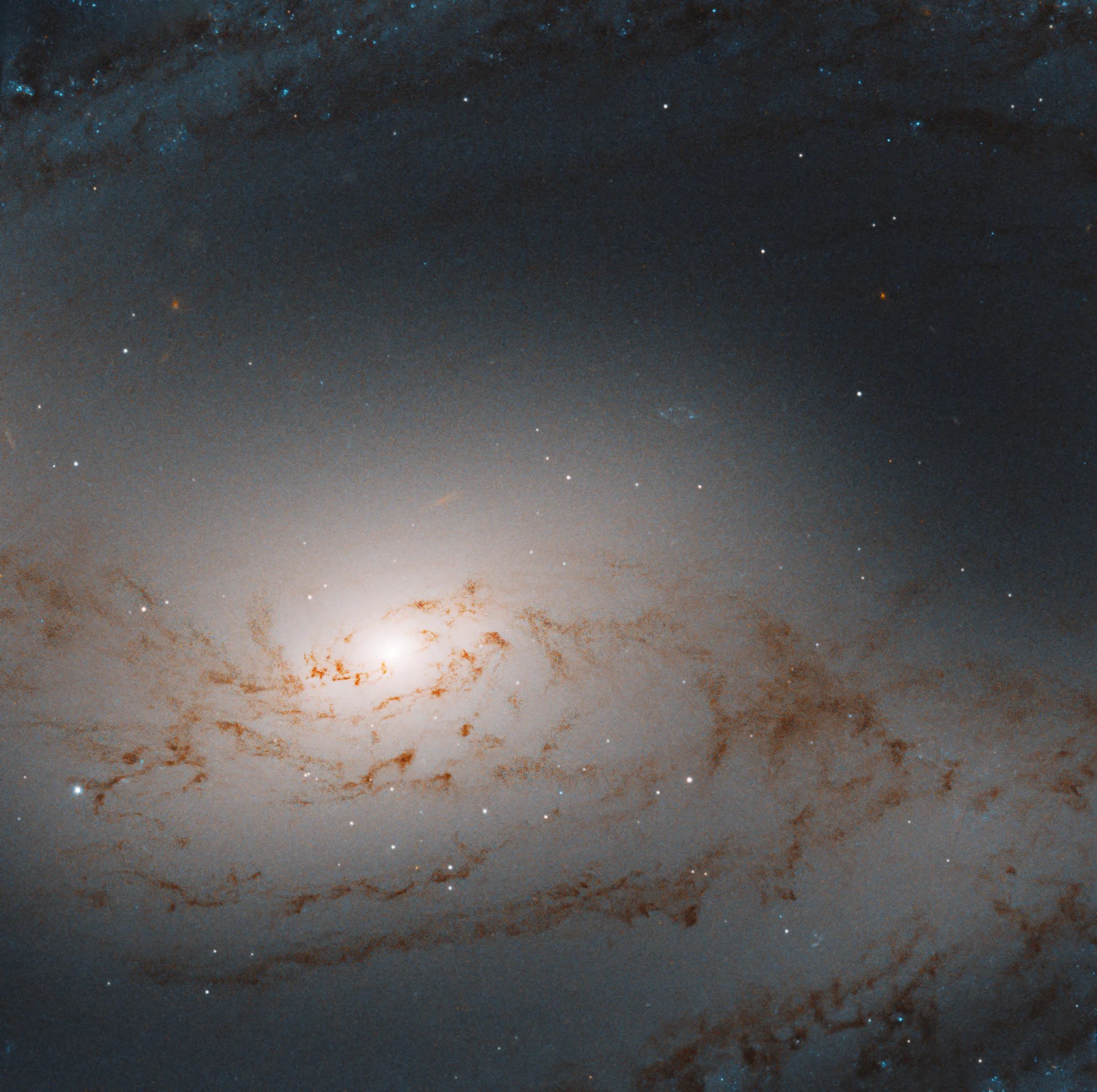
Messier 109
This barred spiral is the brightest member of the Ursa Major Galaxy Group of roughly 80 galaxies.
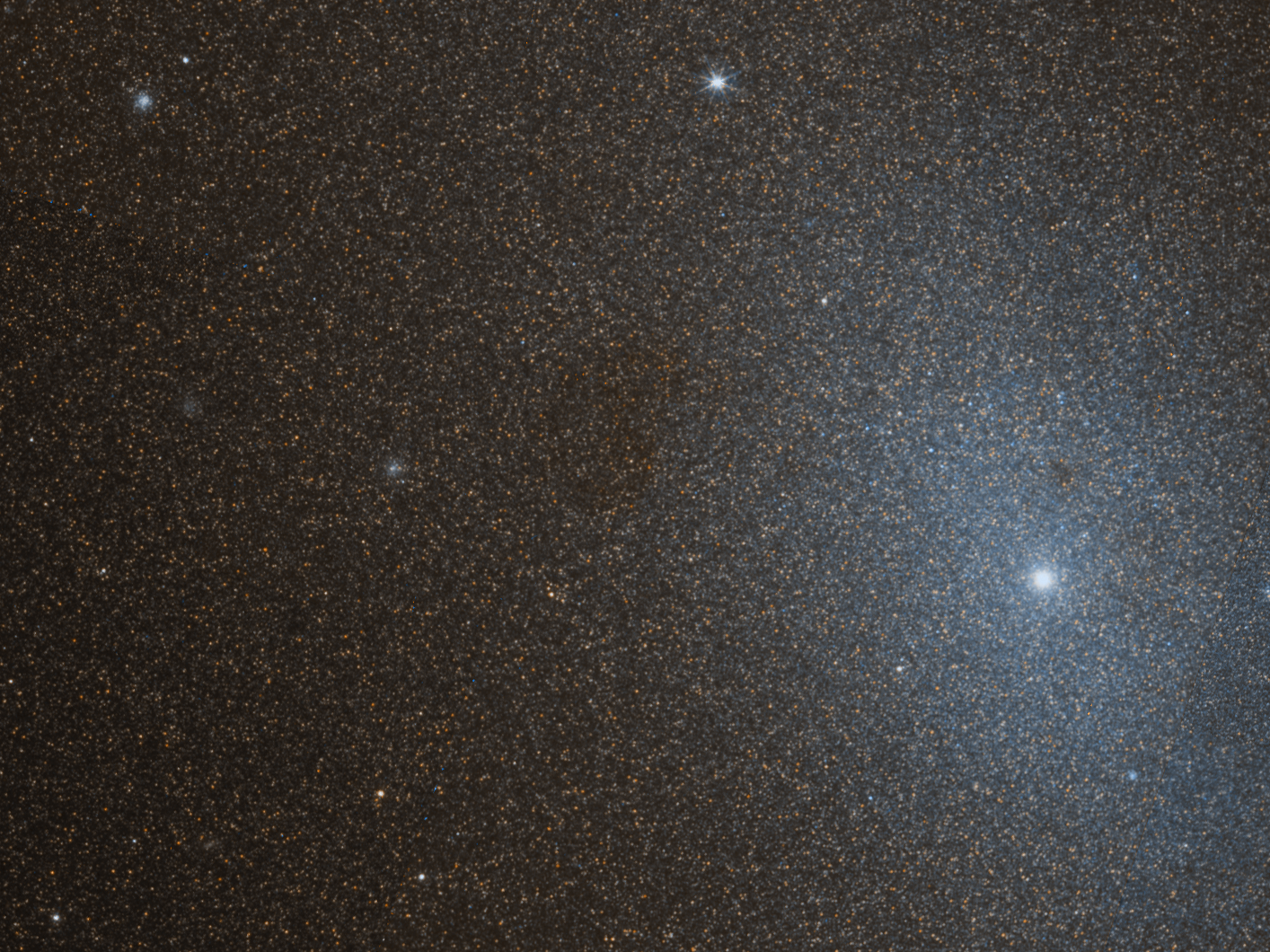
Messier 110
Messier 110 is a satellite galaxy of the Andromeda Galaxy (M31).

